By:chef ssentongo Geoffrey
4 Best Dishes You should Make for dinner
Explore
Here’s a hearty butternut squash soup recipe that you can try:
Hearty Butternut Squash Soup


Ingredients:
- 1 pound bulk Italian sausage
- 1 medium onion, chopped
- 1 medium sweet red pepper, chopped
- 4 garlic cloves, minced
- 1 large butternut squash (about 5 pounds), peeled, seeded, and cut into 1-inch pieces
- 1 package (16 ounces) frozen corn, divided
- 4 cups water
- 1 tablespoon chicken base
- 2 cans (15-1/2 ounces each) great northern beans, rinsed and drained
- 2 cans (14-1/2 ounces each) fire-roasted diced tomatoes, undrained
- 1 teaspoon salt
- 1/4 teaspoon pepper
- Optional: Heavy whipping cream and minced fresh parsley
Instructions:
- In a stockpot, cook the Italian sausage, onion, and red pepper over medium heat for 9-11 minutes or until the sausage is no longer pink and the onion is tender, breaking up the sausage into crumbles.
- Add the minced garlic and cook for an additional 1 minute.
- Remove the sausage mixture with a slotted spoon and set it aside; discard the drippings.
- Add the butternut squash, 1-1/2 cups of corn, water, and chicken base to the same pot; bring to a boil. Reduce the heat and simmer, covered, for 15-20 minutes or until the squash is tender.
- Remove the soup from heat and allow it to cool slightly. Process the soup in batches in a blender until smooth. Return it to the pot.
- Add the great northern beans, fire-roasted diced tomatoes (undrained), salt, pepper, the reserved sausage mixture, and the remaining corn. Heat through.
- If desired, drizzle each serving with heavy whipping cream and sprinkle with minced fresh parsley.
Can you freeze Hearty Butternut Squash Soup? Yes! You can freeze the cooled soup in freezer containers. To use, partially thaw it in the refrigerator overnight, then heat it through in a saucepan, stirring occasionally and adding a little water if necessary.
Nutrition Facts (per 1-1/2 cups):
- Calories: 327
- Fat: 13g (saturated fat: 4g)
- Cholesterol: 29mg
- Sodium: 937mg
- Carbohydrate: 44g (sugars: 8g, fiber: 11g)
- Protein: 13g
Enjoy your delicious and comforting butternut squash soup! 🍲 If you’d like more recipes, feel free to explore other variations like this.
CLASSIC, BEST BEEF STEW
Here are a few classic beef stew recipes that you can try:

- Classic, Hearty Beef Stew:
- This rich and satisfying beef stew is packed with tender beef, lots of vegetables, and fragrant herbs. It’s perfect for cold weather! Here’s how to make it:
- Season 2 pounds of boneless beef round steak, cut into 1-inch cubes, with salt and pepper.
- Toss the beef with 1/4 cup all-purpose flour and 1 tablespoon smoked paprika until evenly coated.
- Heat 1 tablespoon canola oil in a Dutch oven over medium-high heat. Working in batches, sear the beef in the hot oil until well-browned (about 10-11 minutes per batch). Transfer the beef to a plate and leave the drippings in the pot.
- Add 3 cups chopped onion to the drippings; season with salt and pepper. Cook and stir until the onion begins to caramelize (about 10 minutes).
- Stir in 6 cloves minced garlic until fragrant (about 30 seconds).
- Add 4 tablespoons tomato paste and cook until it turns brown and begins to caramelize and stick to the bottom of the pan.
- Pour in 2 cups dry red wine and bring to a boil while scraping the browned bits off the bottom of the pan with a wooden spoon. Cook until the wine is almost evaporated (about 3 minutes).
- Add 1 tablespoon dried thyme, 1 tablespoon dried rosemary, 1 tablespoon herbes de Provence, and 3 bay leaves.
- Stir in 2 cups beef broth and 1 tablespoon Worcestershire sauce; bring to a boil.
- Return the beef to the pot, then remove from heat and cover with the lid.
- Braise the stew in the preheated oven at 350°F (175°C) until the beef is almost tender (about 1 hour 30 minutes).
- Remove from the oven, add 3 cups chopped carrots, 3 cups cubed Yukon Gold potatoes, and more beef broth if needed. Cover the pot and return to the oven to braise until the beef and vegetables are tender (about 30 minutes more).
- Discard the bay leaves and stir in 1 cup fresh peas, 1 1/2 teaspoons chopped fresh rosemary, and 1 teaspoon chopped fresh thyme. Serve hot!
- This rich and satisfying beef stew is packed with tender beef, lots of vegetables, and fragrant herbs. It’s perfect for cold weather! Here’s how to make it:
- Slow Cooker Beef Stew:
- Place beef, potatoes, carrots, onion, and garlic into a 6-qt slow cooker.
- Stir in beef broth, tomato paste, Worcestershire sauce, thyme, rosemary, paprika, caraway seeds, and bay leaves until well combined; season with salt and pepper.
- Cover and cook on low heat for 7-8 hours or high heat for 3-4 hours. Easy and delicious! 😋
- Classic Beef Stew (Oven-Baked):
- Brown beef in batches in oil in an oven-safe Dutch oven; drain.
- Return all meat to the pan and add onions, tomatoes, broth, tapioca, garlic, parsley, salt, pepper, and bay leaf.
- Bring to a boil, then cover and bake at 350°F (177°C) for 1 hour.
- Stir in carrots, potatoes, and celery, and bake, covered, for 1 hour longer or until meat and vegetables are tender.
- A classic and comforting choice!
- Classic Beef Stew (Stovetop):
- Season the beef, then brown it in a Dutch oven or heavy-bottom pot.
- Add onions, celery, carrots, and garlic.
- Next, add umami with tomato paste, and all of your spices.
- Add the beef and stock, and simmer for about an hour and a half.
- Warm, hearty, and perfect for chilly nights!
- Best Ever Beef Stew:
- This cozy beef stew features tender beef, carrots, mushrooms, and potatoes.
- Cook it for 1 hour and 10 minutes, and you’ll have a comforting meal for those chilly evenings!
Feel free to choose the recipe that suits your taste and cooking style.

HAVEST SALAD WITH CHERRY VINAIGRETTE
Here are two delicious recipes for salads with cherry vinaigrette that you can try:

- Harvest Salad with Cherry Vinaigrette:
- This salad combines mixed greens, fresh beets, apples, carrots, tomatoes, chickpeas, walnuts, and bacon, all drizzled with a delightful cherry vinaigrette. It’s both satisfying and gorgeous to serve for special occasions.
- Ingredients:
- 3 medium fresh beets (about 1 pound)
- 5 ounces spring mix salad greens
- 2 medium apples, thinly sliced
- 1 medium carrot, shredded
- 1/2 cup grape tomatoes, halved
- 1/2 cup yellow grape tomatoes or pear tomatoes, halved
- 1/2 cup chickpeas, rinsed and drained
- 1/2 cup coarsely chopped walnuts, toasted
- 4 thick-sliced bacon strips, cooked and crumbled
- Cherry Vinaigrette:
- 1/2 cup tart cherry preserves
- 3 tablespoons olive oil
- 2 tablespoons red wine vinegar
- 2 teaspoons Dijon mustard
- 1 garlic clove, minced
- 1/4 teaspoon salt
- 1/8 teaspoon pepper
- Instructions:
- Preheat the oven to 400°F. Scrub the beets, trim the tops to 1 inch, and wrap them in foil. Bake for 50-60 minutes or until tender. Cool completely, peel, and cut into 1/2-inch pieces.
- In a large bowl, combine the salad greens, apples, carrot, tomatoes, chickpeas, walnuts, bacon, and cooled beets.
- In a small bowl, whisk together the cherry vinaigrette ingredients until blended.
- Serve the salad with the cherry vinaigrette drizzled over the top.
- Nutrition Facts (per 1 cup salad with about 1 tablespoon vinaigrette):
- Calories: 181
- Fat: 10g (saturated fat: 2g)
- Cholesterol: 4mg
- Sodium: 229mg
- Carbohydrate: 21g (sugars: 15g, fiber: 3g)
- Protein: 4g
- You can find the full recipe on mr delicious recipe pages.
- Balsamic Cherry Vinaigrette:
- If you’re looking for a simpler dressing, try this balsamic cherry vinaigrette. It’s made with fresh pitted cherries, avocado oil (or another neutral-flavored oil), white balsamic vinegar (or substitute apple cider vinegar), and a pinch of sea salt. Just blend these ingredients together, and you’ll have a burst of fruity freshness to elevate your summer salads.
- Ingredients:
- 1 cup fresh pitted cherries (packed)
- 1/3 cup avocado oil (or another neutral-flavored oil)
- 3 tablespoons white balsamic (or sub apple cider vinegar)
- A pinch of sea salt
- Instructions:
- Put the ingredients into your blender and blend on high until smooth.
- Keeps well for 5-6 days in your fridge.
- Each tablespoon of this vinaigrette contains approximately 48 calories.
- You can find the full recipe on The Endless Meal’s website
- http://www.chefsideacafe.food.blog
Feel free to choose the one that appeals to your taste buds, and enjoy your flavorful salads!
ITAIAN MEAT BALL
Italian meatballs are a classic comfort food that can be enjoyed in various ways.

- Classic Italian Meatballs:
- These soft and tender meatballs are made with ground beef, egg, bread crumbs, Parmesan cheese, minced garlic, chopped parsley, salt, and pepper. They are cooked in a flavorful tomato sauce and can be served as a main dish or over a bowl of al dente pasta. Don’t forget to sprinkle some Parmesan cheese on top!
- Ingredients:
- 1 pound ground beef (80% lean)
- 1 egg
- 1/2 cup bread crumbs
- 1/4 cup grated Parmesan cheese
- 2 cloves minced garlic
- 2 tablespoons chopped parsley
- Salt and pepper, to taste
- Olive oil
- Tomato puree/passata or canned peeled tomatoes
- Fresh basil and oregano
- Water
- Instructions:
- In a large bowl, mix together the ground beef, egg, bread crumbs, Parmesan cheese, minced garlic, chopped parsley, salt, and pepper.
- Slowly add milk until you have a soft, compact mixture.
- Form the mixture into small balls.
- In a large pan, add olive oil, garlic, tomato puree/passata or peeled tomatoes, salt, fresh basil, oregano, and water. Mix to combine.
- Add the meatballs and gently mix to coat them in the sauce.
- Cover the pan and cook for about 20 minutes, then uncover and continue cooking for another 15 minutes or until the meatballs are cooked through and the sauce has thickened.
- Serve as desired!
- Italian Meatballs with Grated Onion:
- These extra soft and juicy meatballs are made with grated onion (no need to sauté onion separately). They are served with a rich tomato sauce made in the same pan for extra flavor.
- Ingredients:
- 1 pound ground beef
- 1/2 cup bread crumbs
- 1/2 cup grated onion
- 1 egg
- Salt and pepper, to taste
- Olive oil
- Tomato sauce
- Instructions:
- Mix together the ground beef, bread crumbs, grated onion, egg, salt, and pepper.
- Form the mixture into meatballs.
- In the same pan, make a rich tomato sauce using the meatball drippings.
- Add the meatballs to the sauce and simmer until cooked through.
- Serve with your favorite pasta or as desired!
- You can find the full recipe
Here are a couple of delicious Italian meatball recipes for you to try:



Enjoy your flavorful Italian meatballs!
Feel free to ask your question, in the comment section.














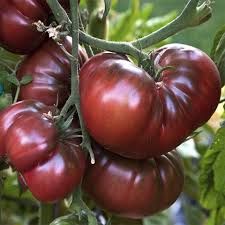
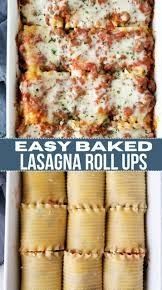



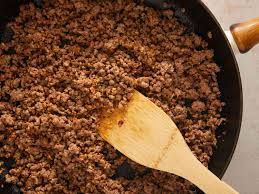


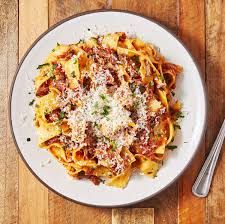
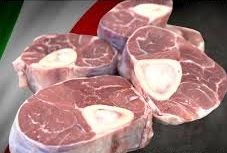
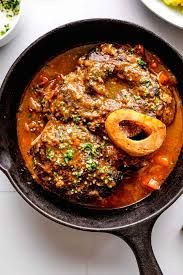
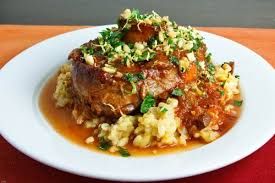
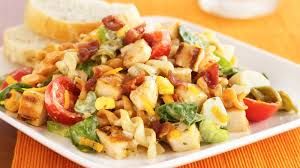
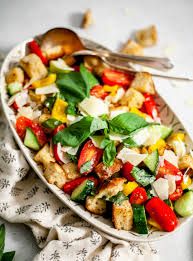
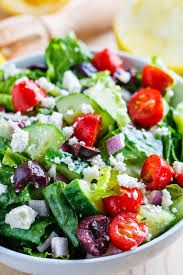
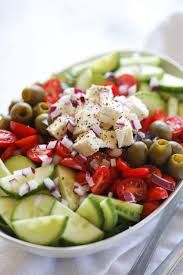
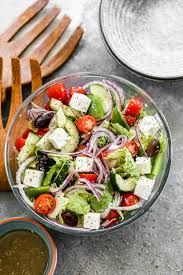


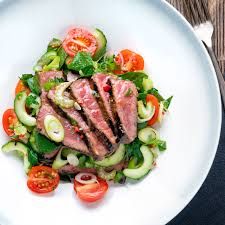
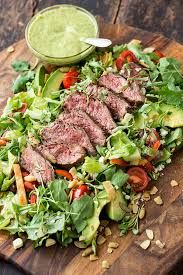
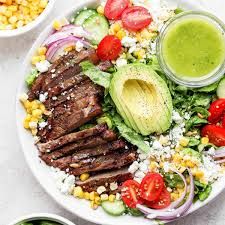

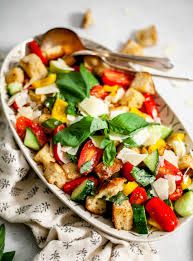


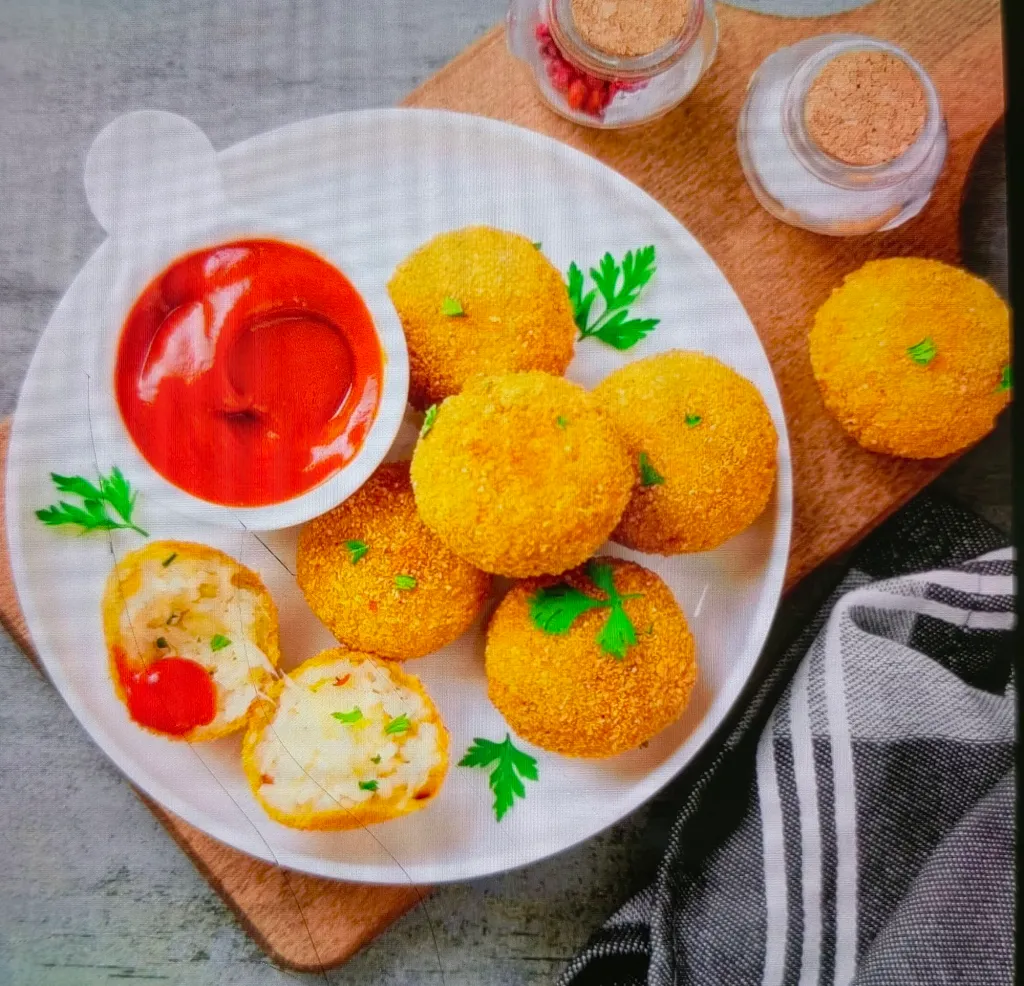
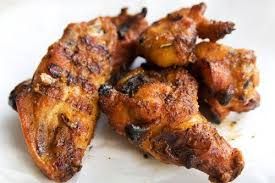
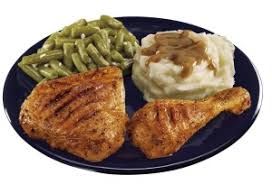
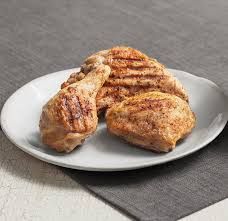
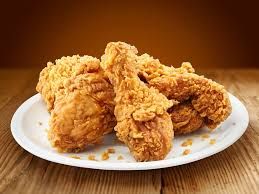
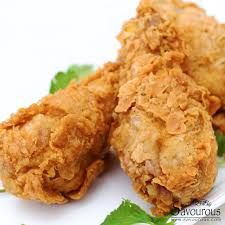
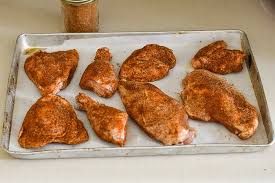

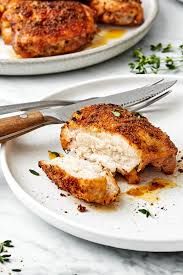
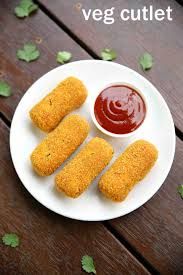
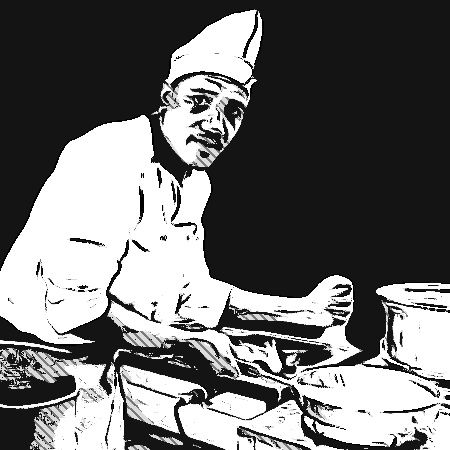
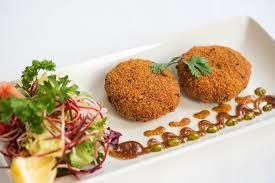

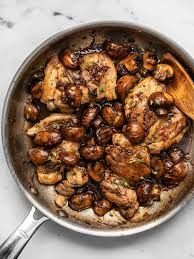
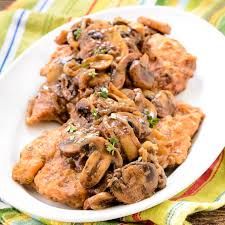
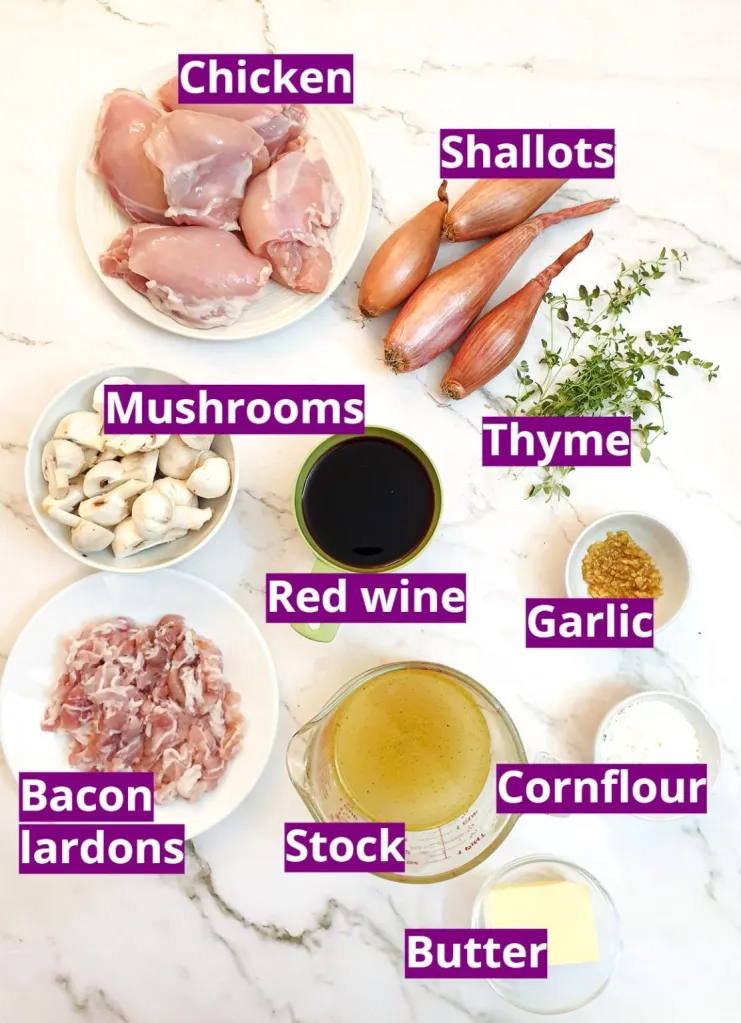
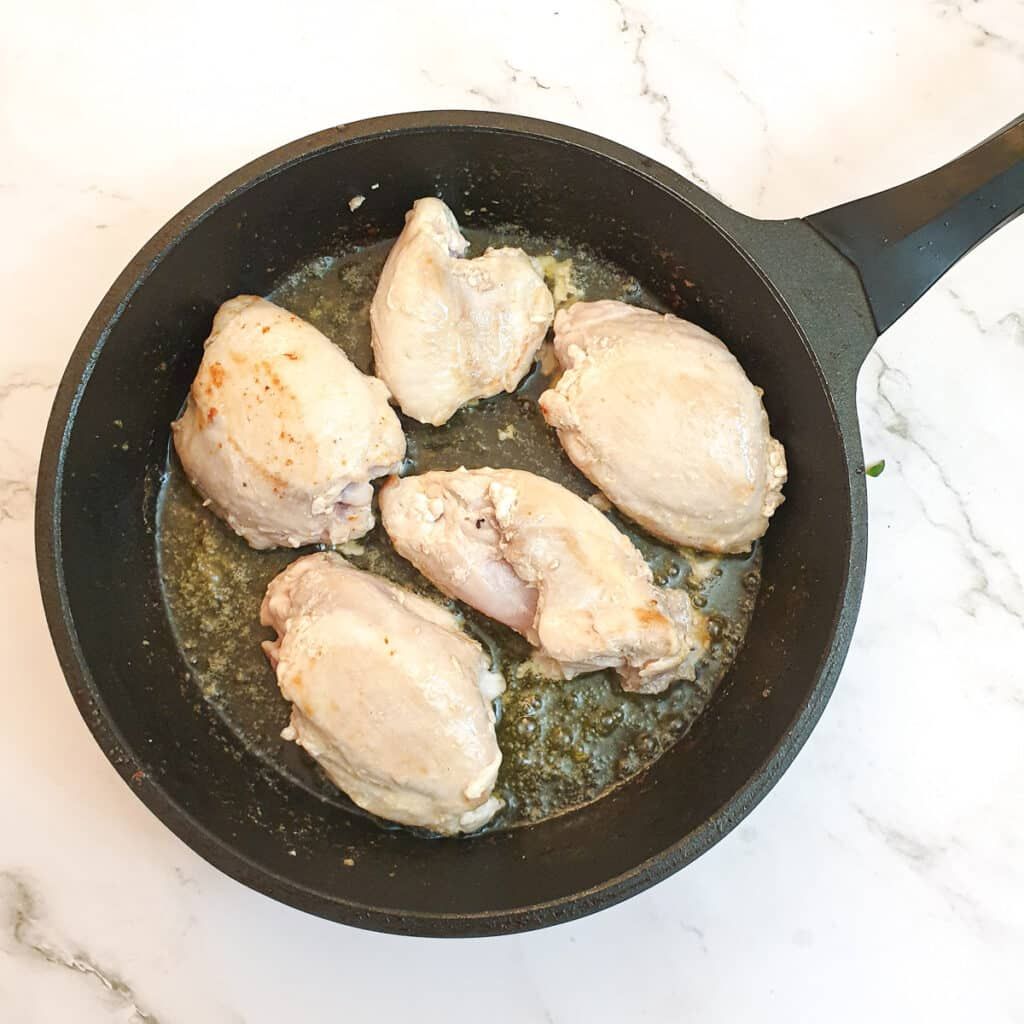
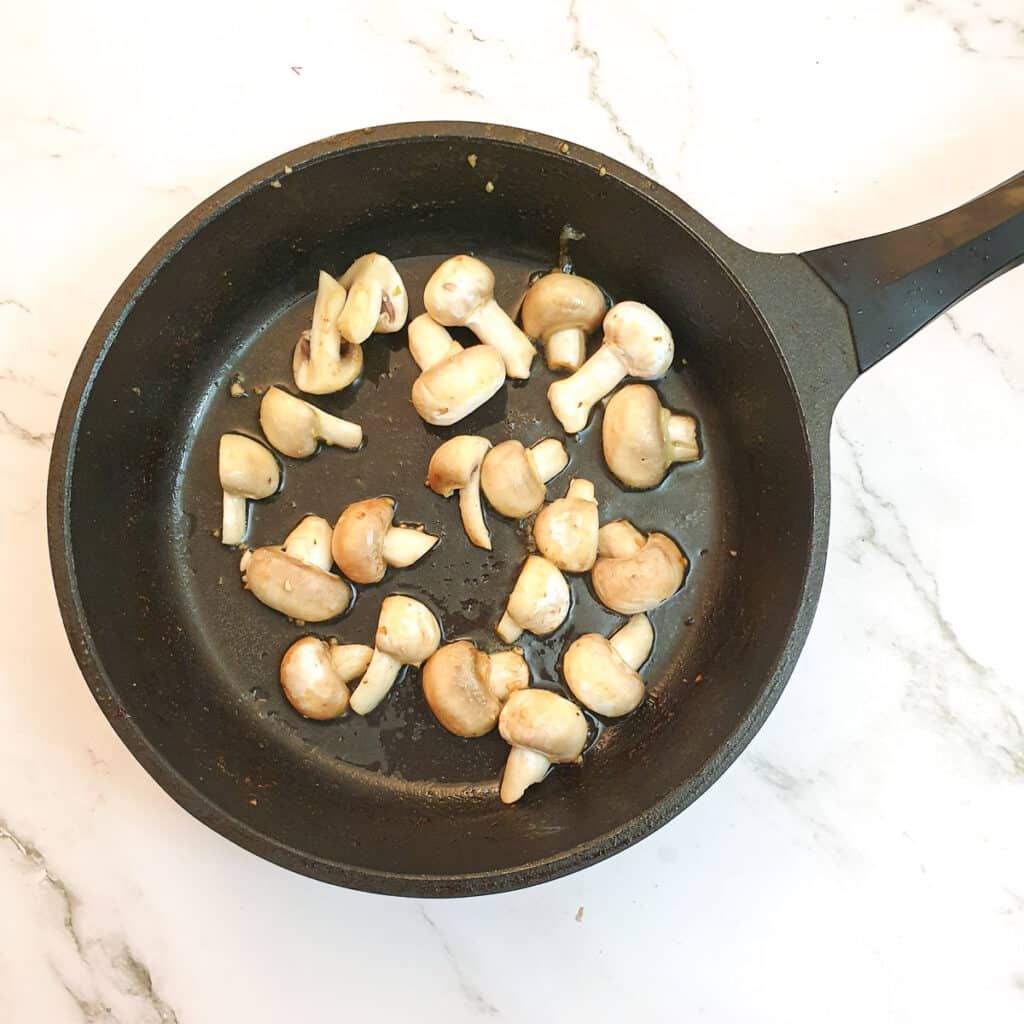
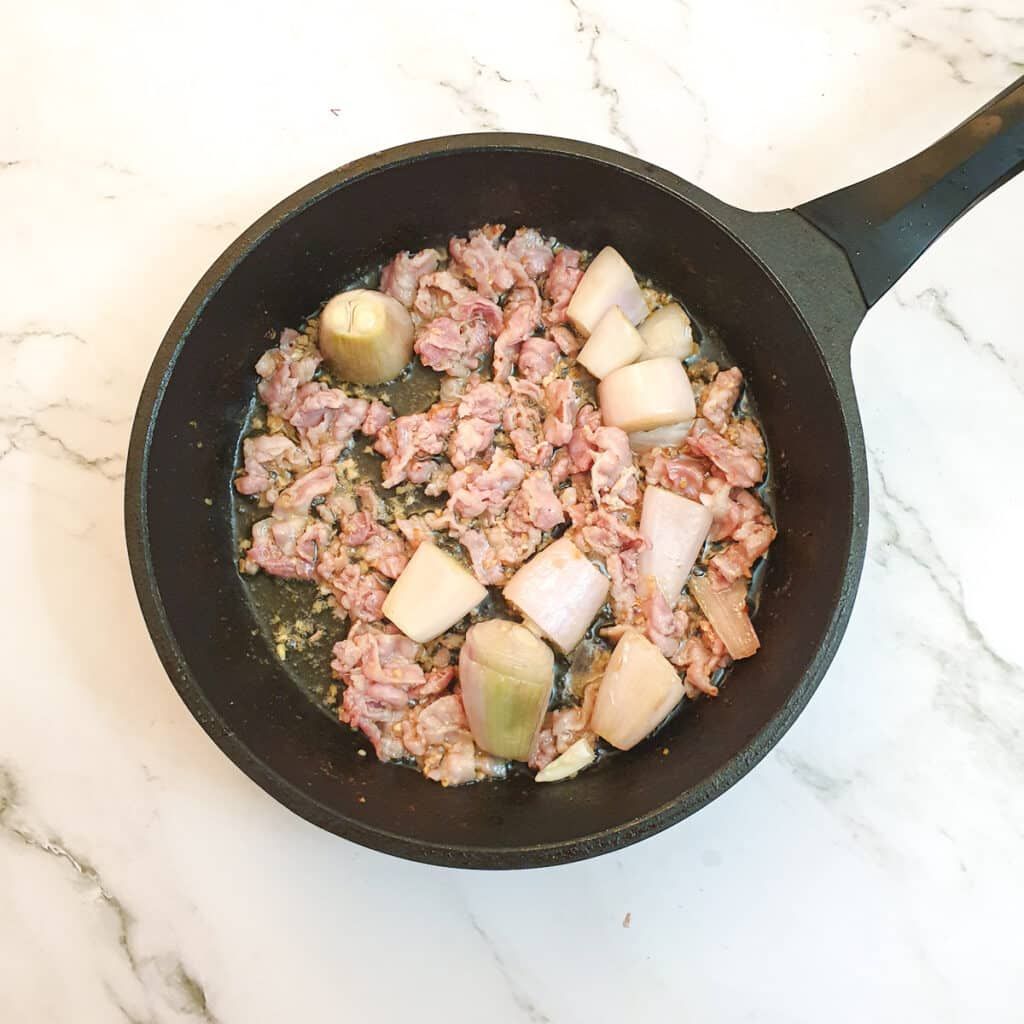
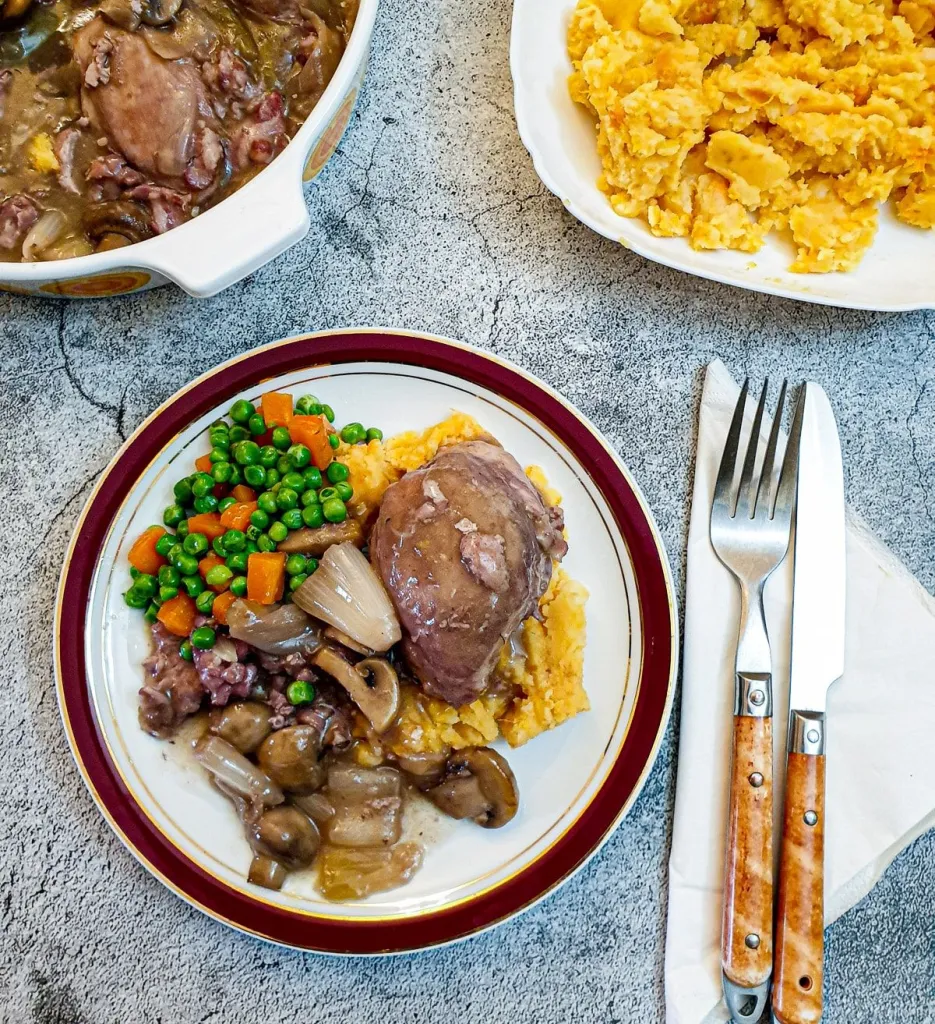
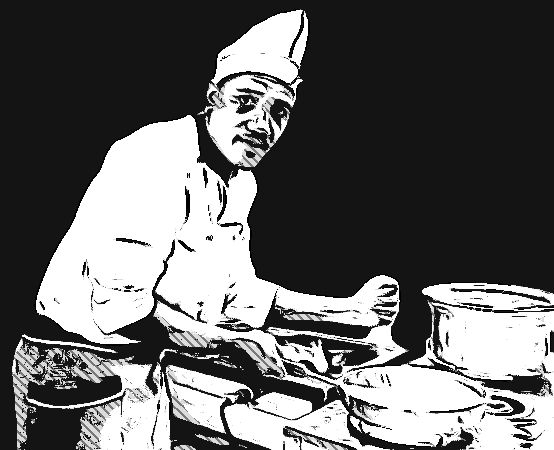

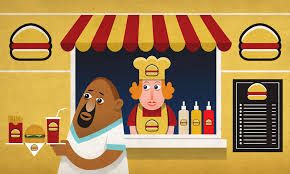
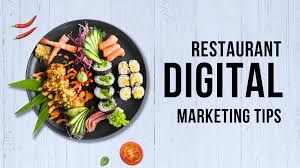
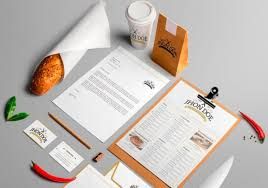


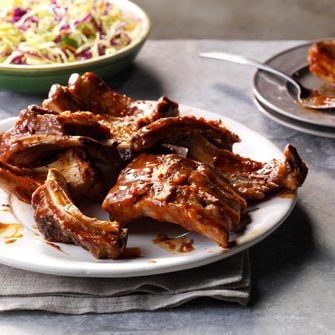
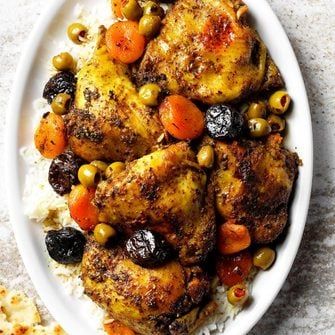
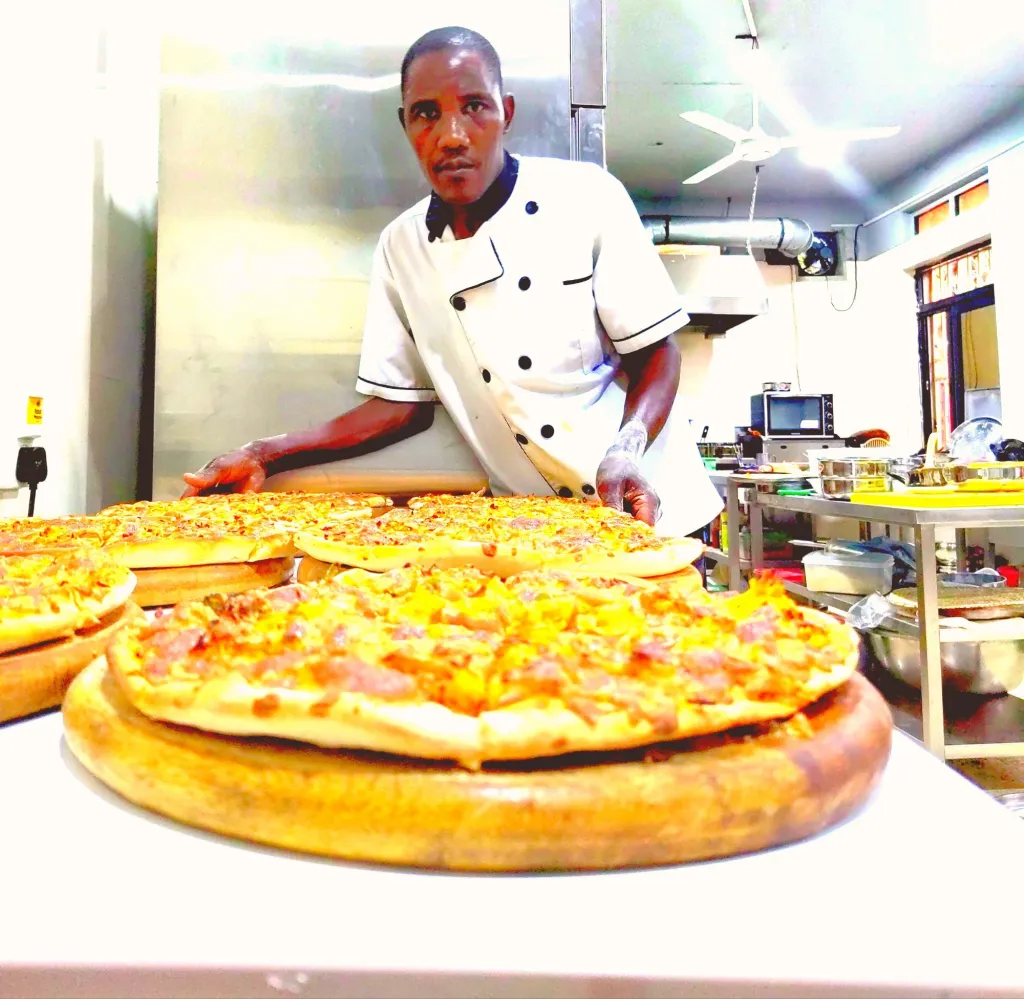
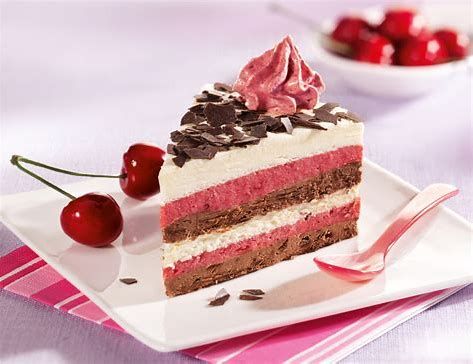
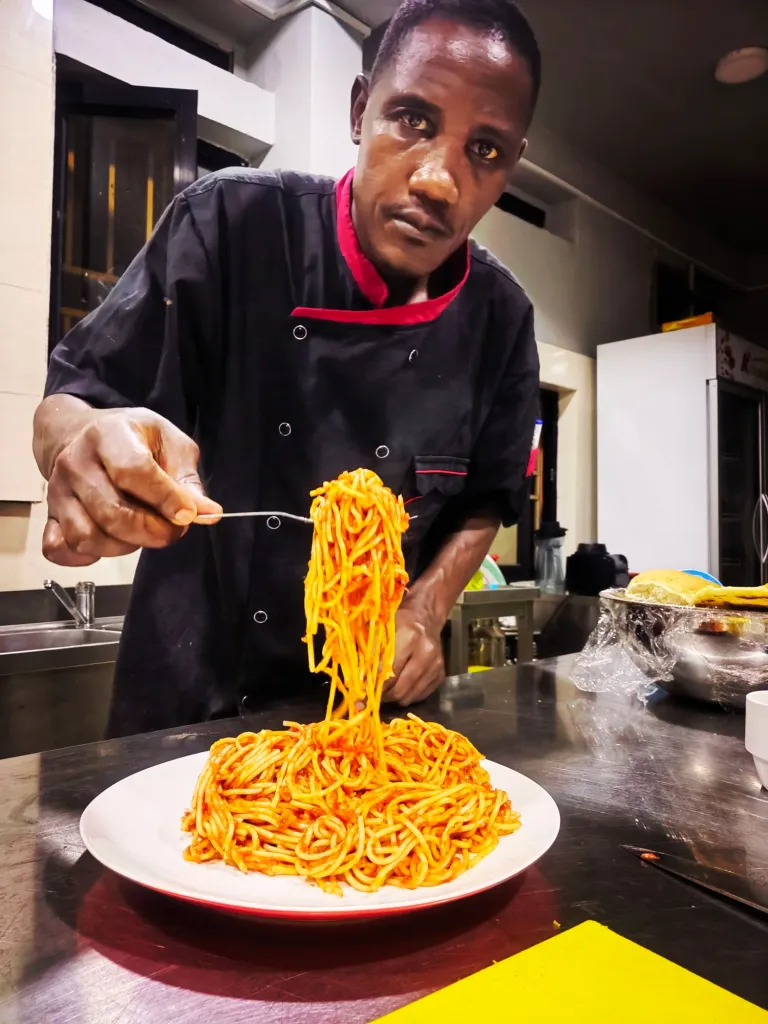
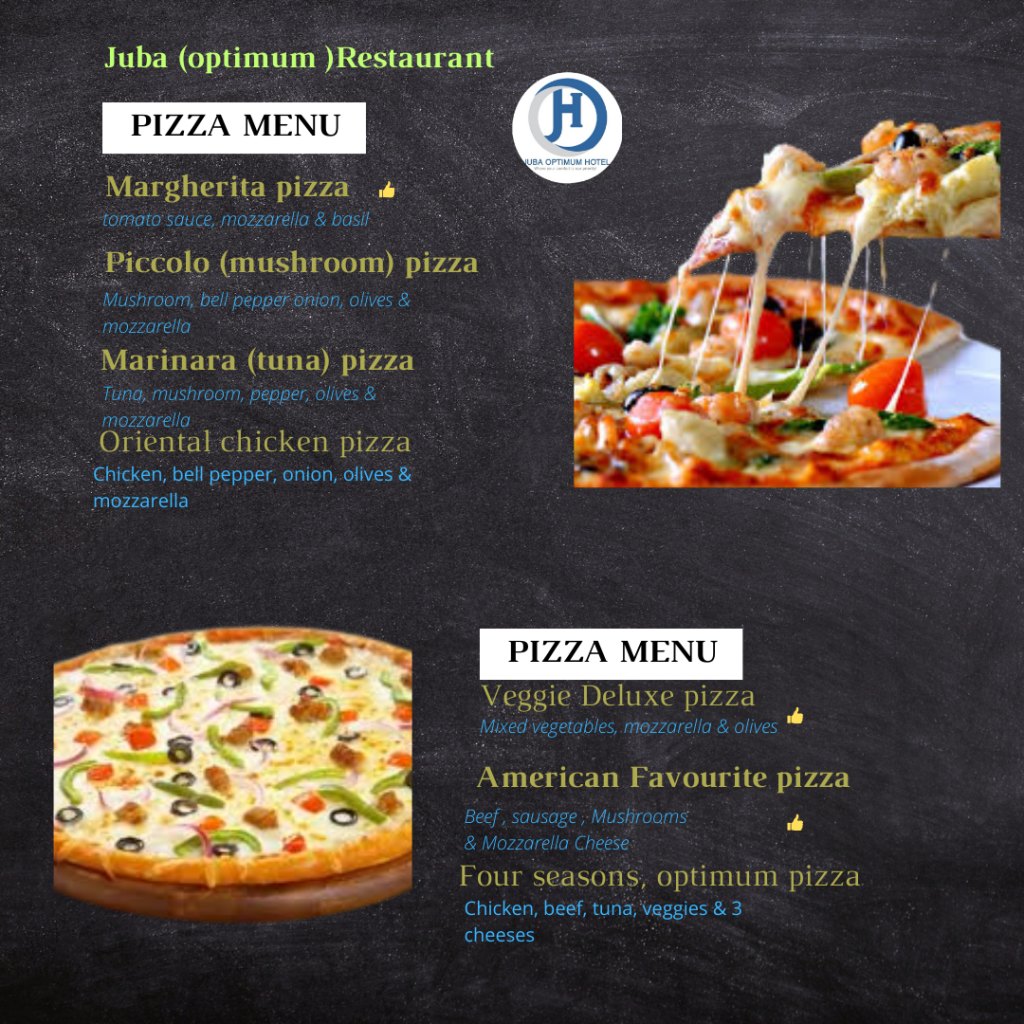
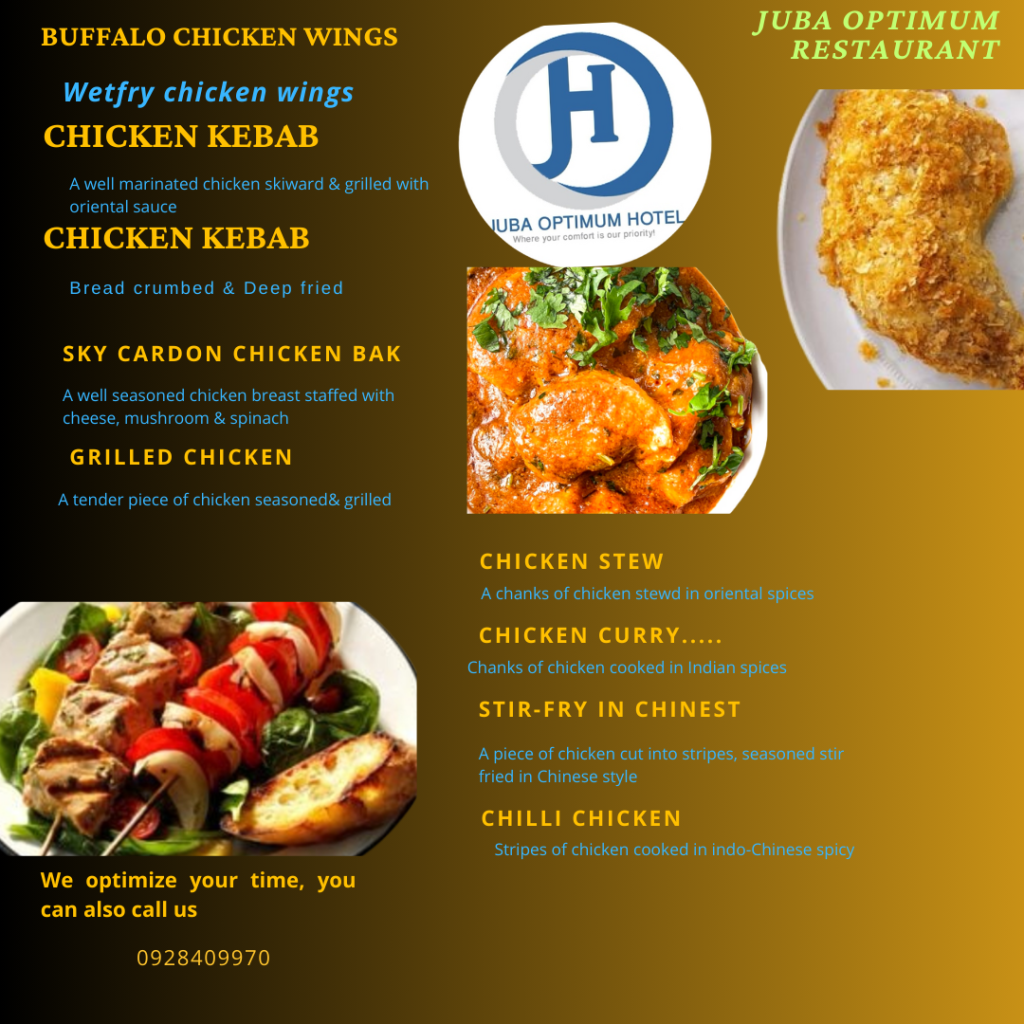
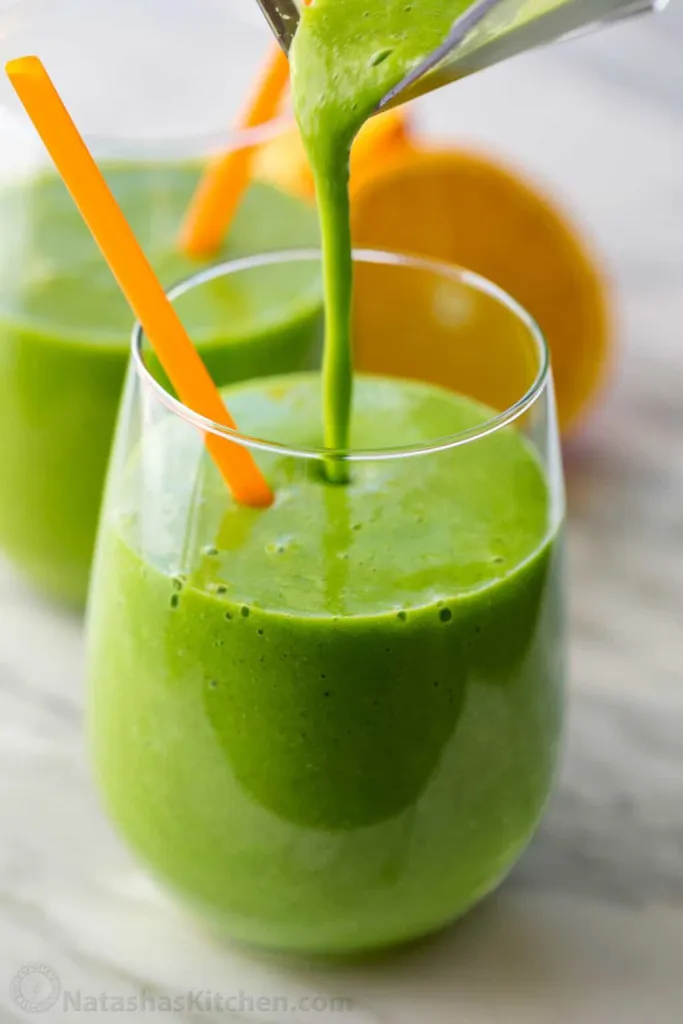
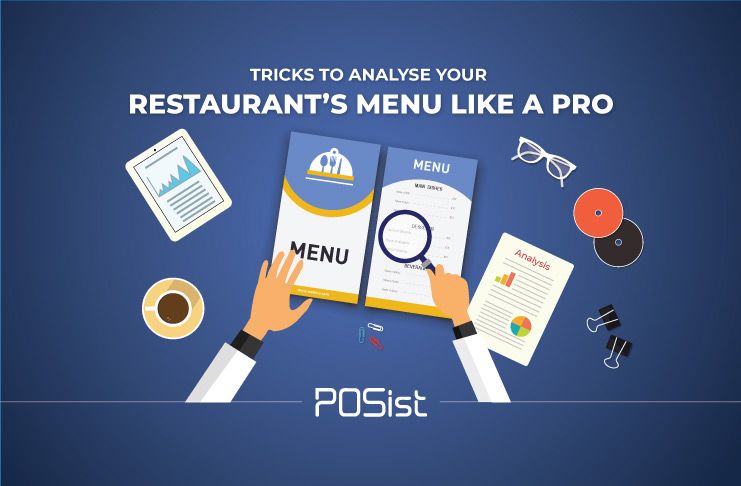

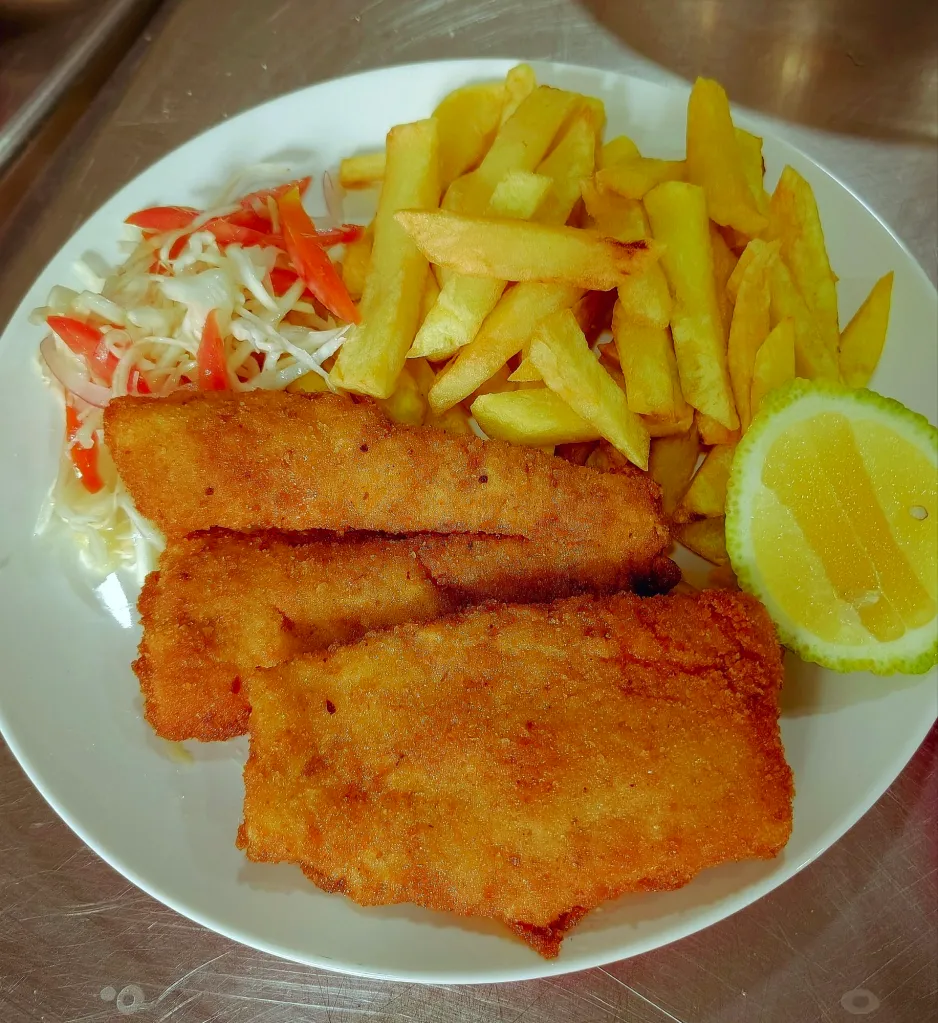




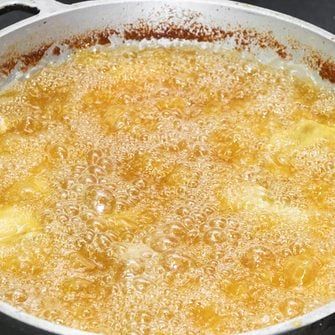
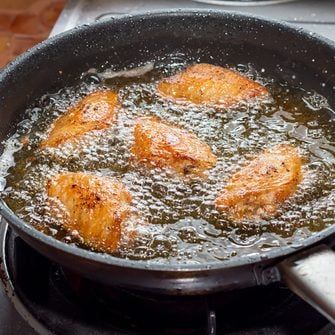
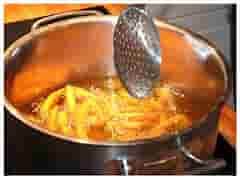

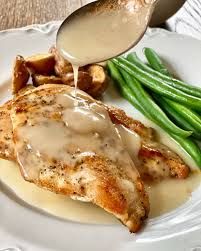





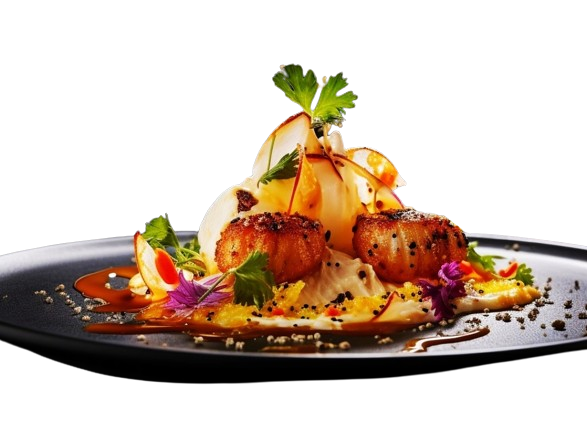





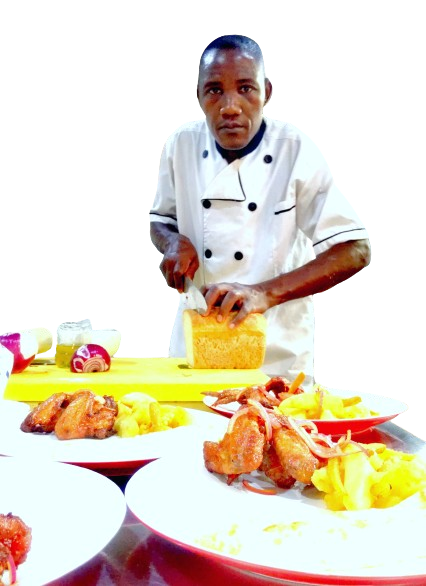
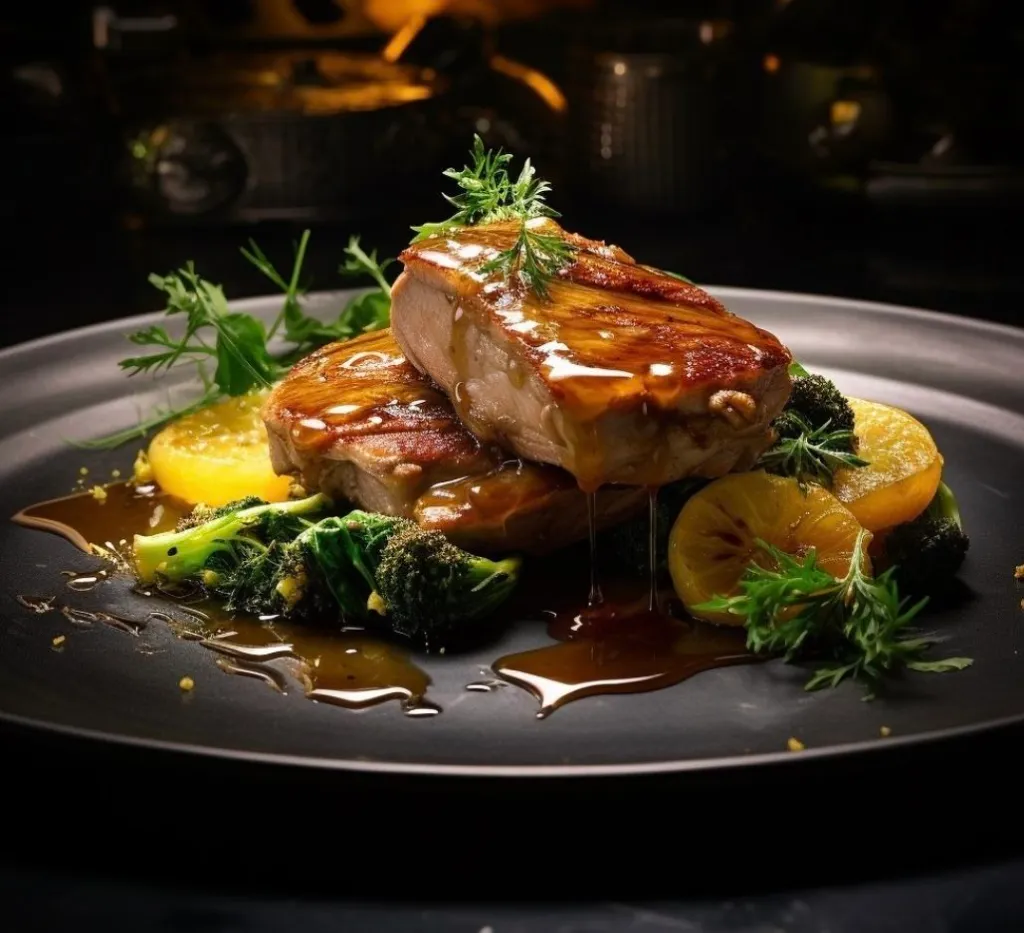
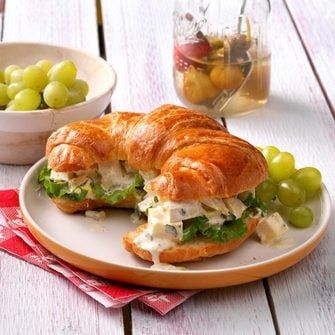

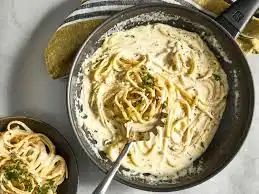
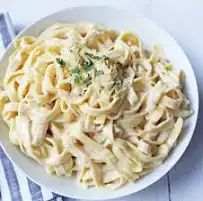

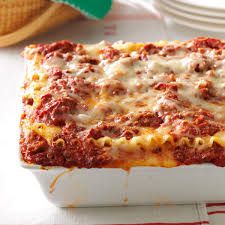
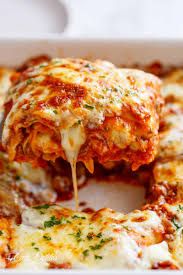
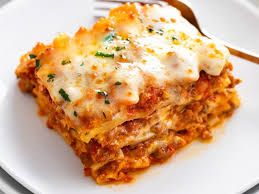





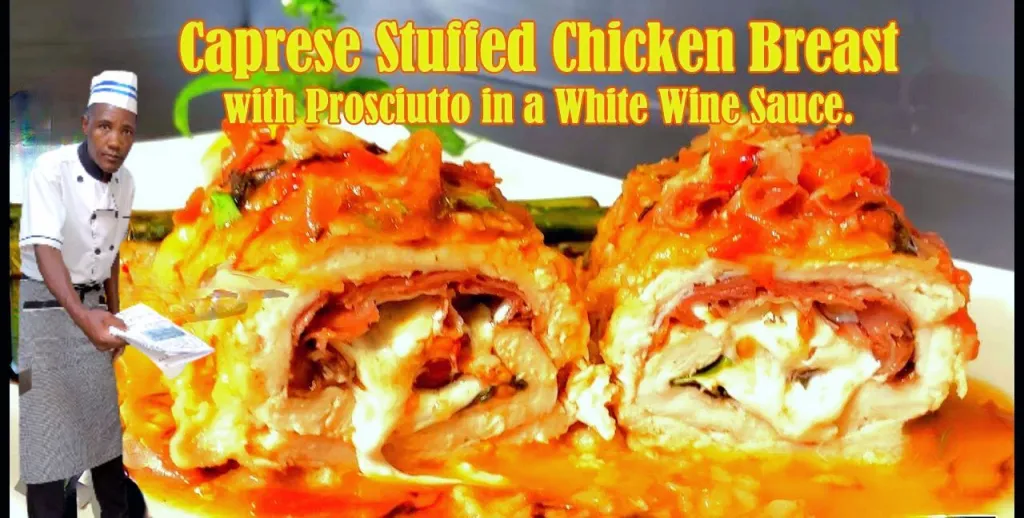



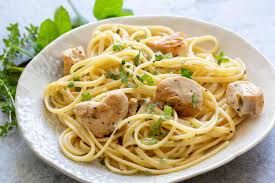




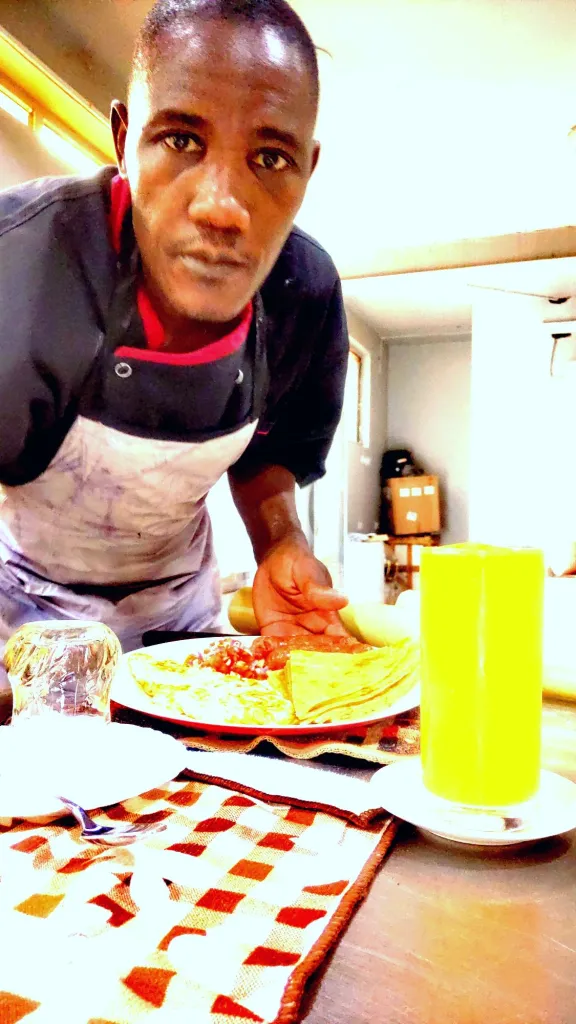
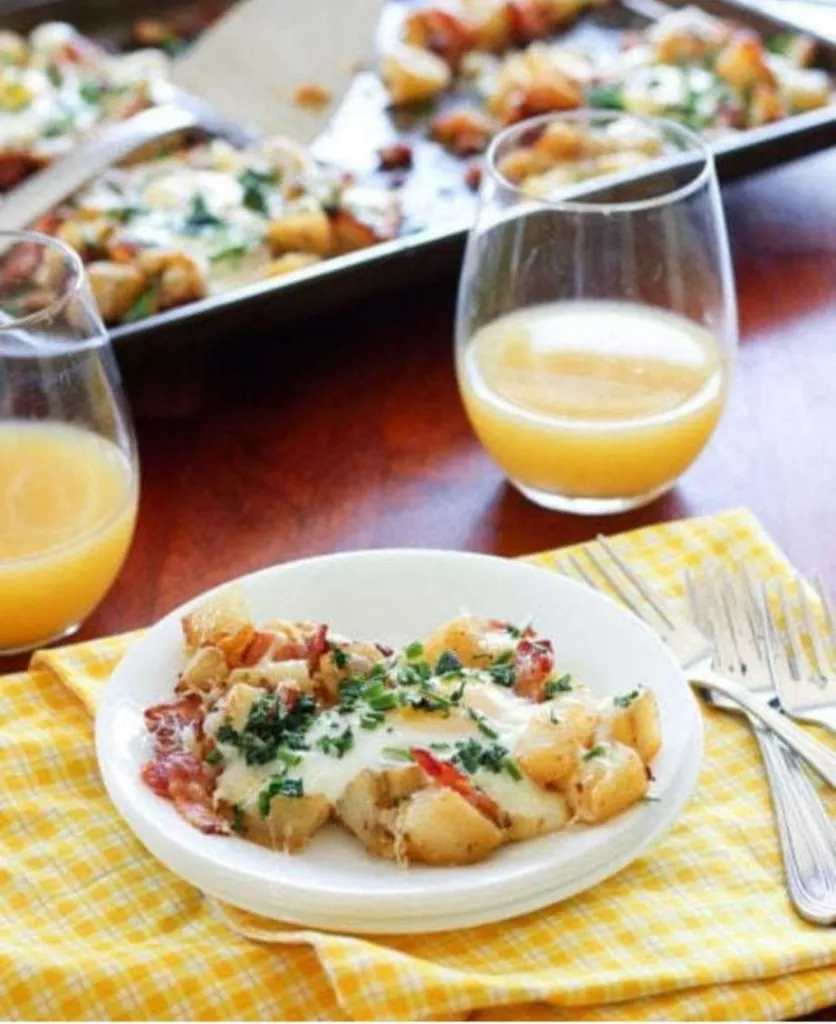


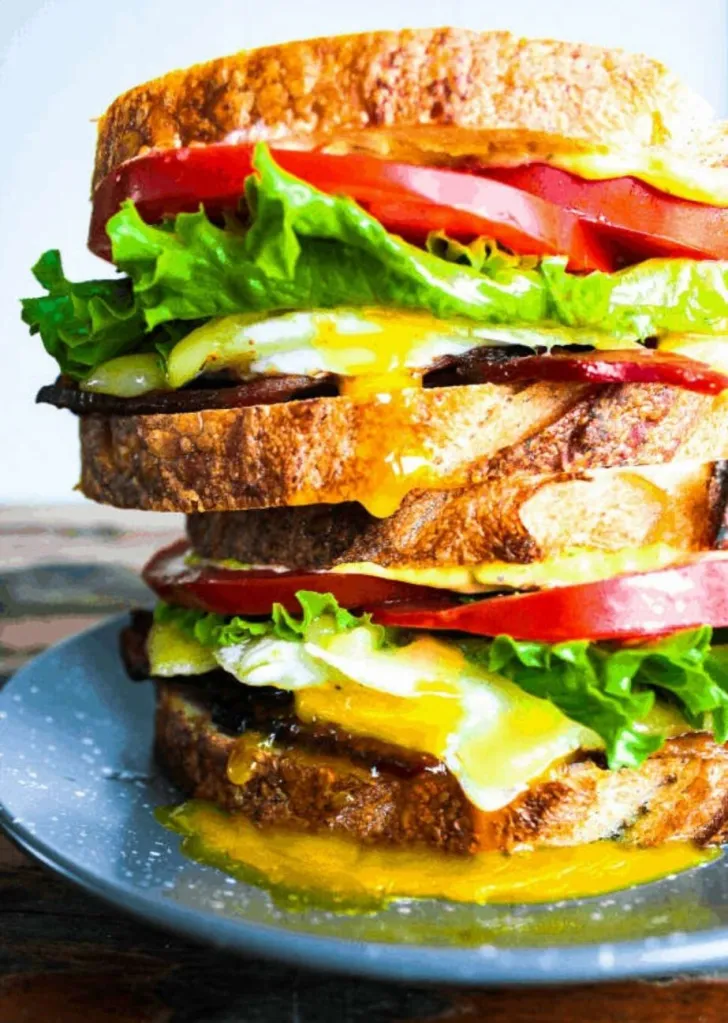
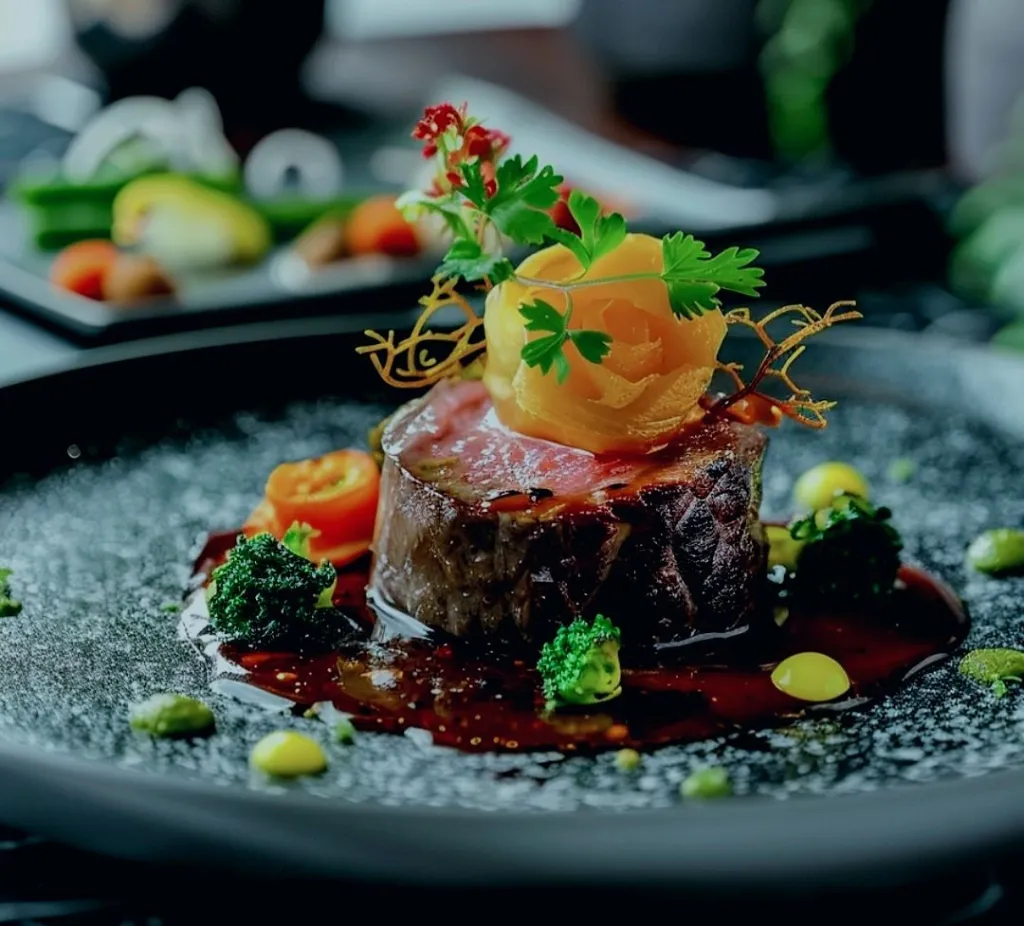
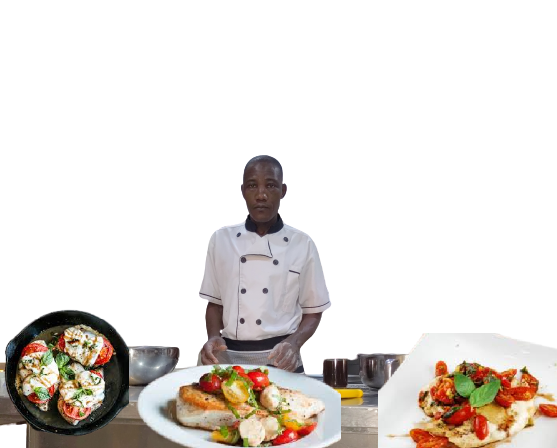
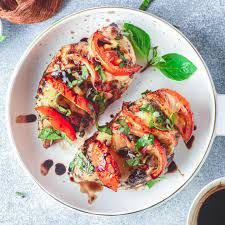
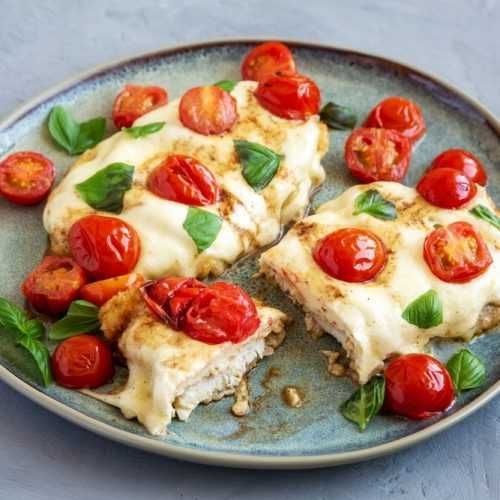
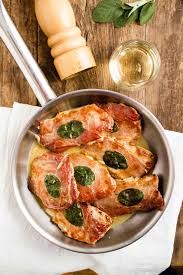
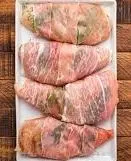



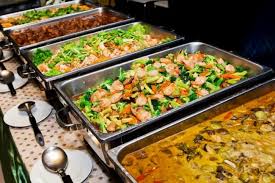
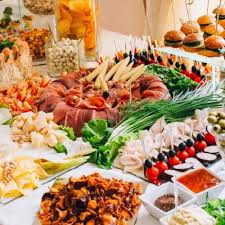
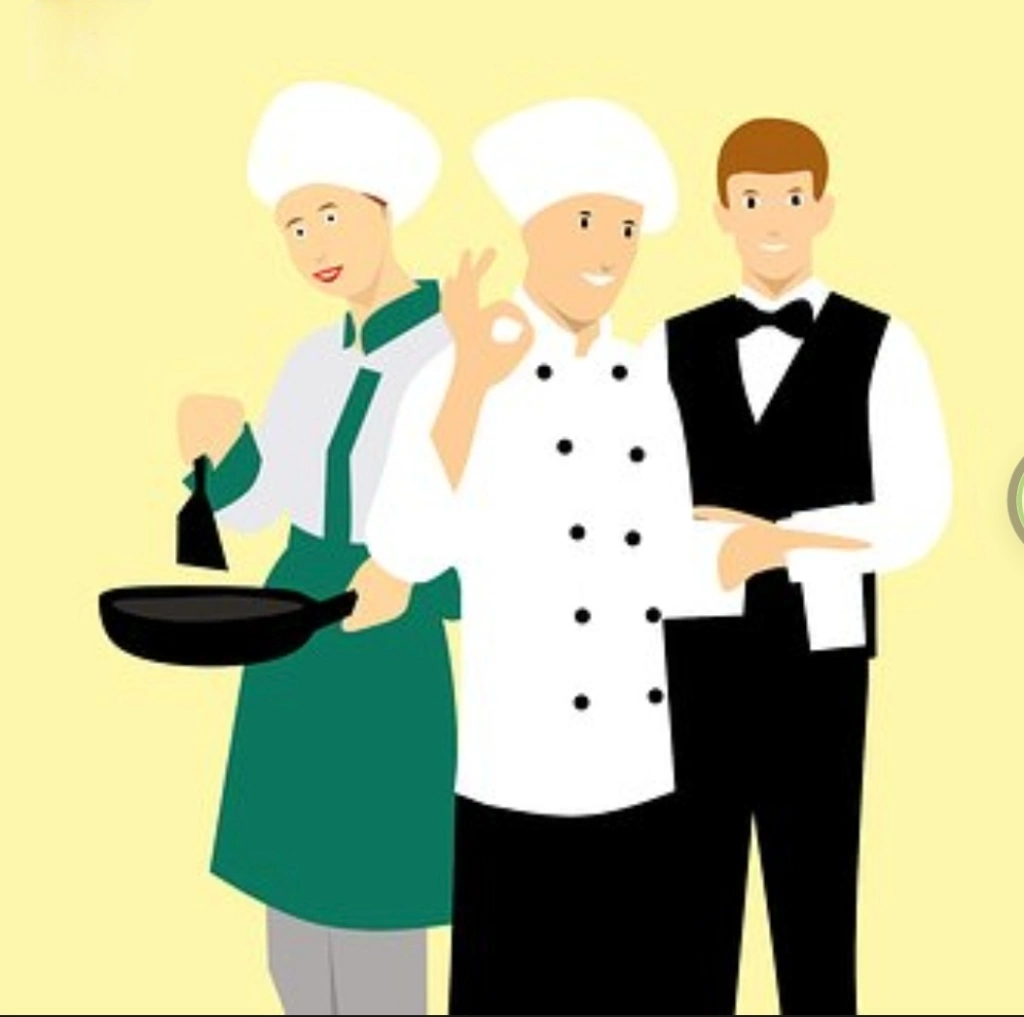

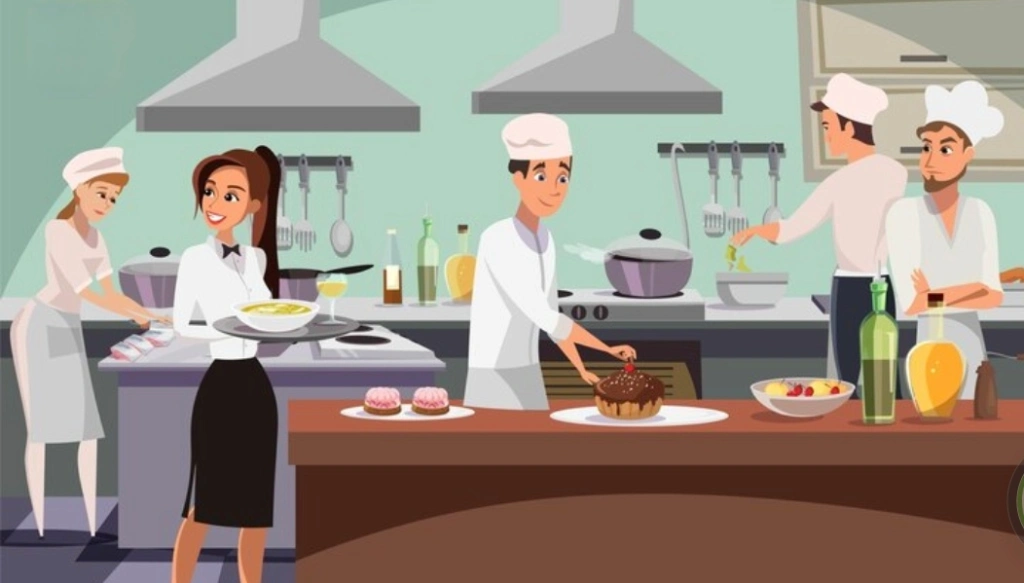



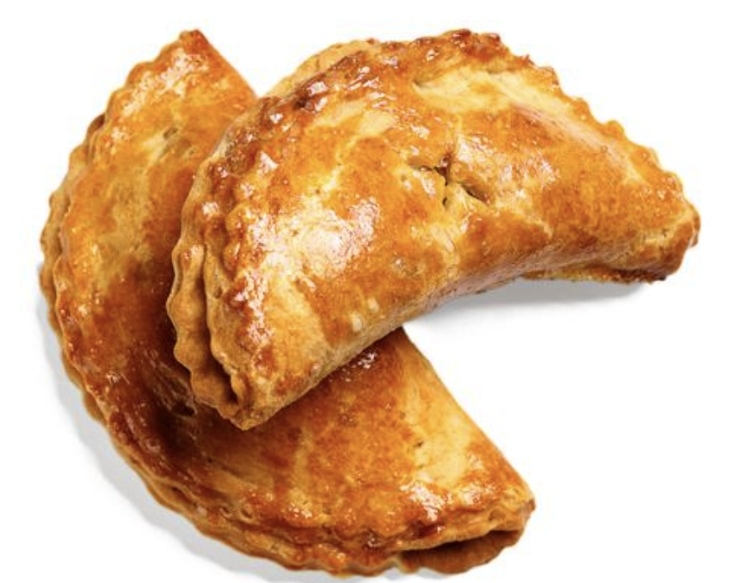
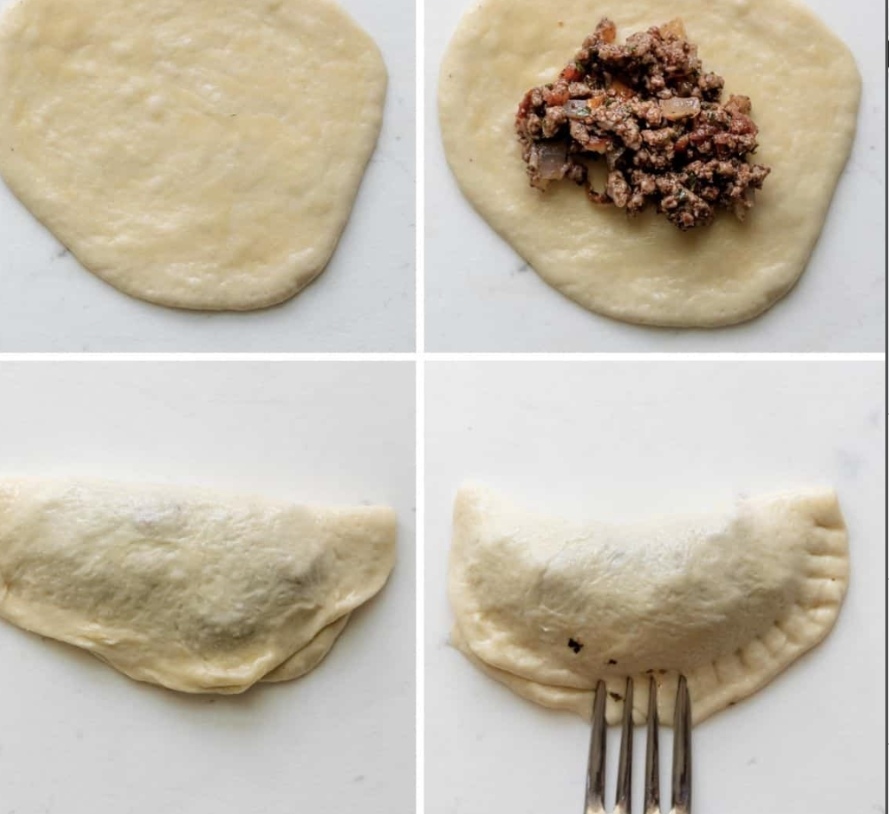
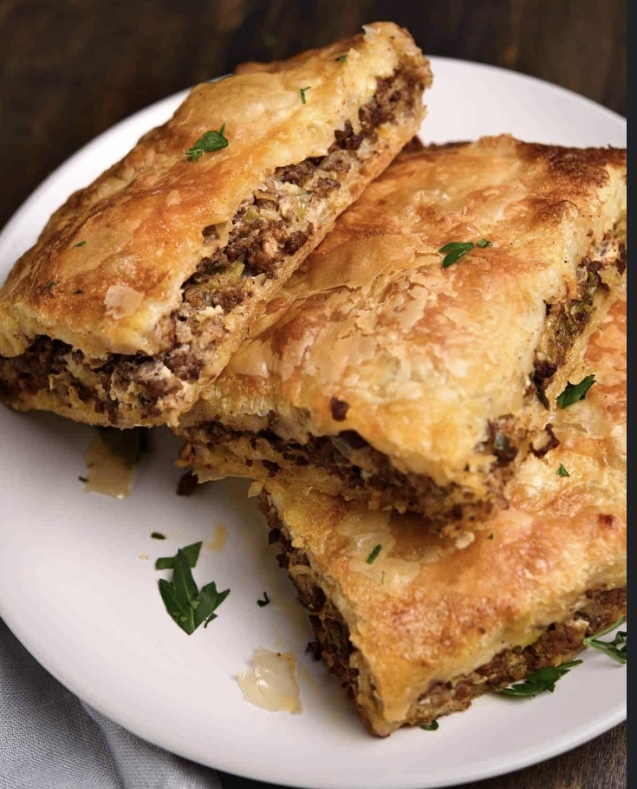


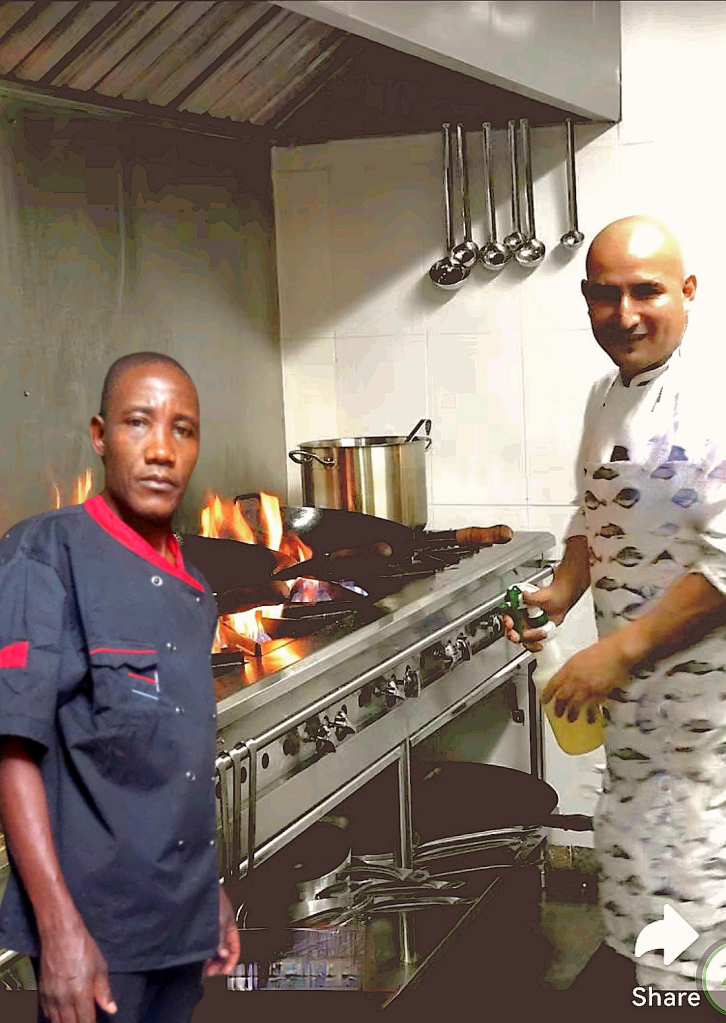
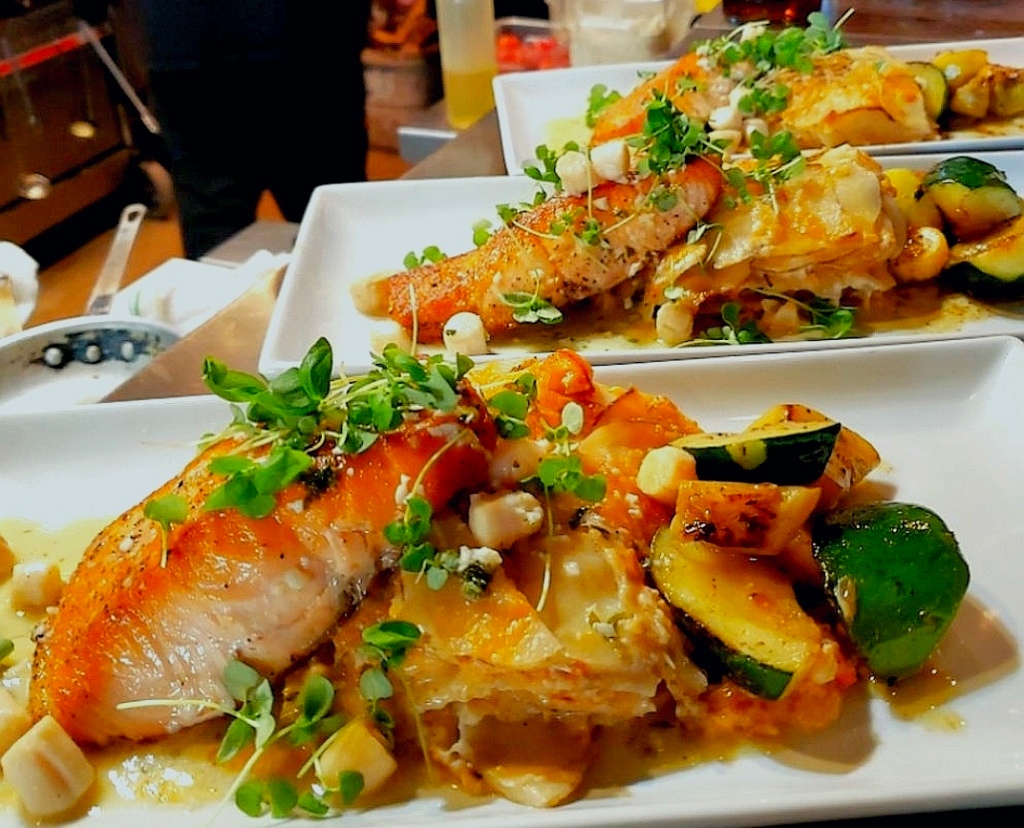

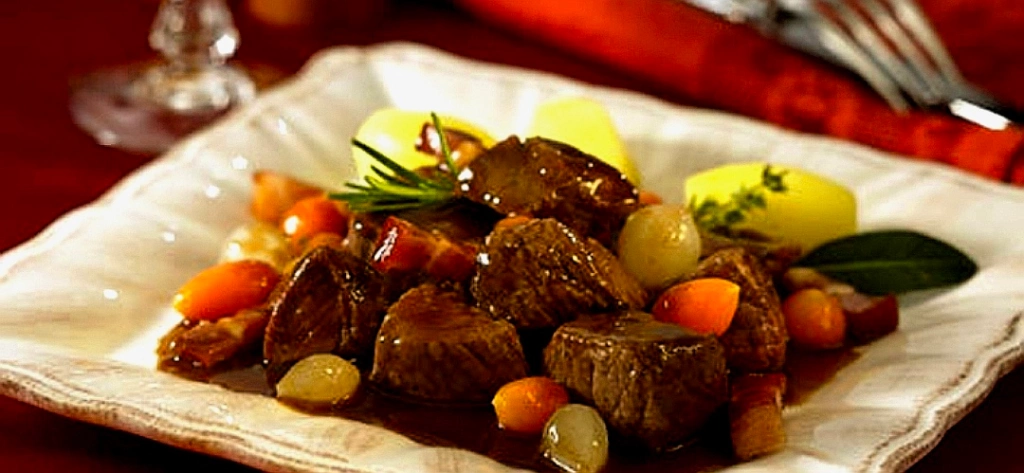
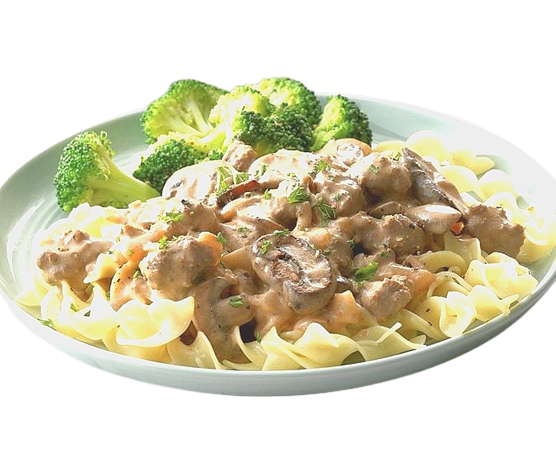
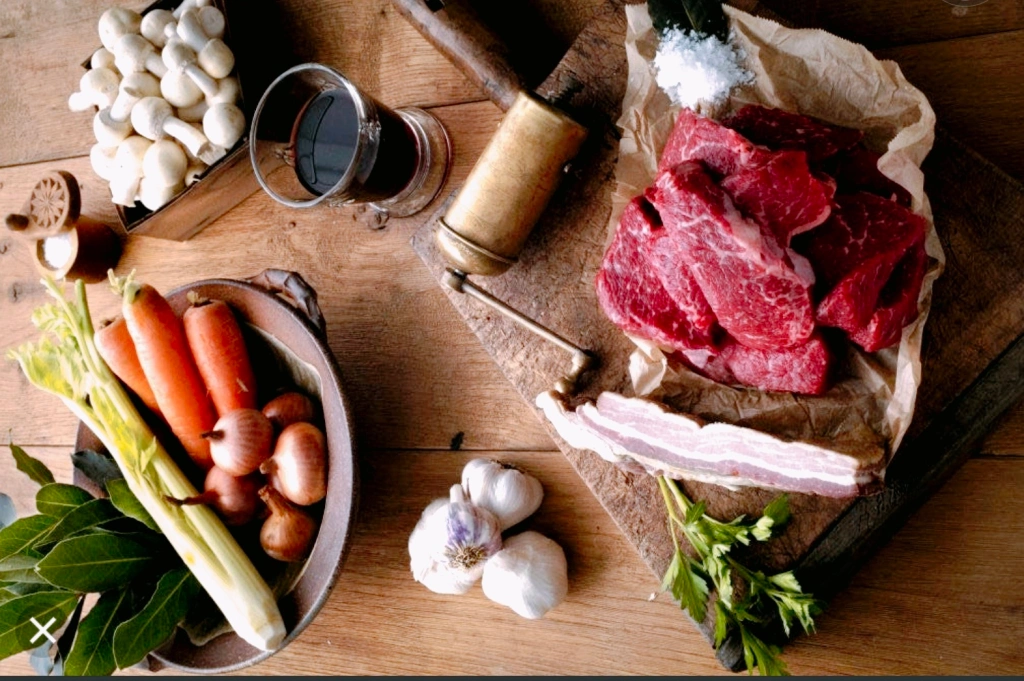
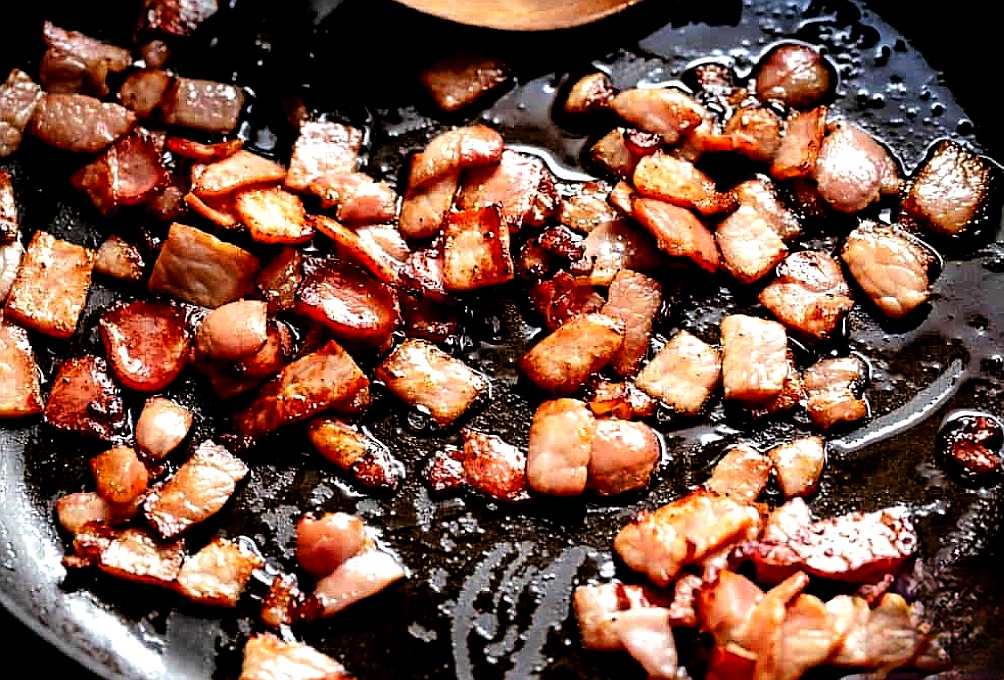
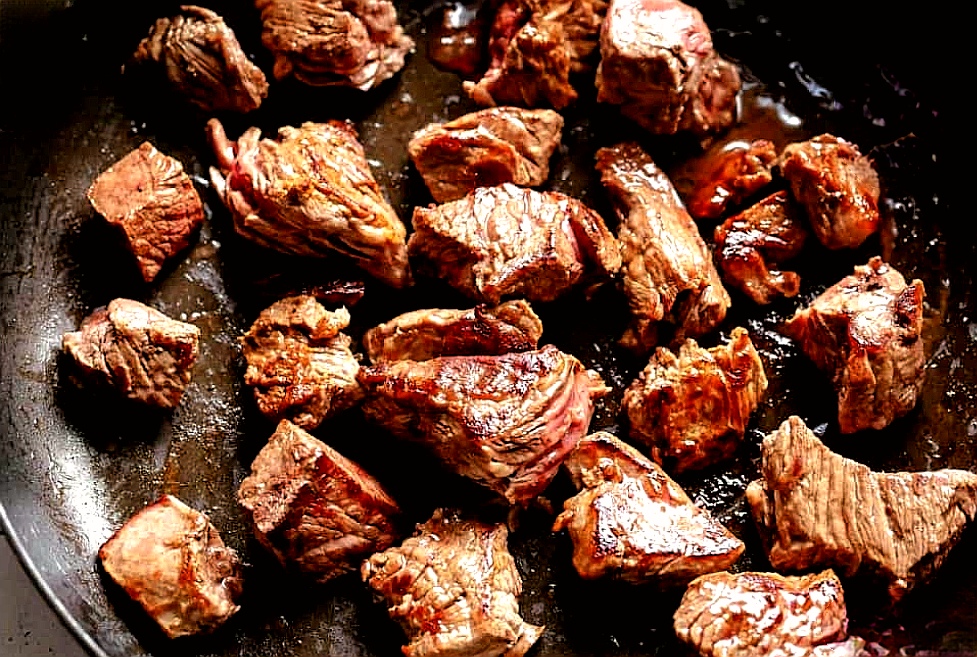
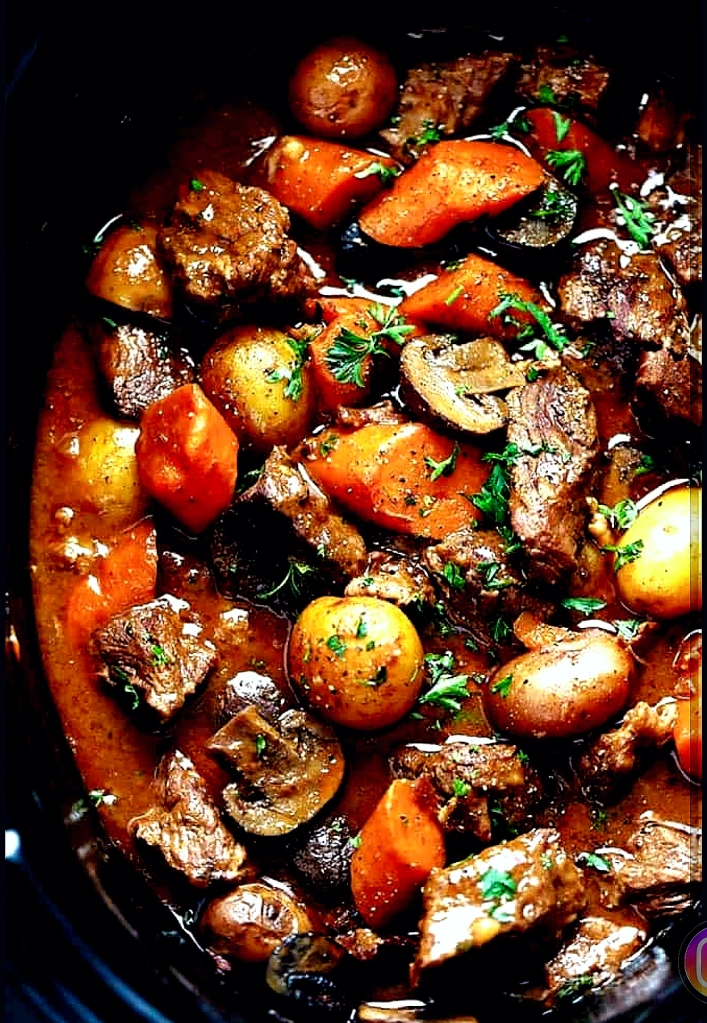

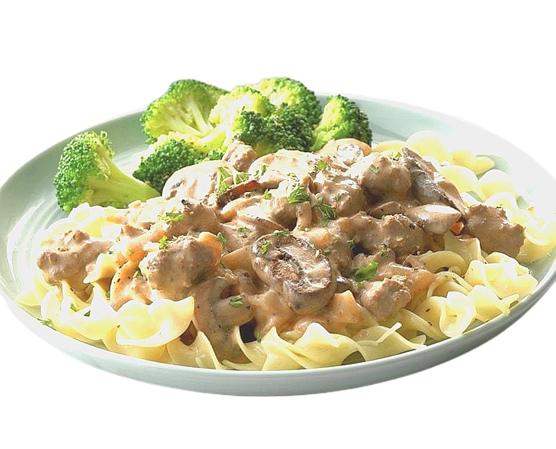

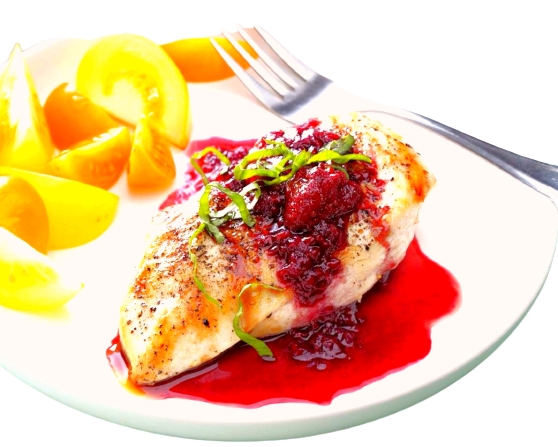

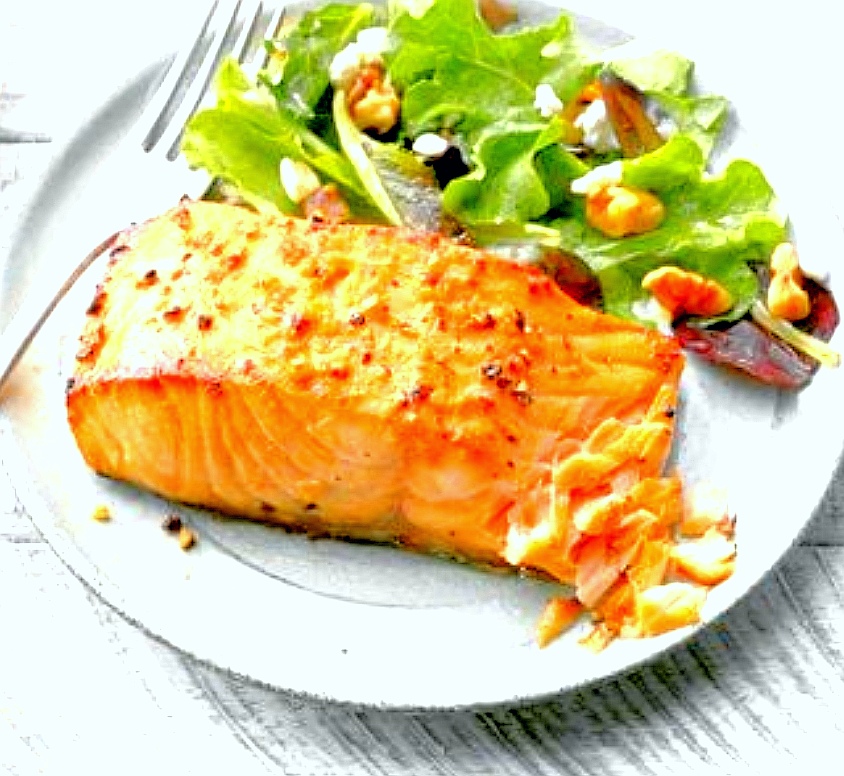
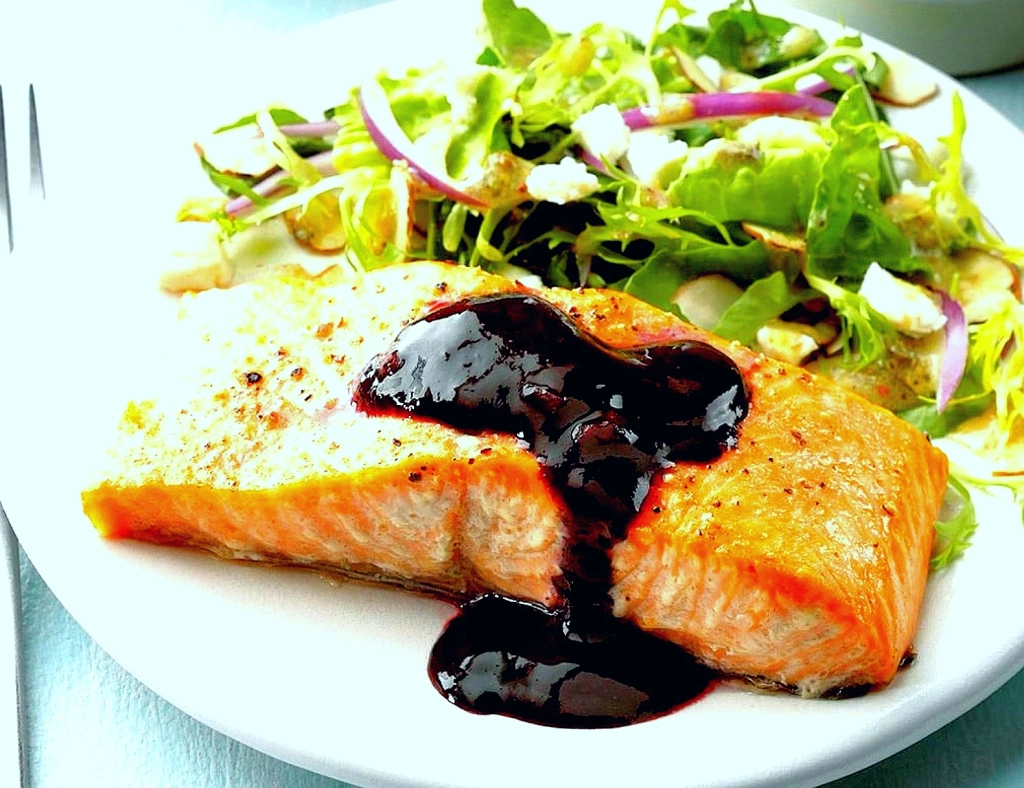
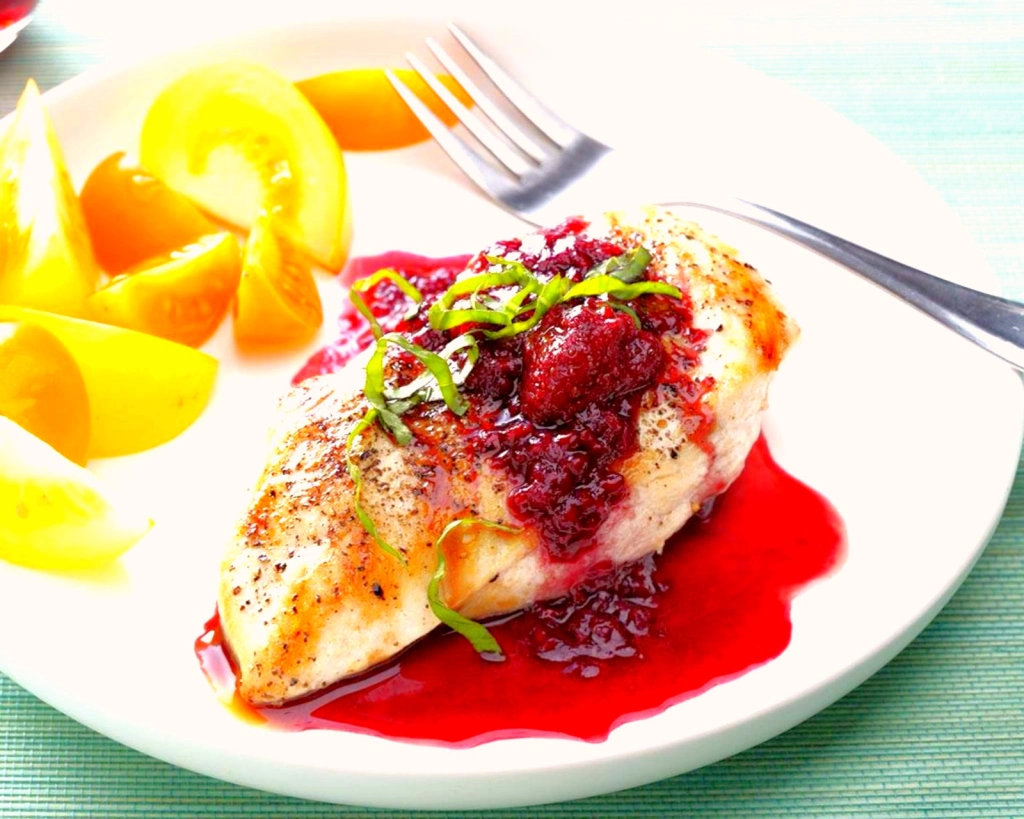




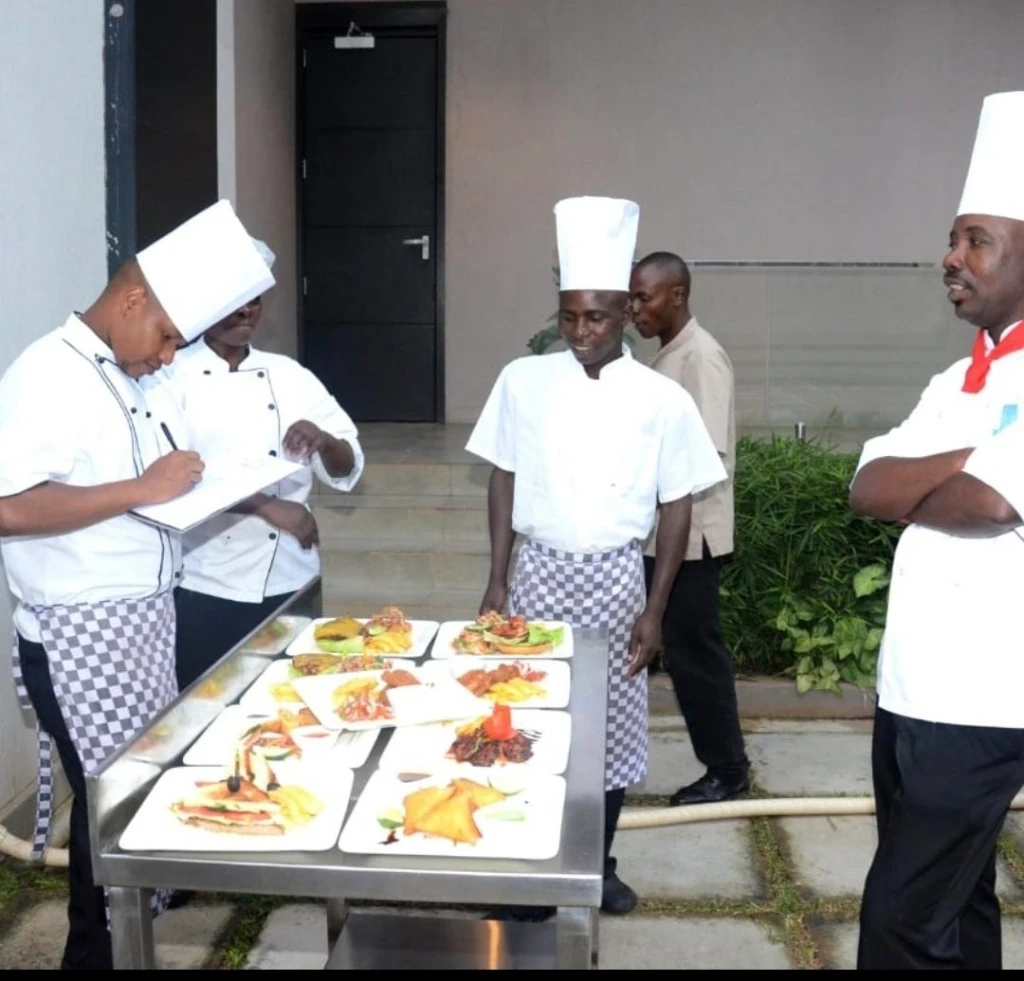



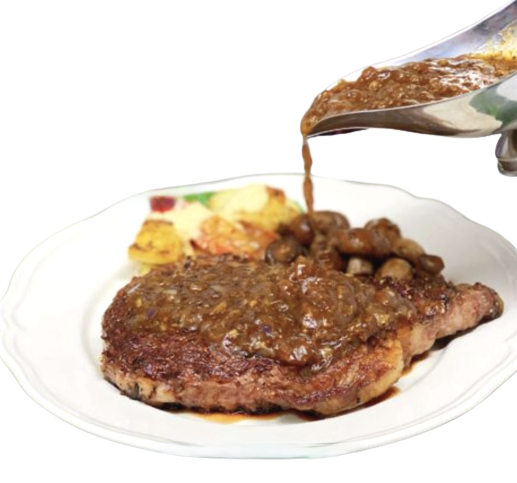
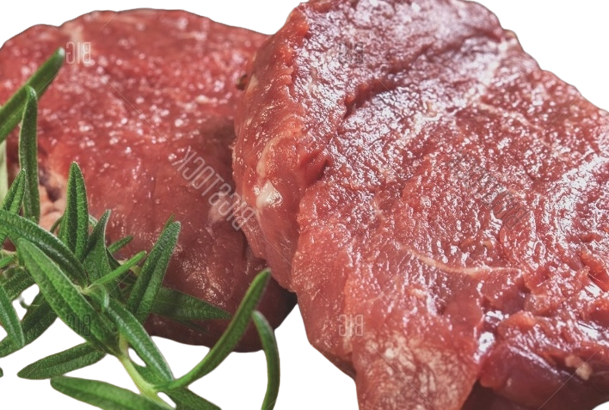

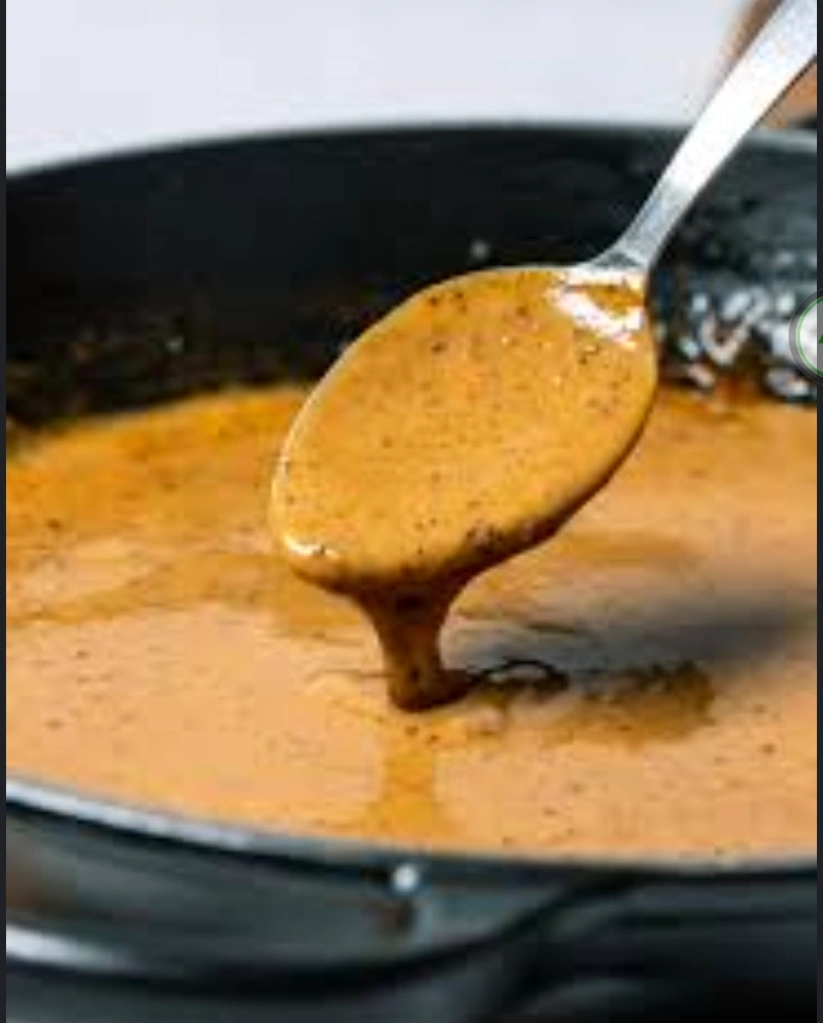
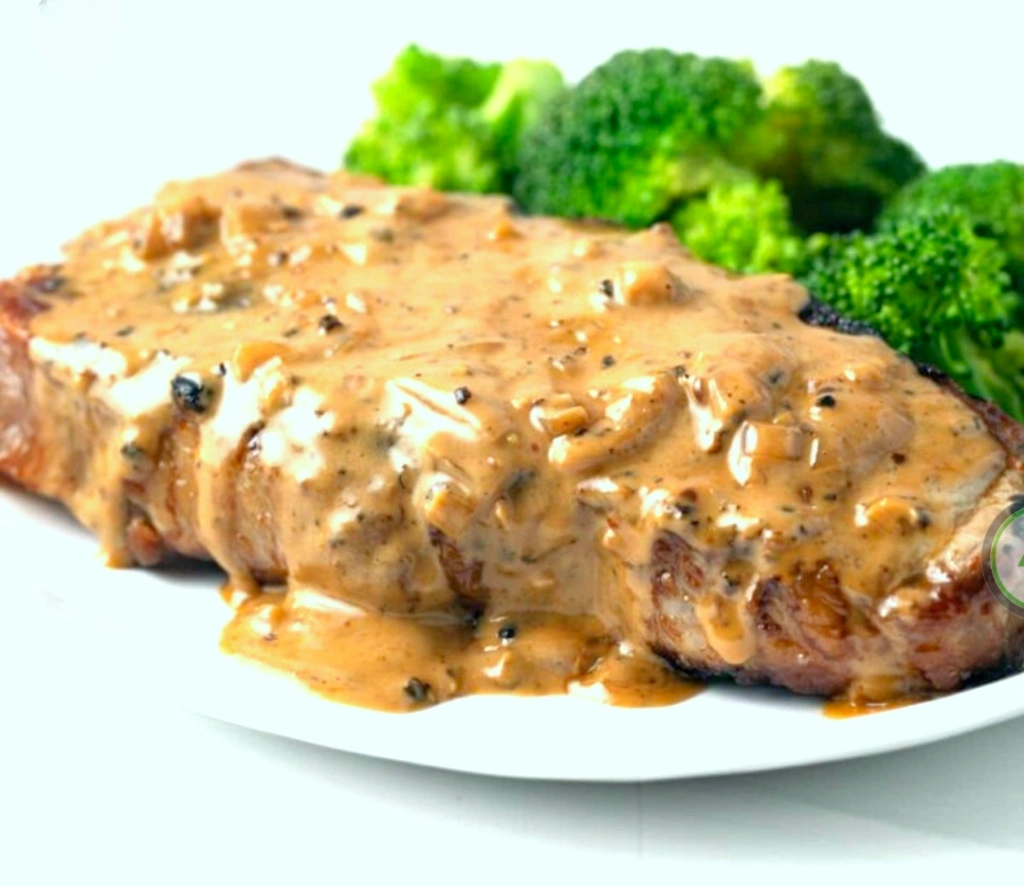

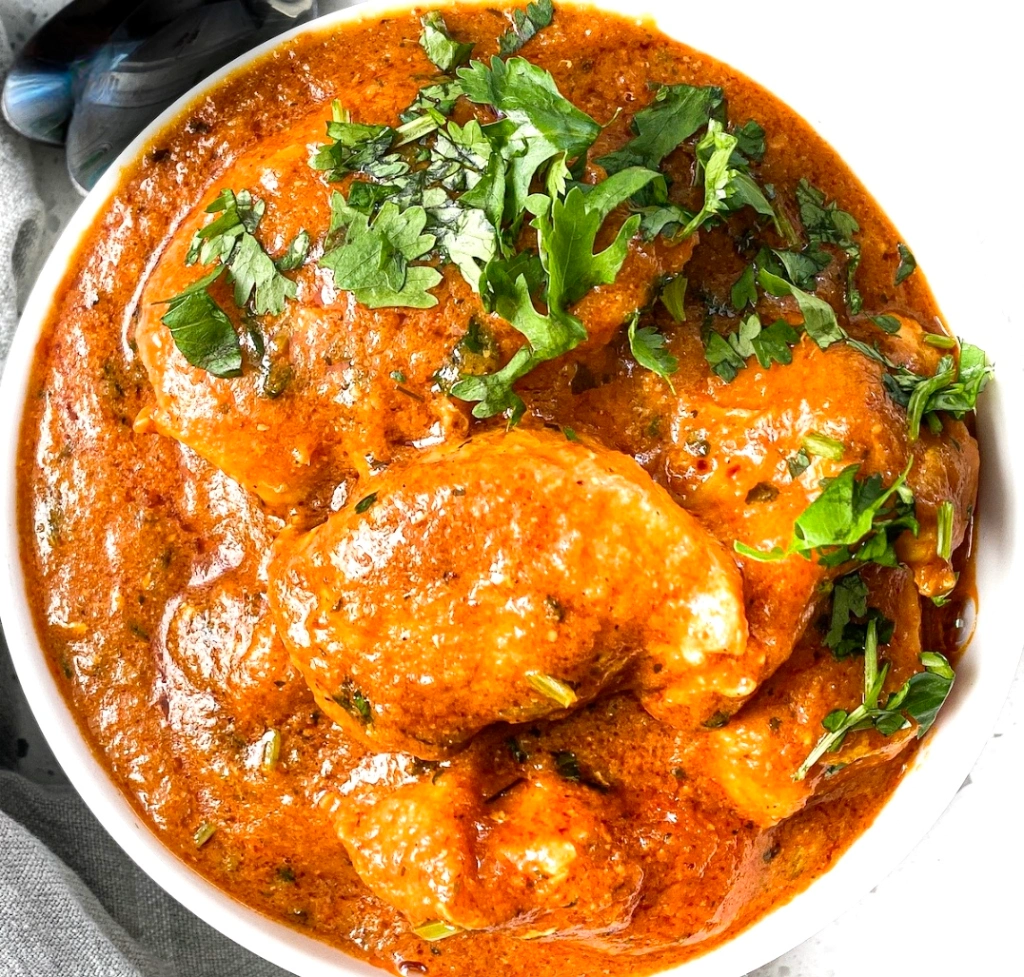


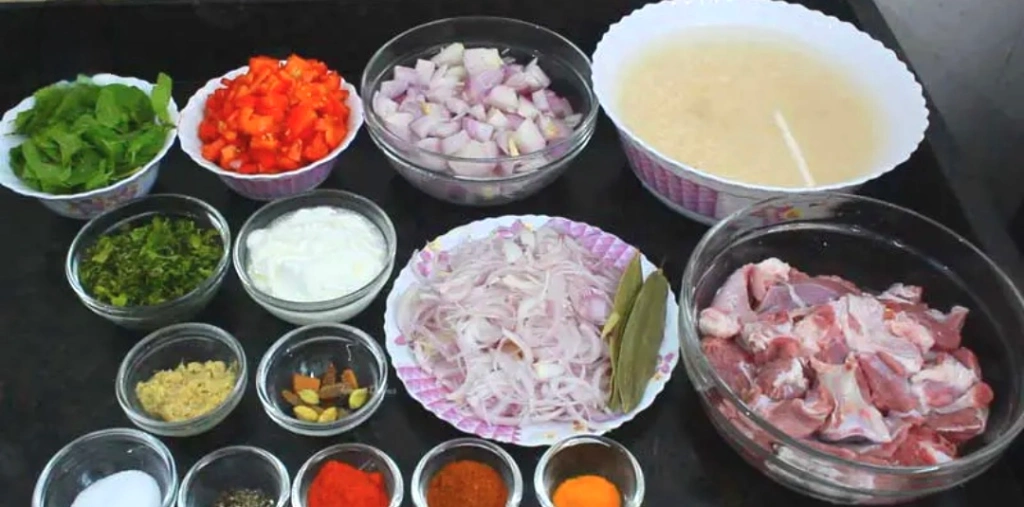
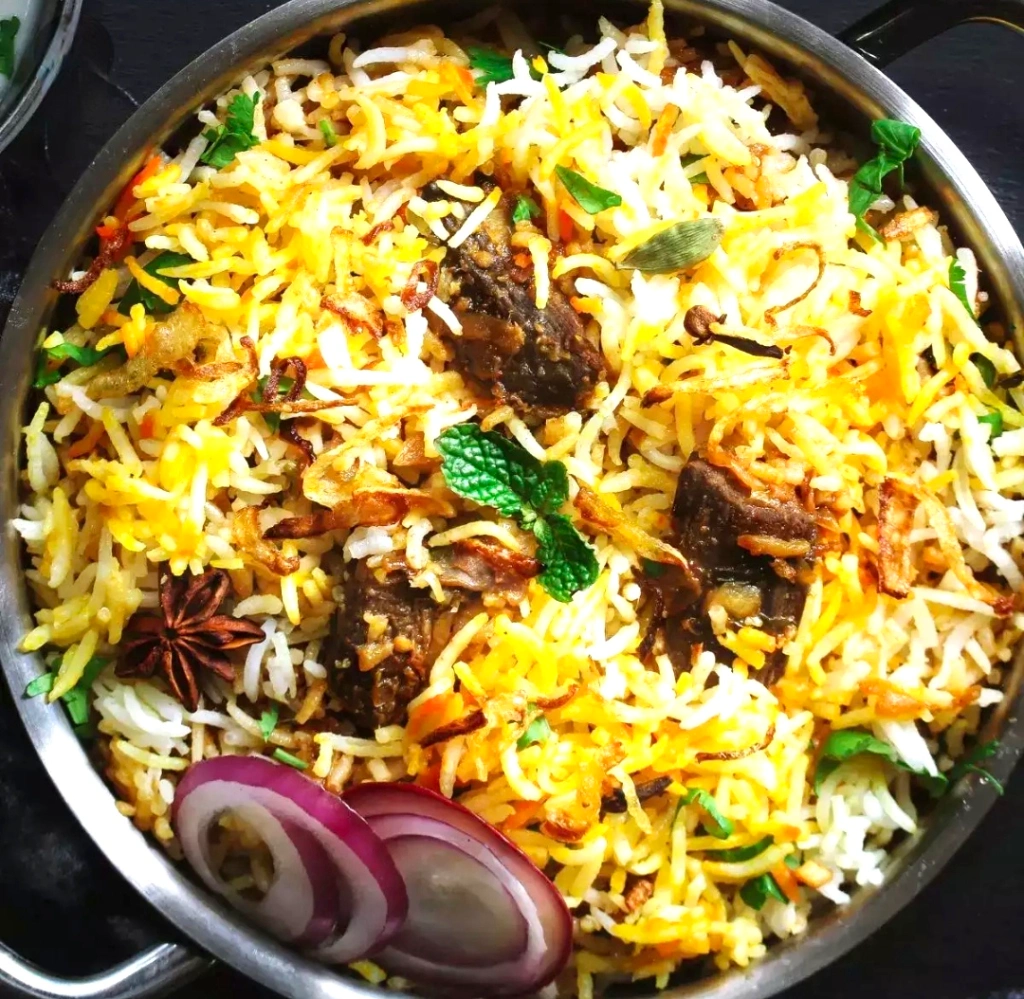



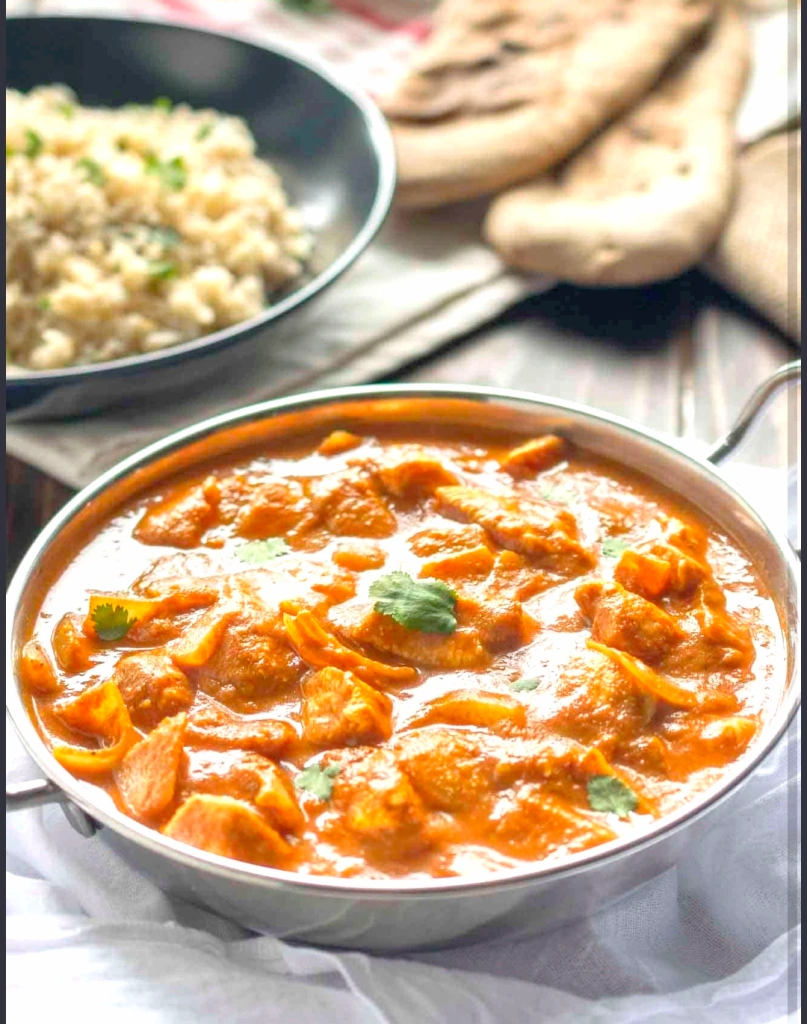

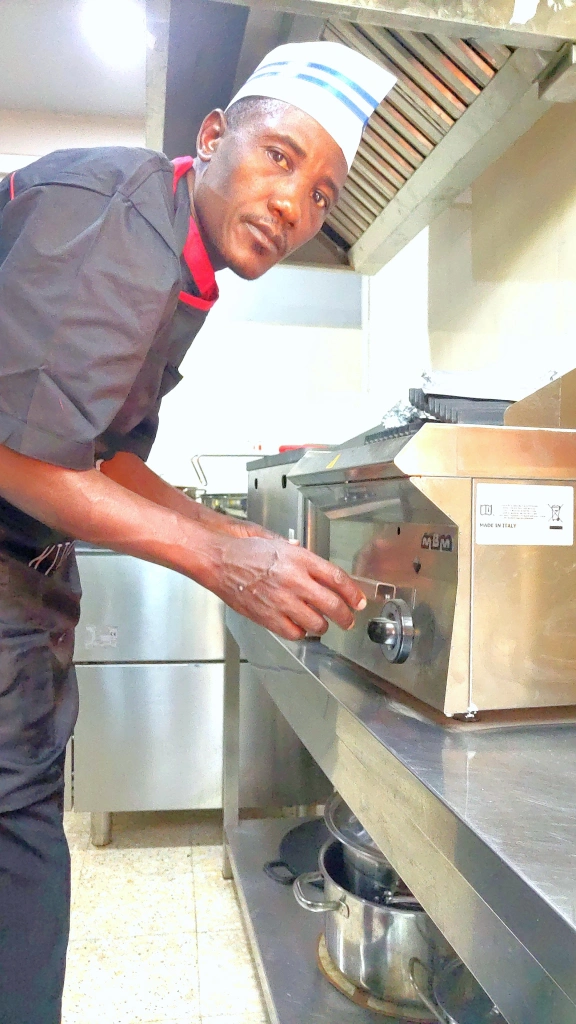



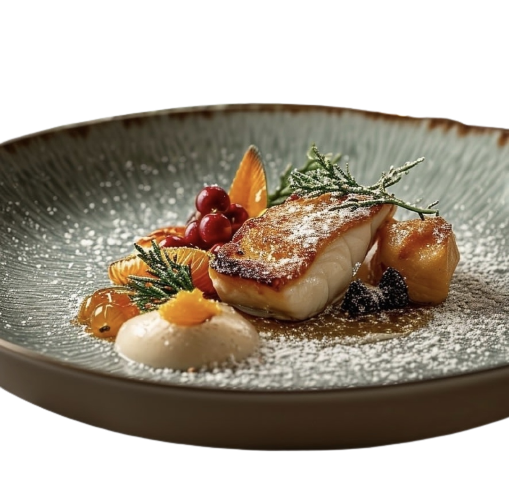
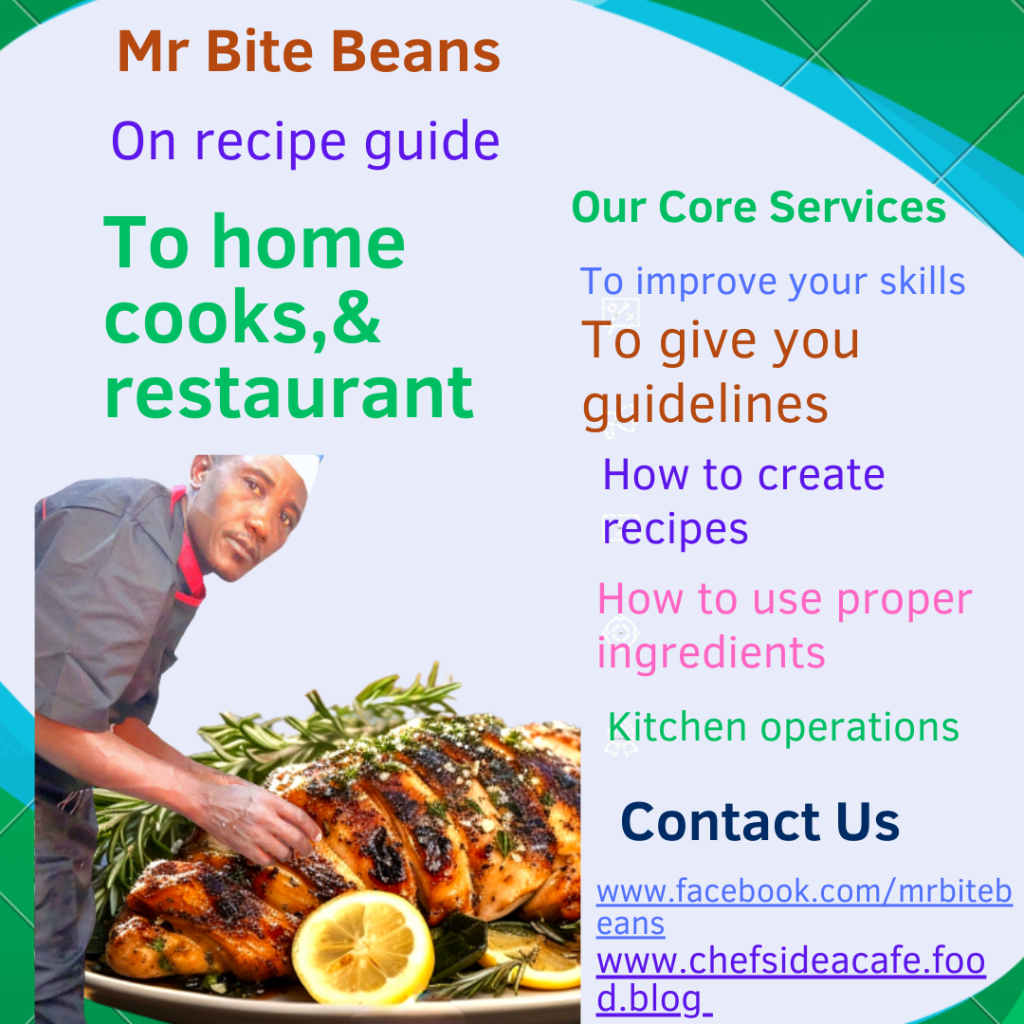


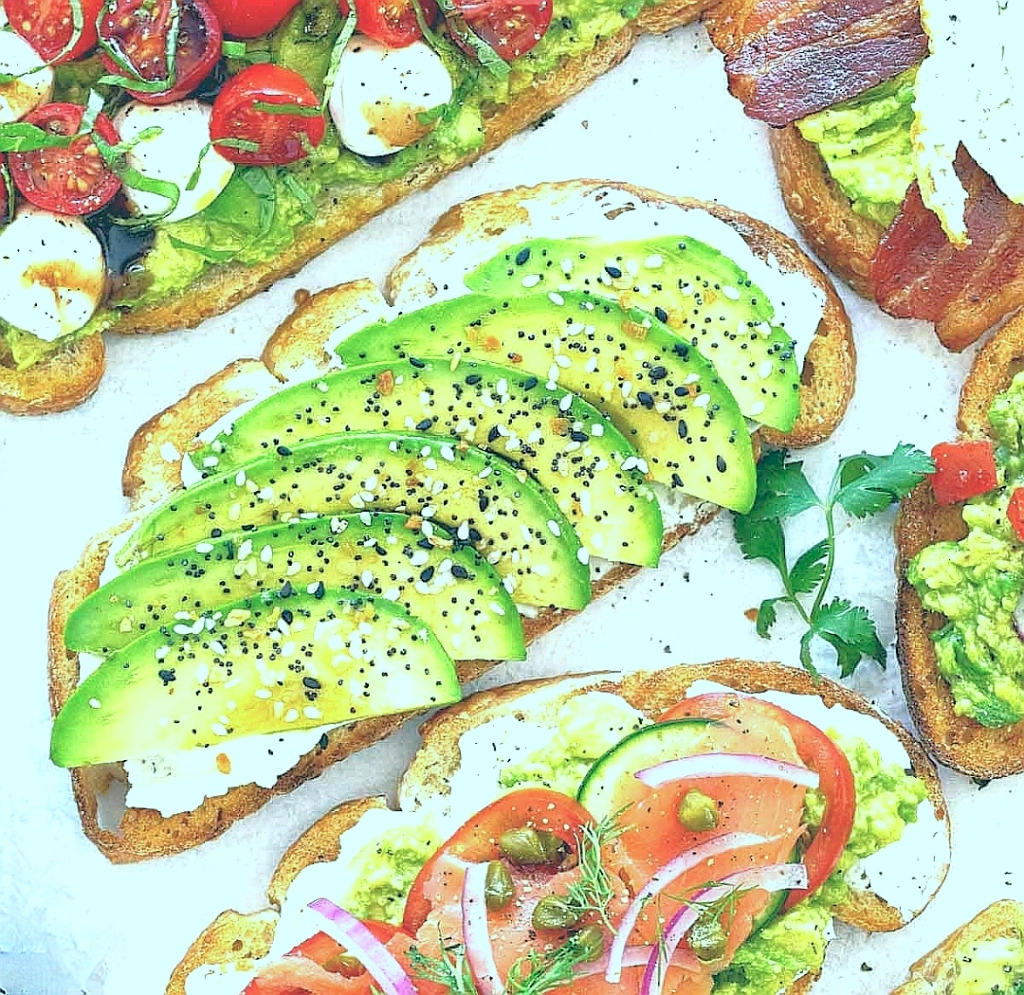



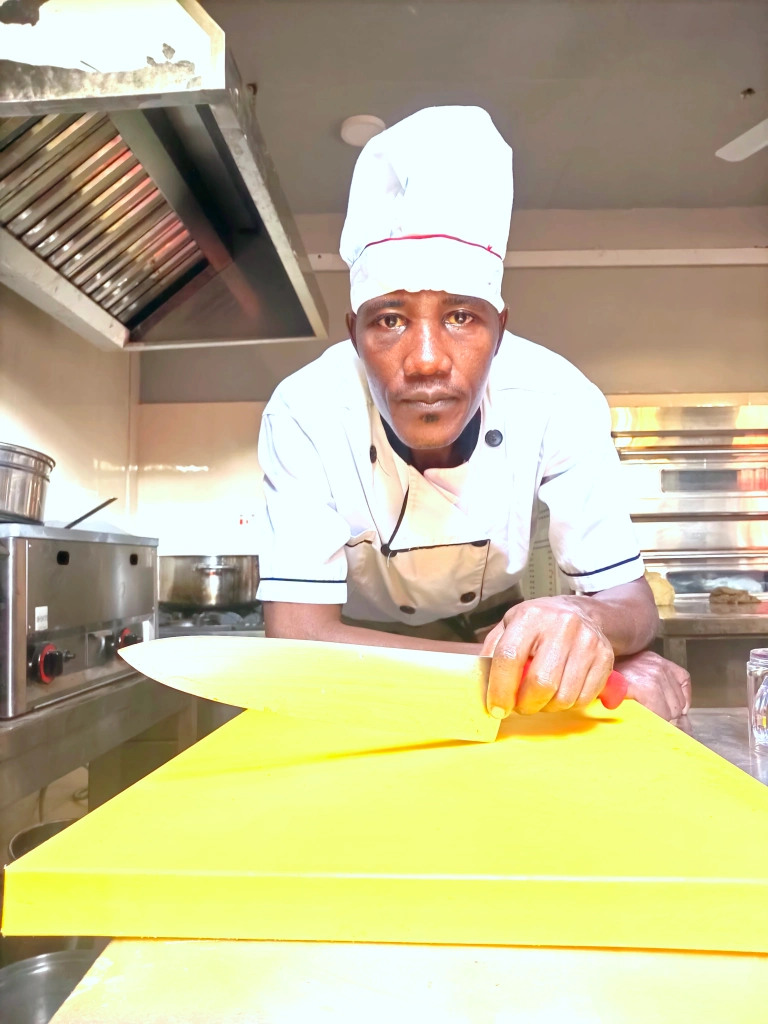





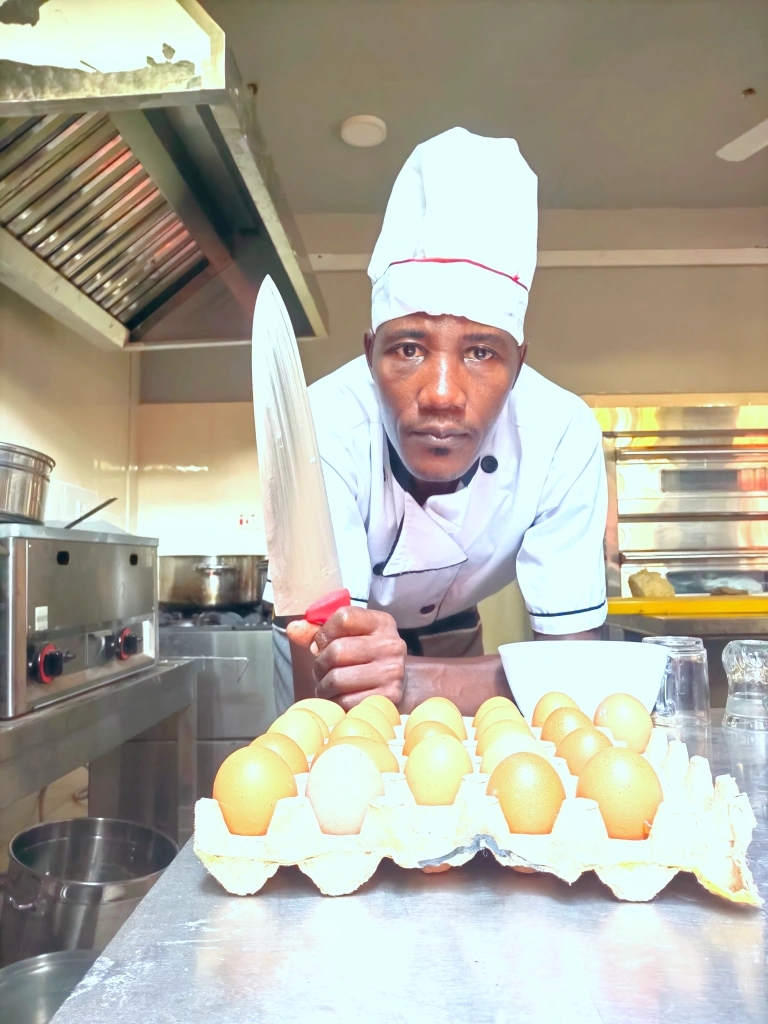

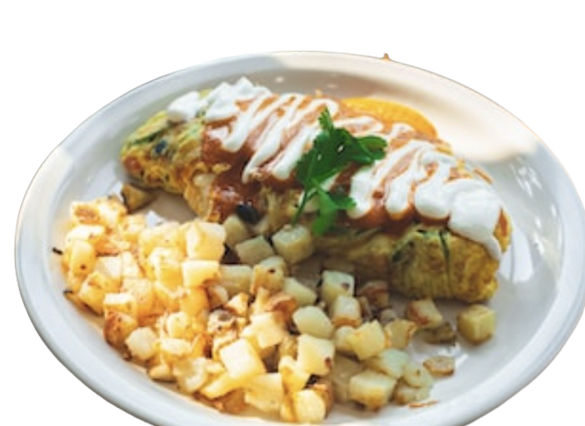

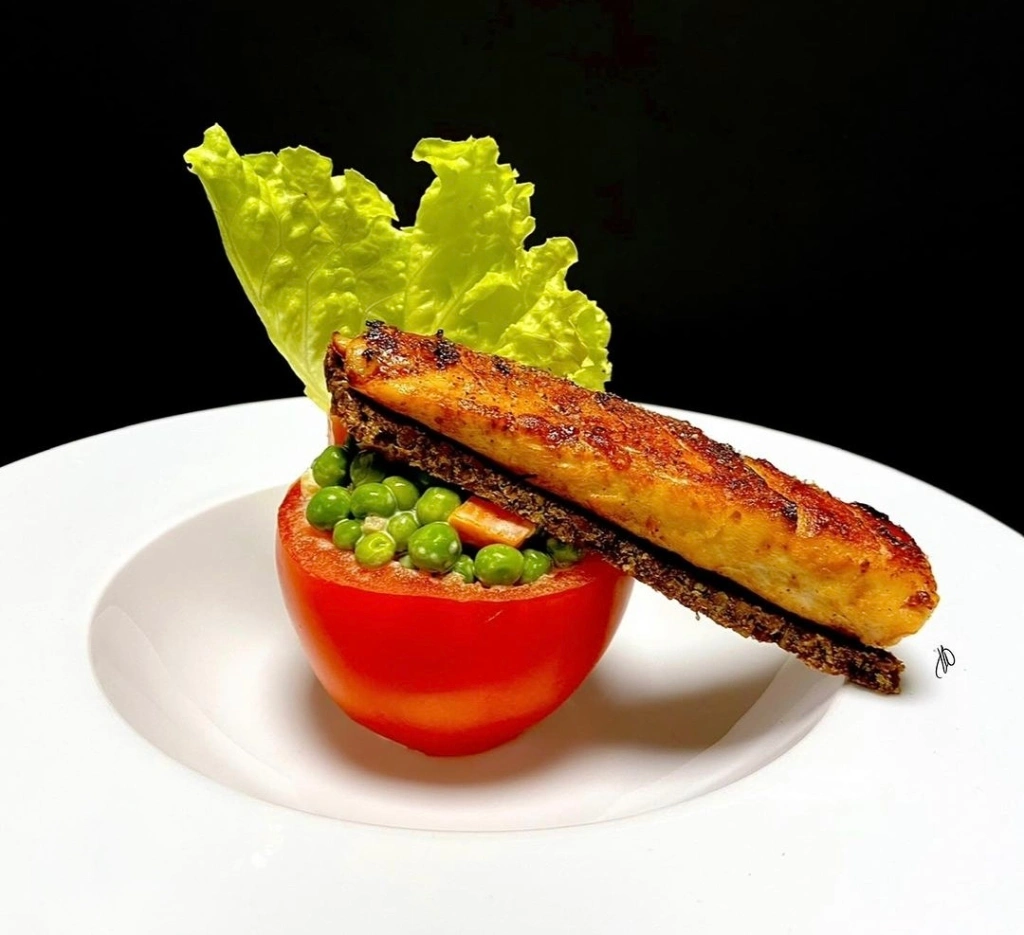
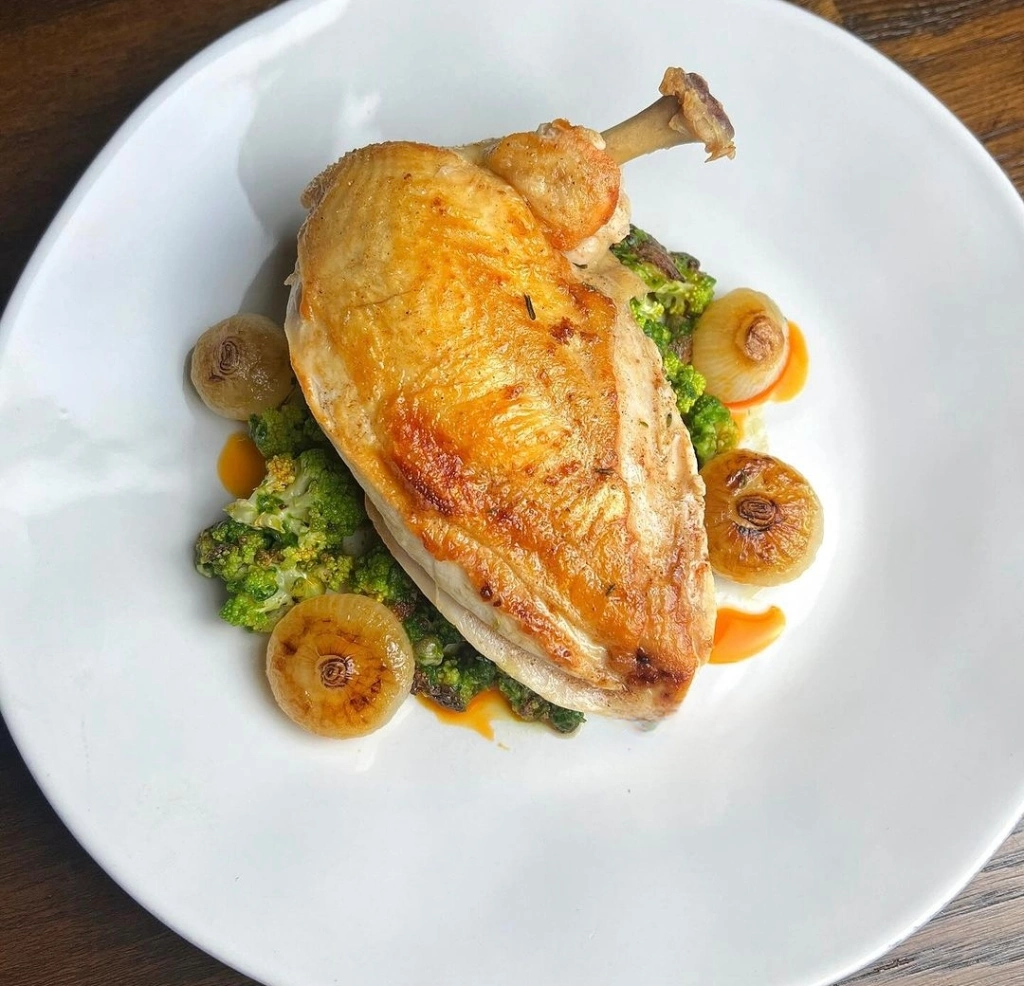

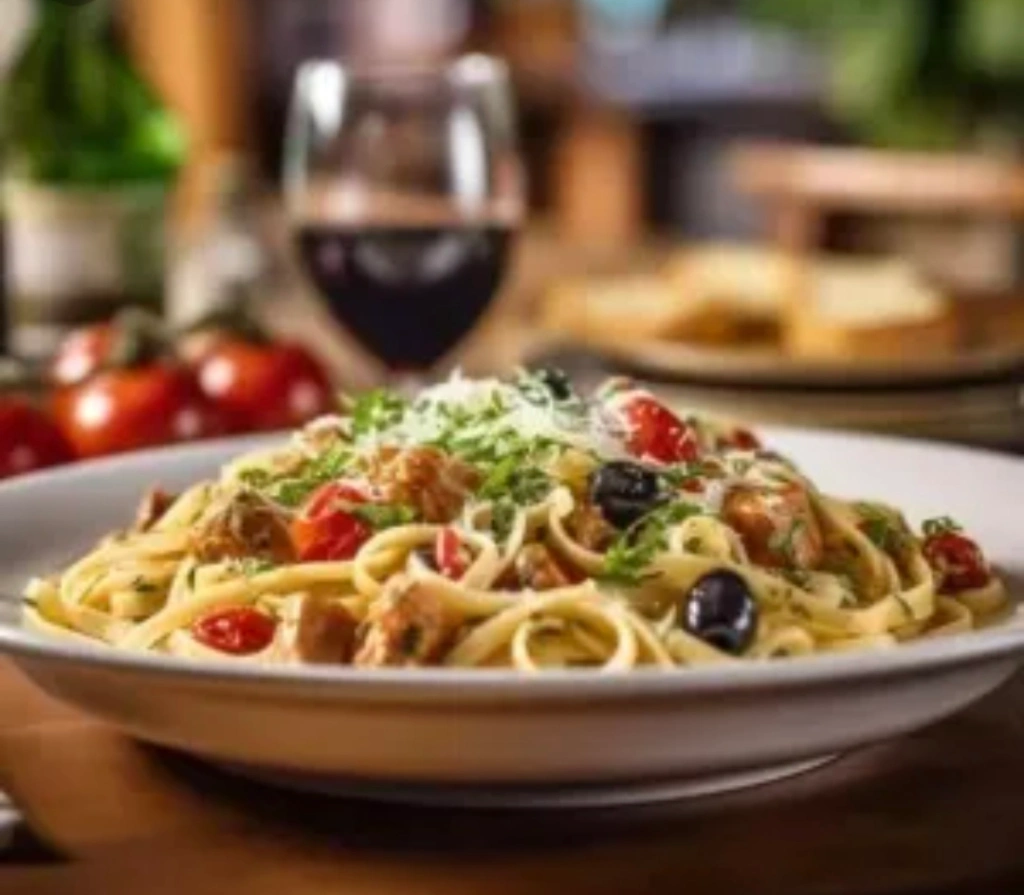
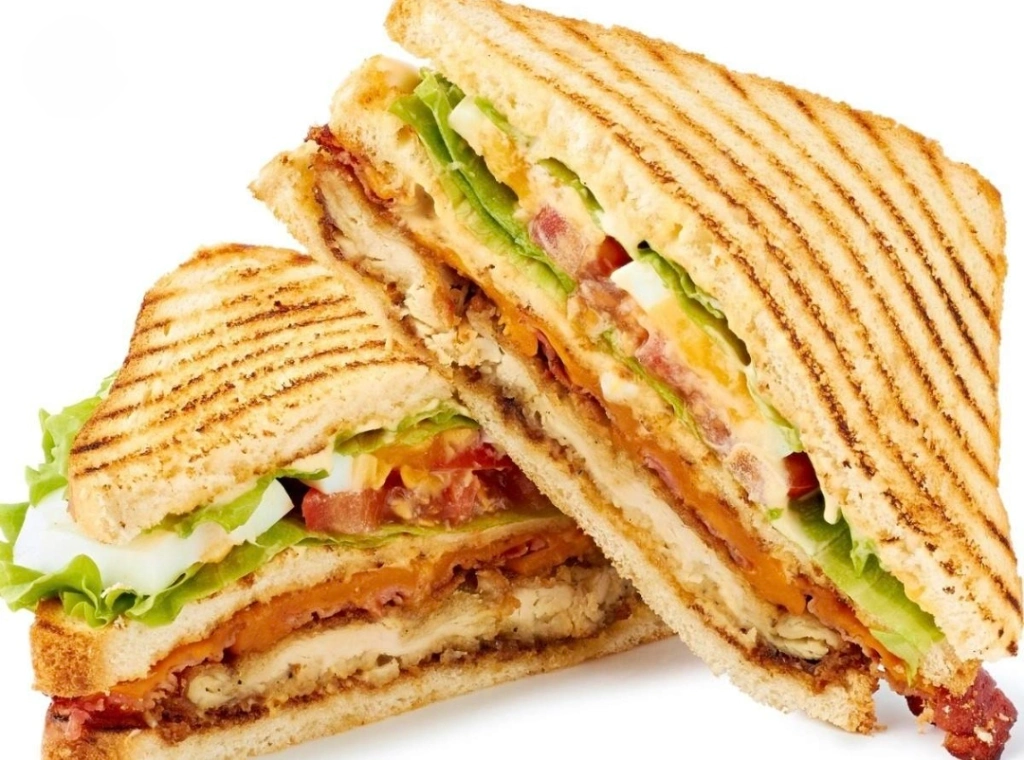





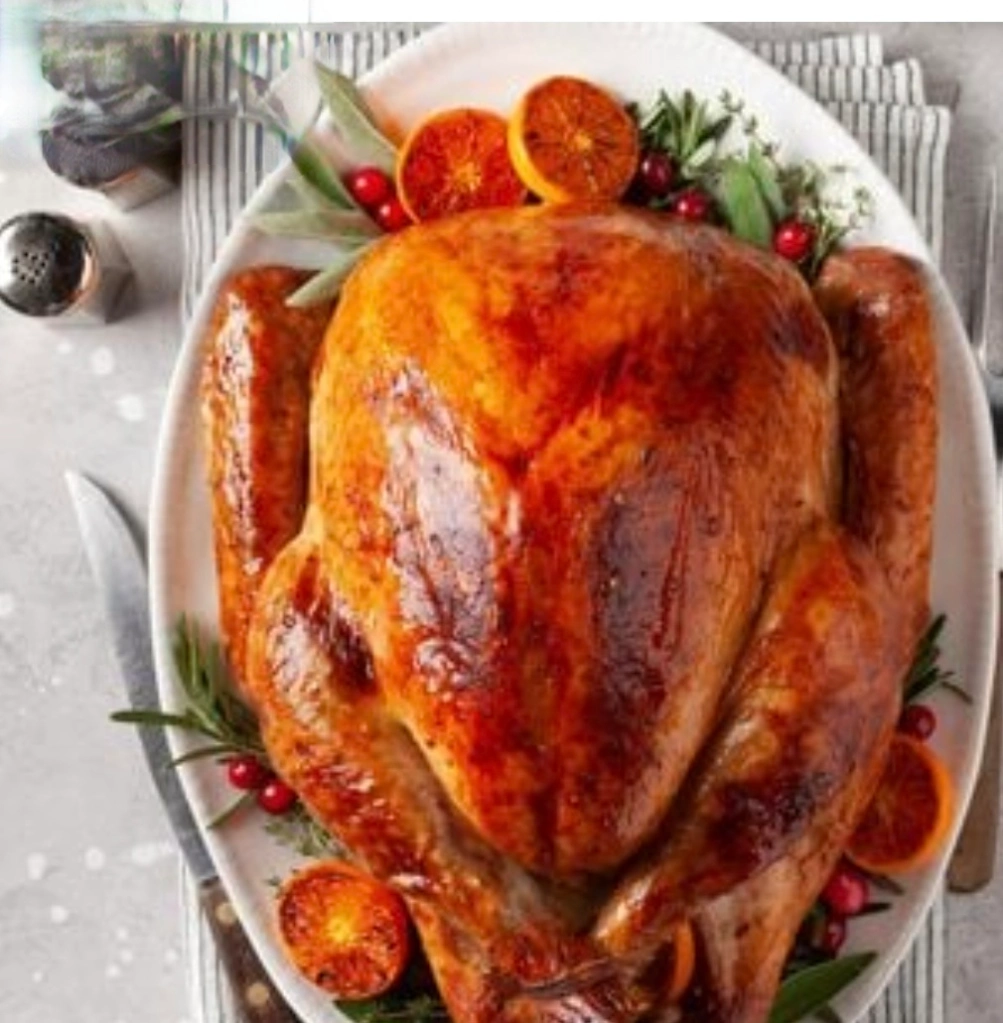


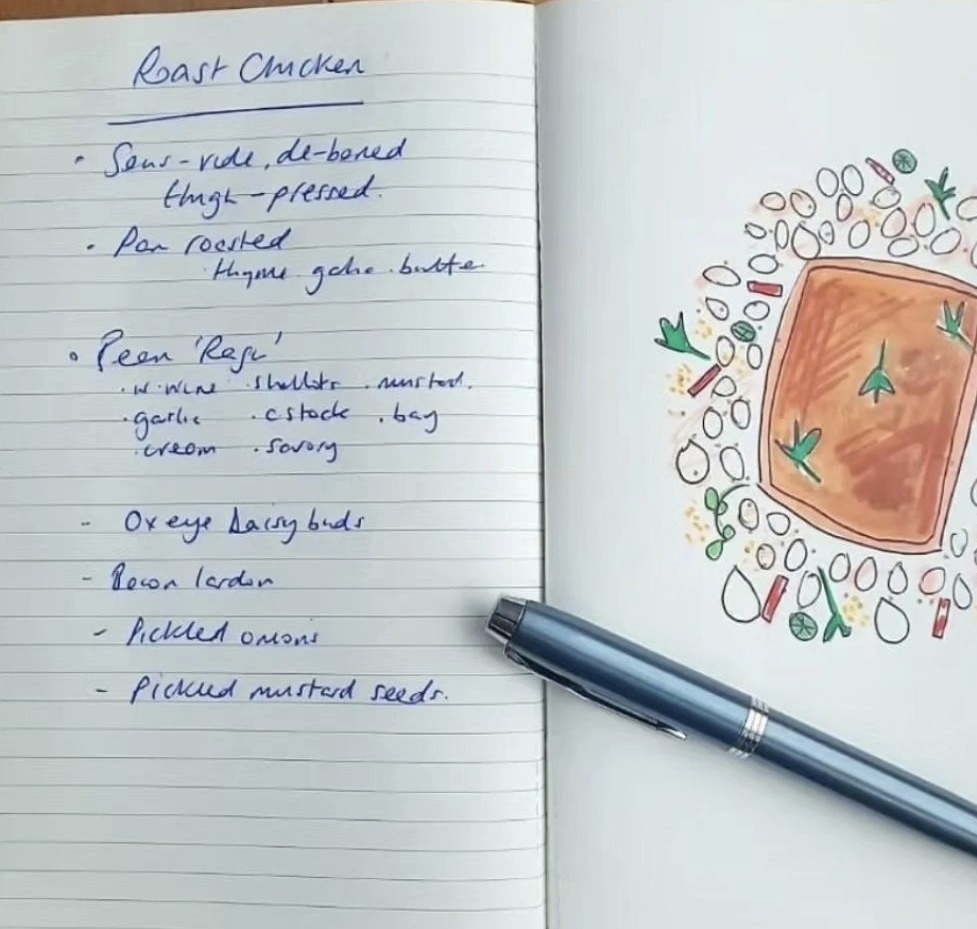





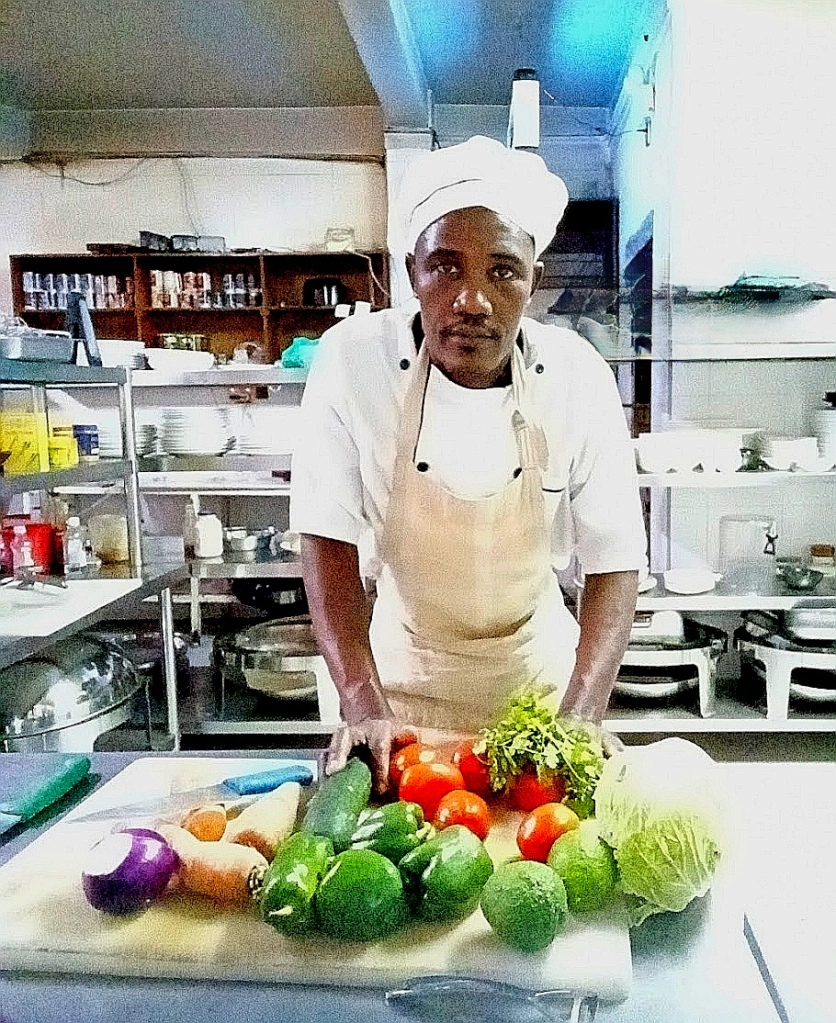


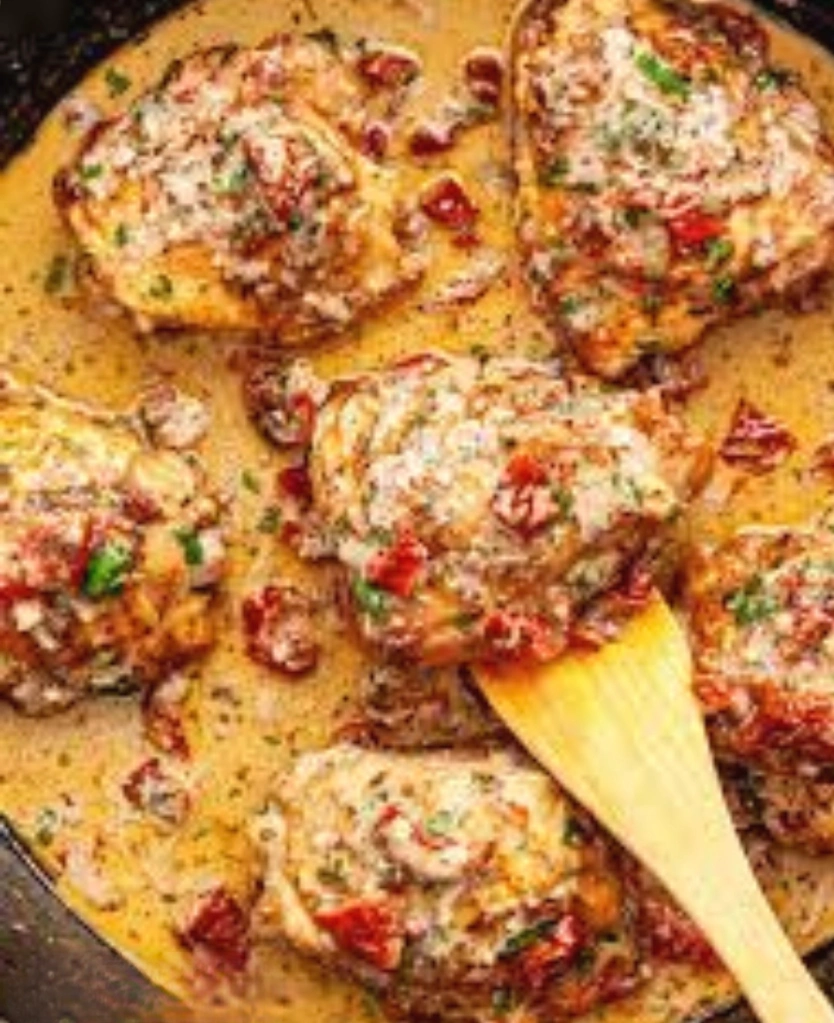


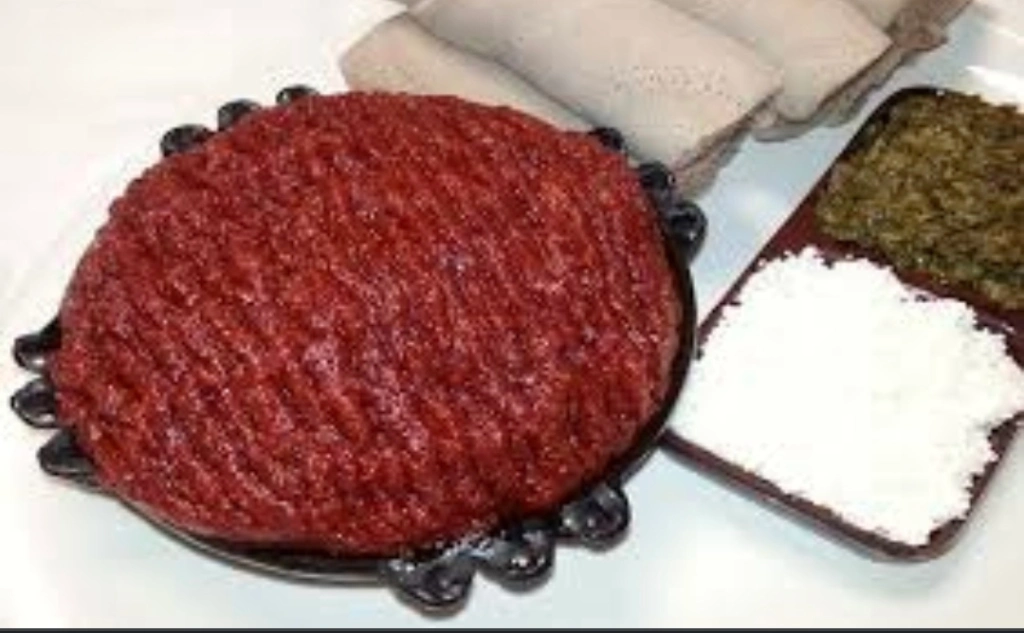
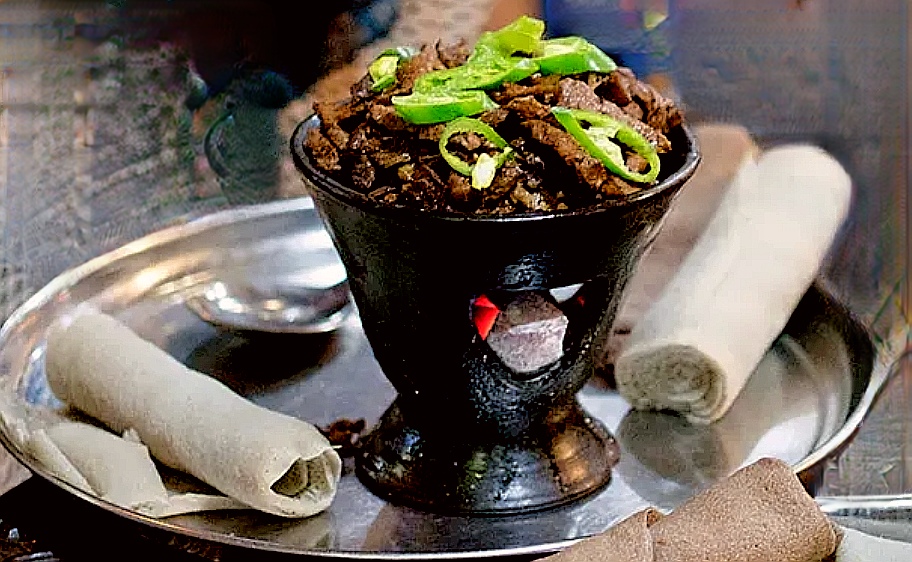
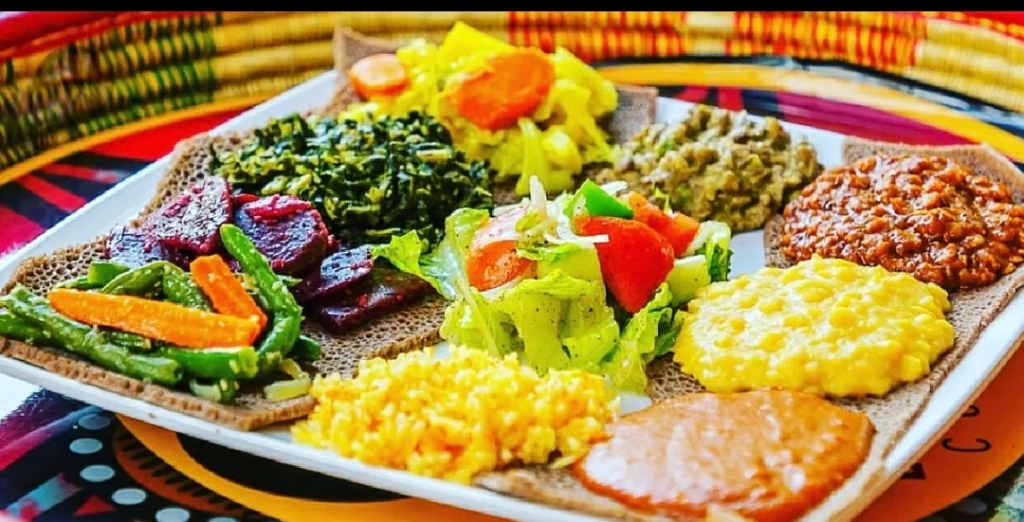
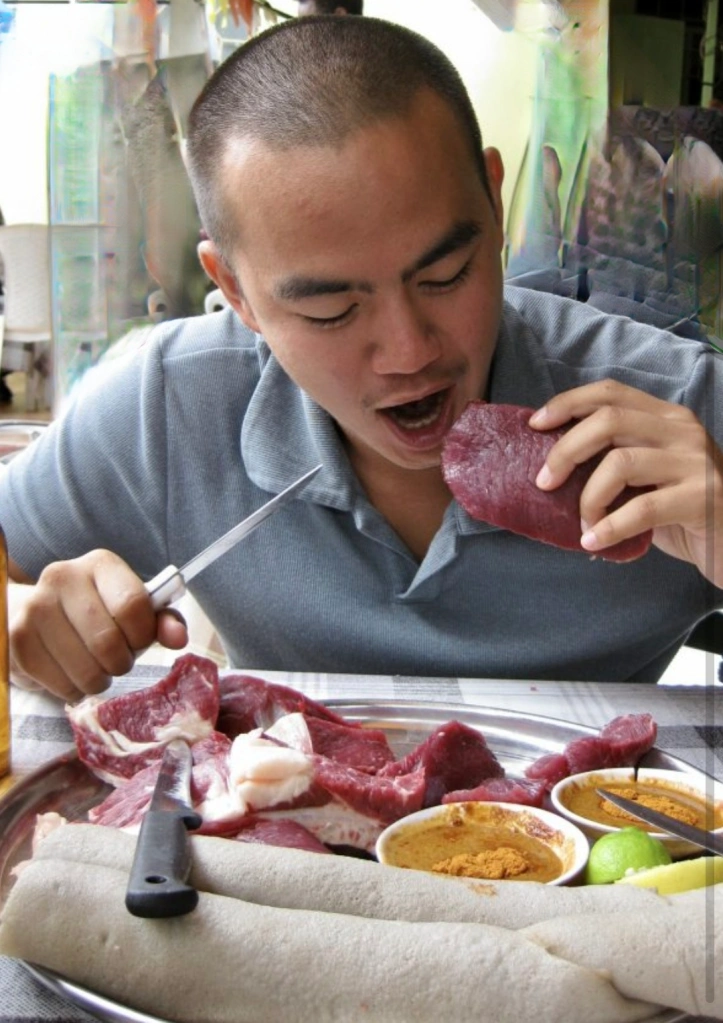
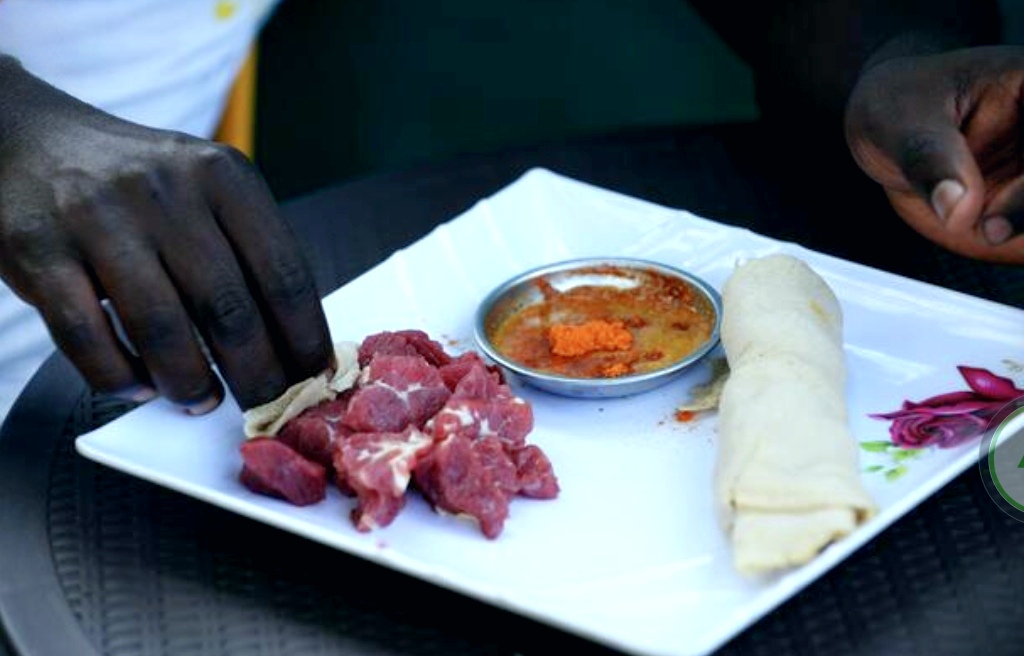

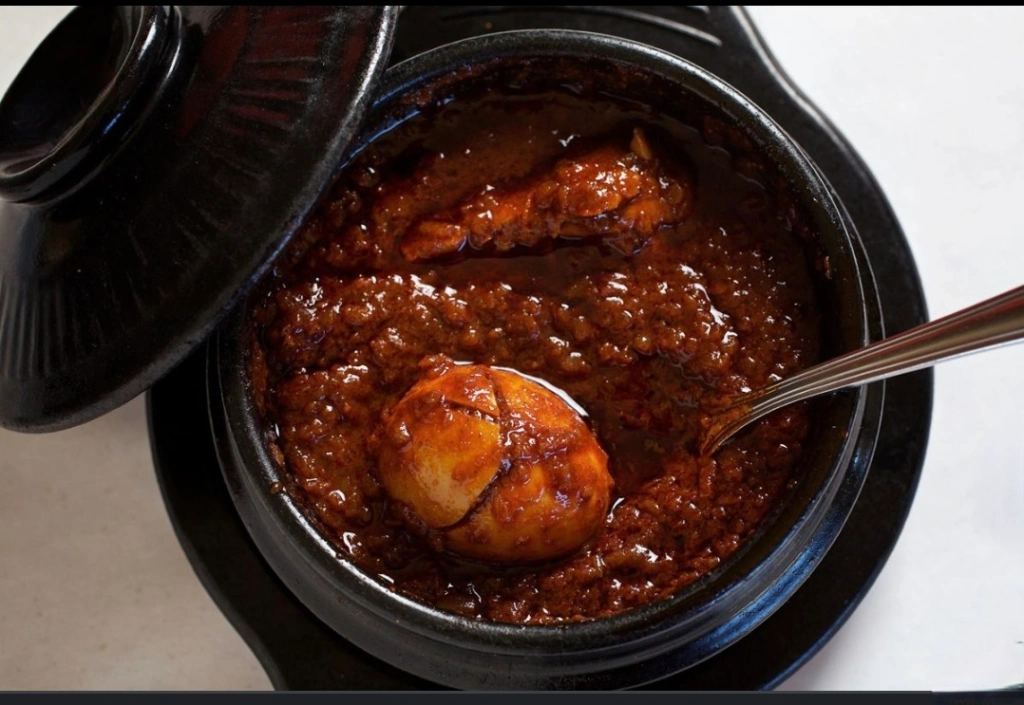
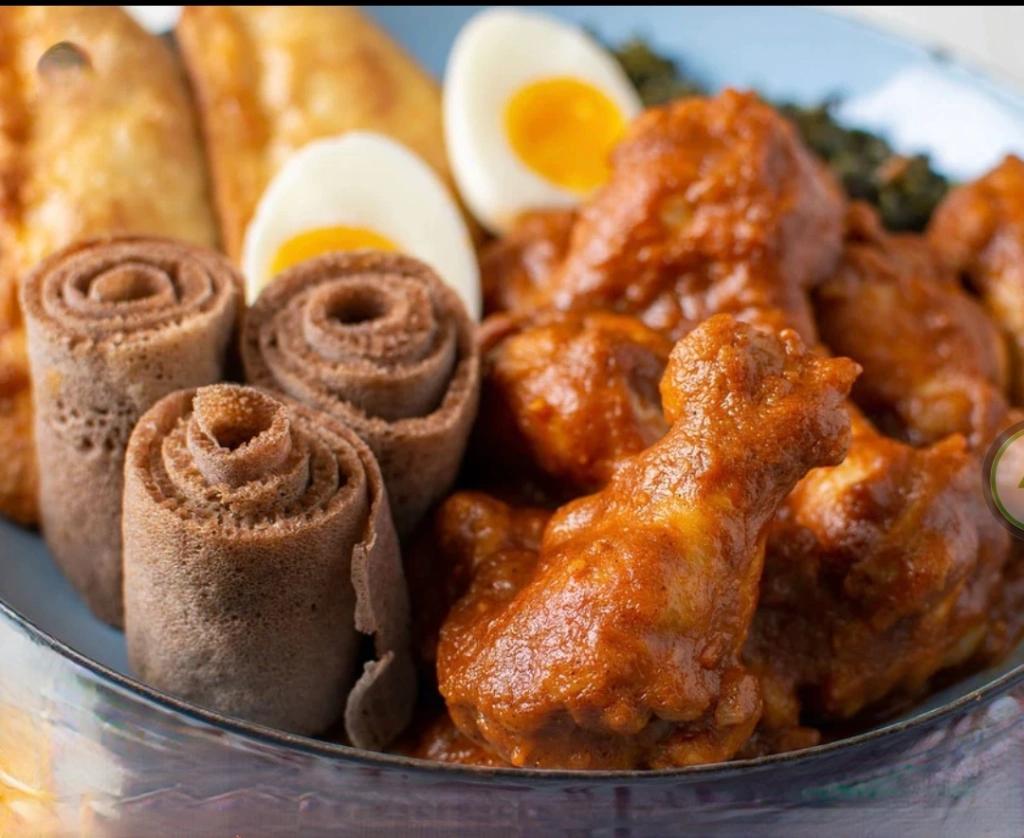


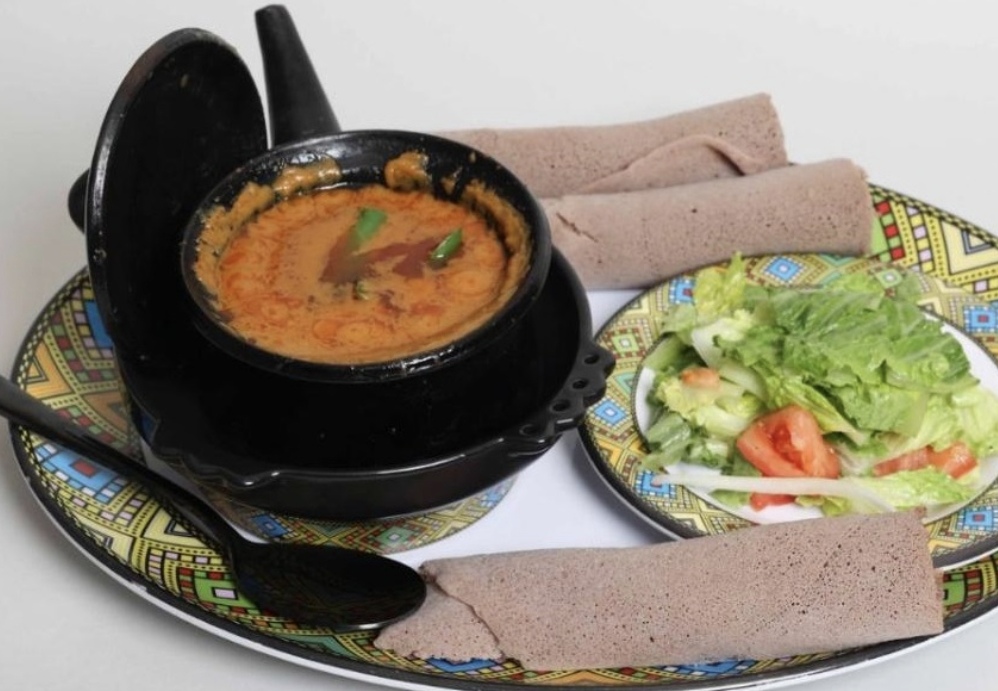
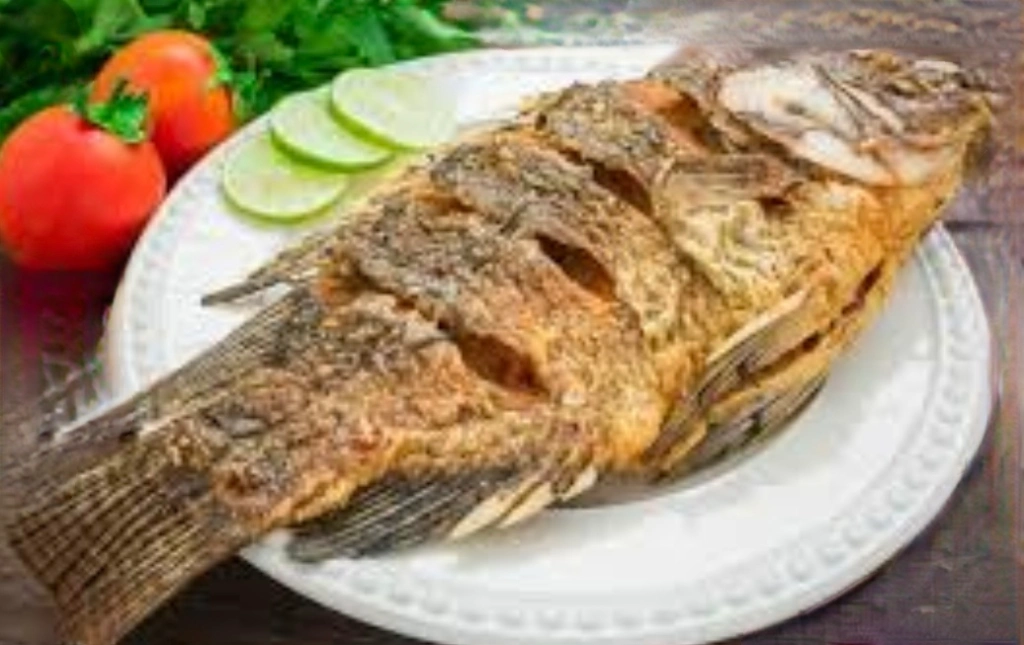
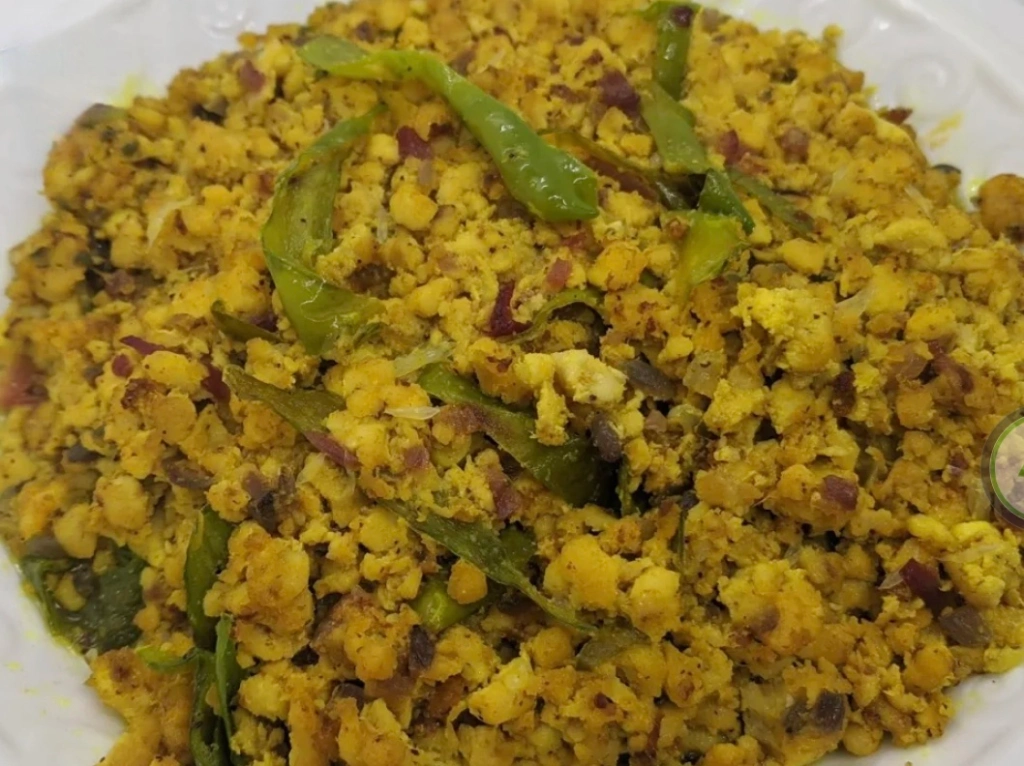
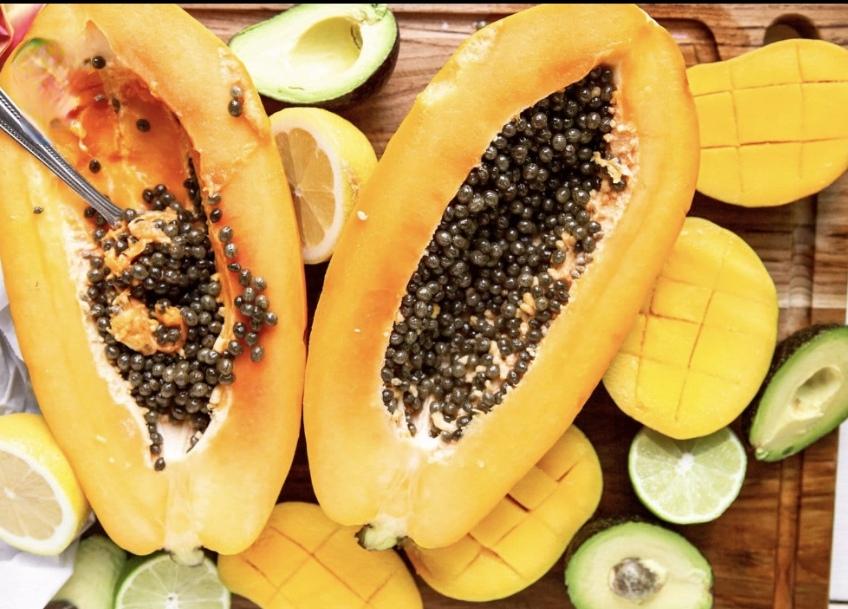

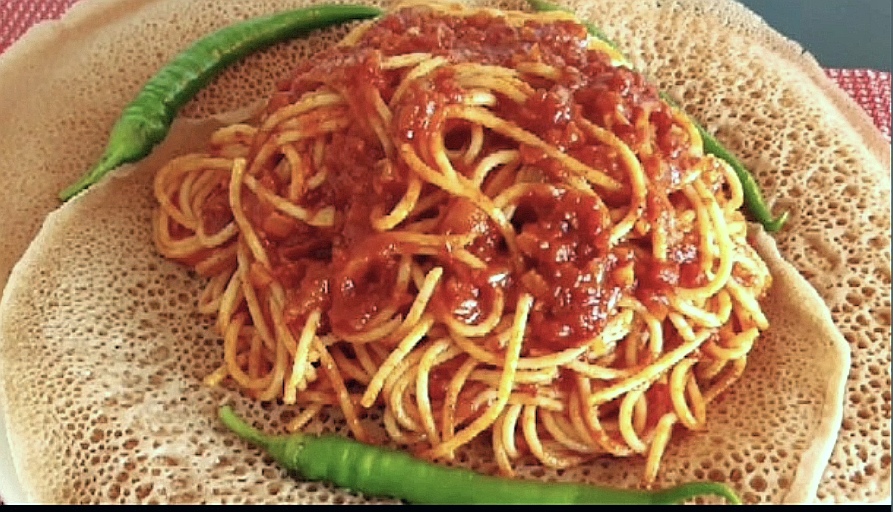

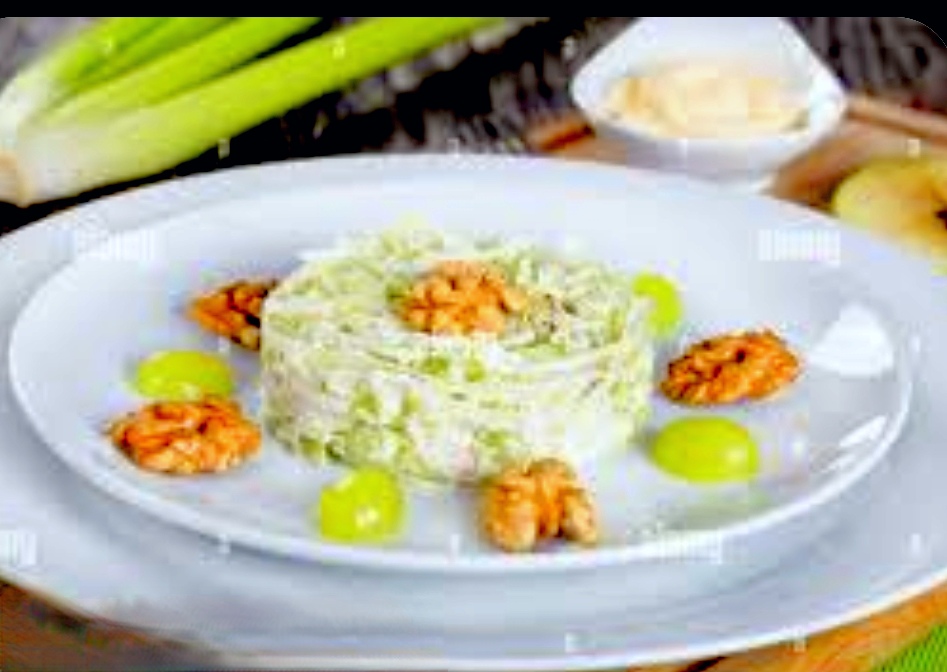
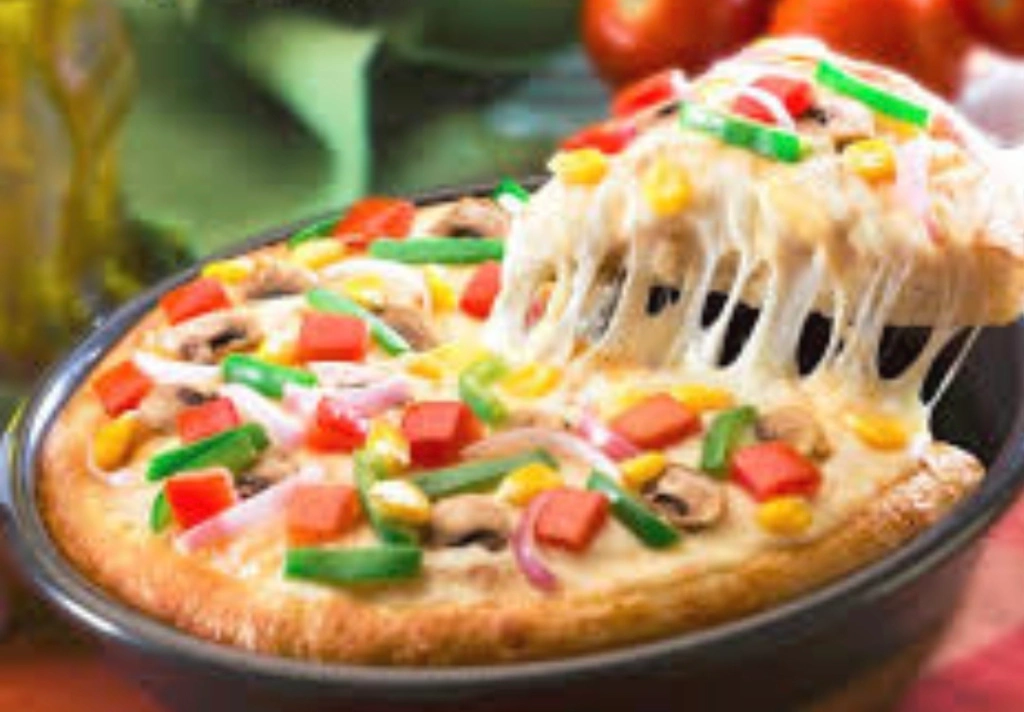
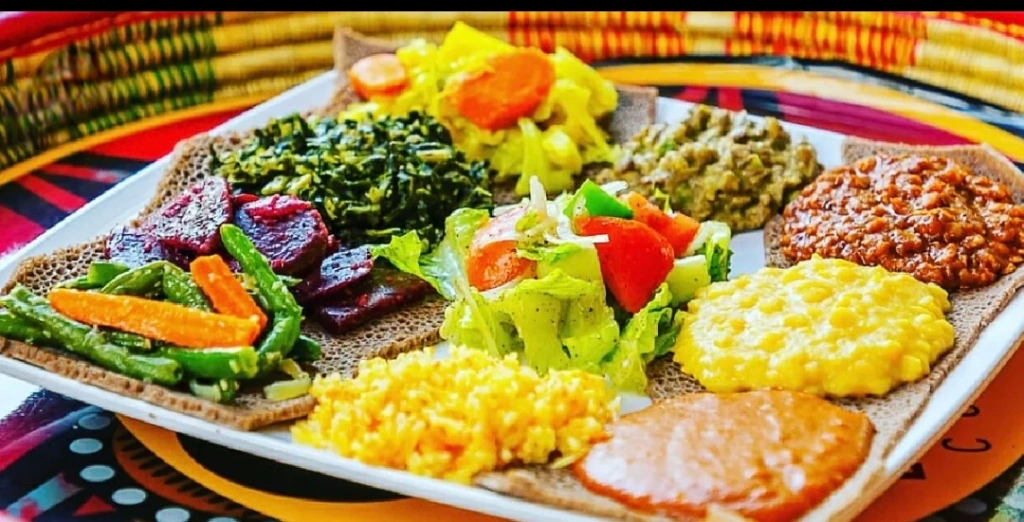
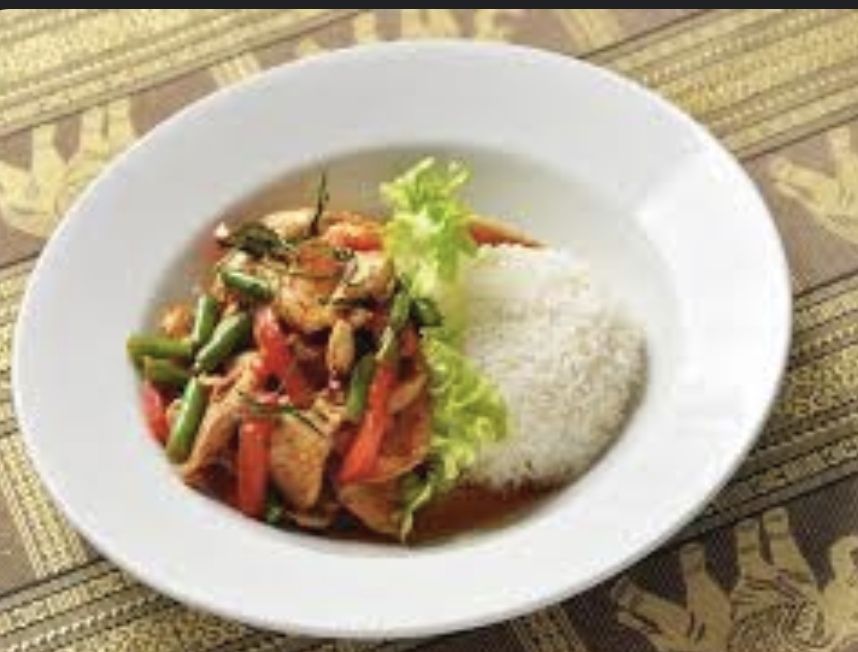


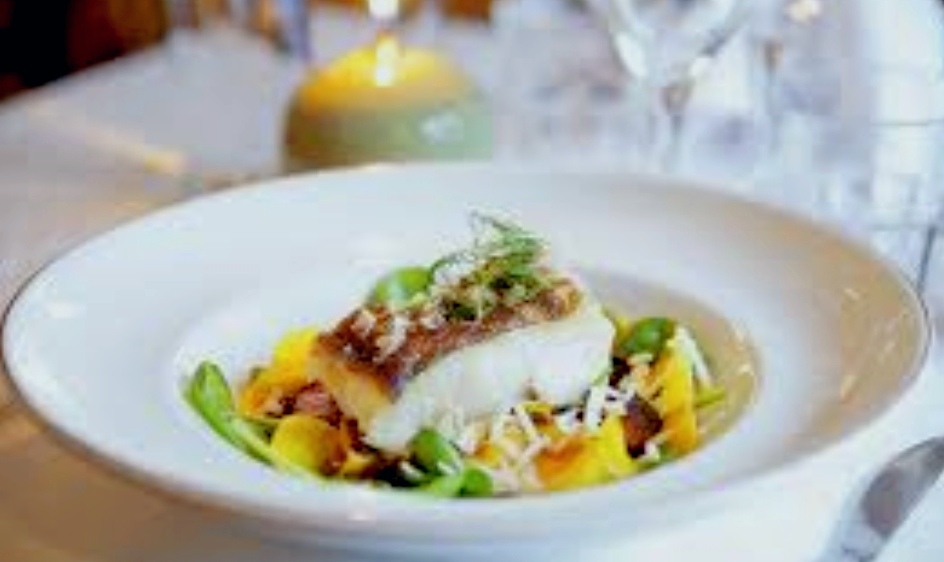
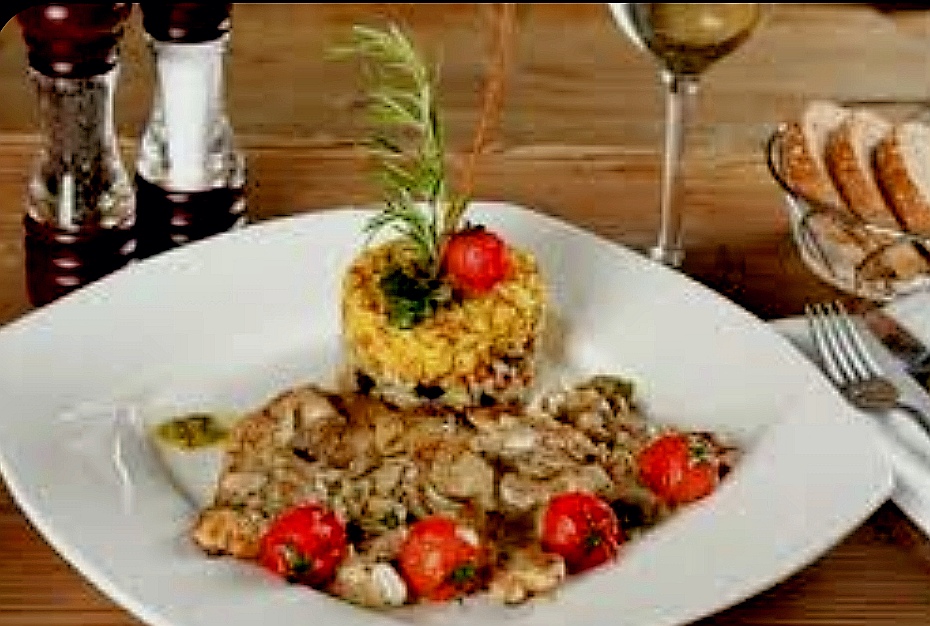
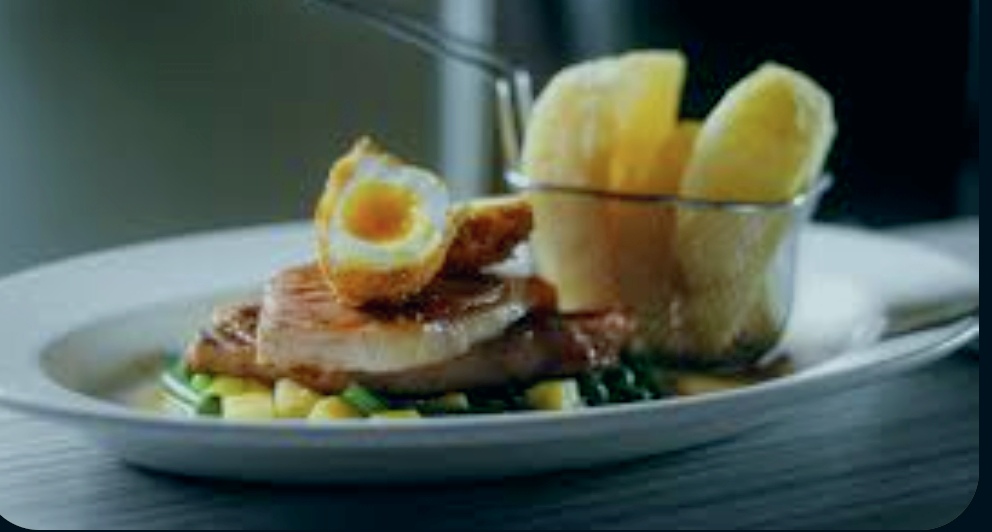
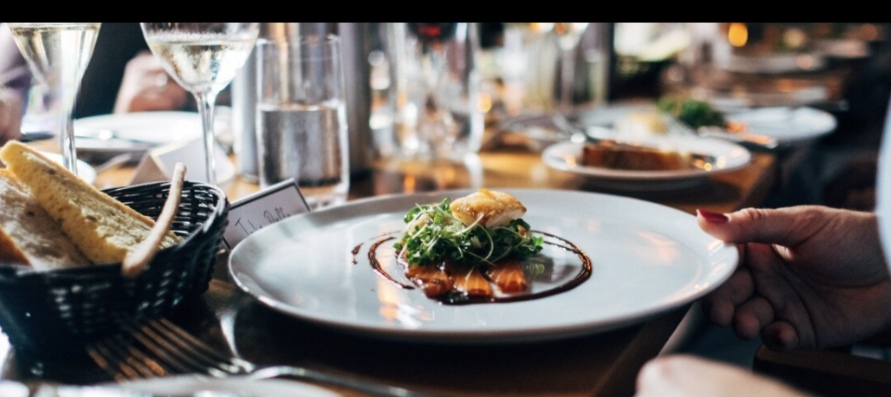



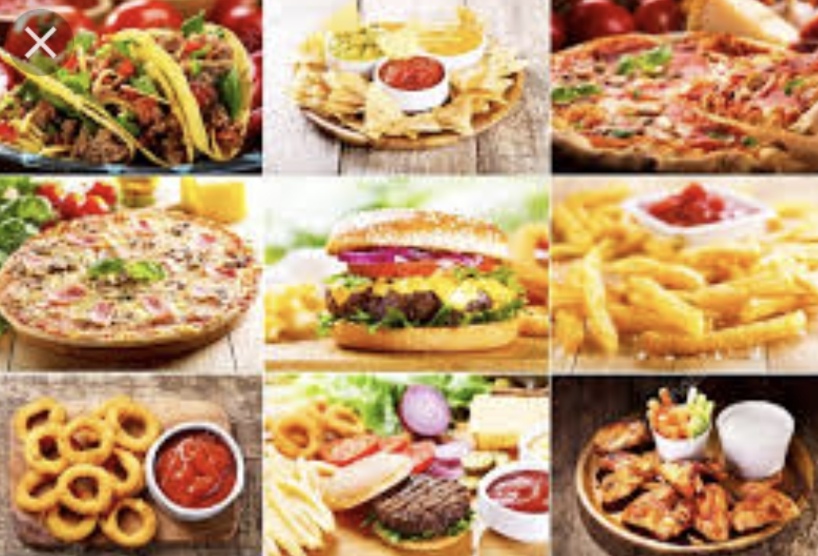
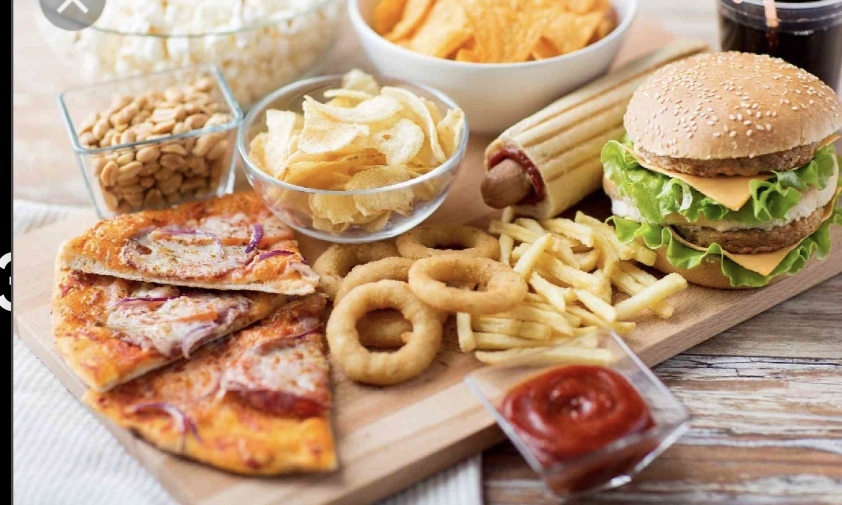
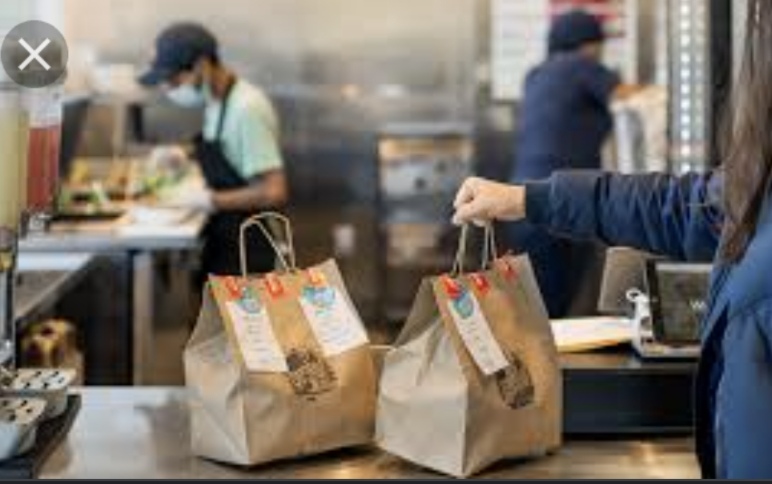

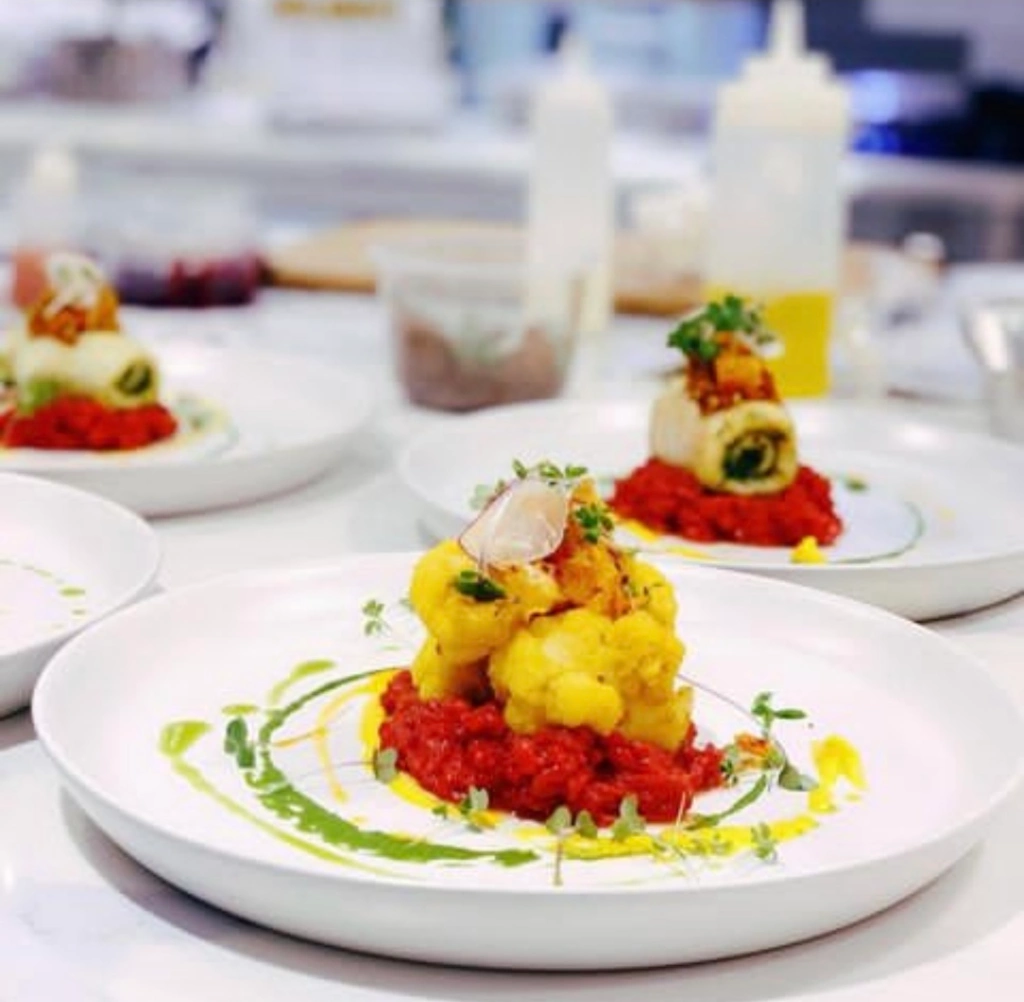
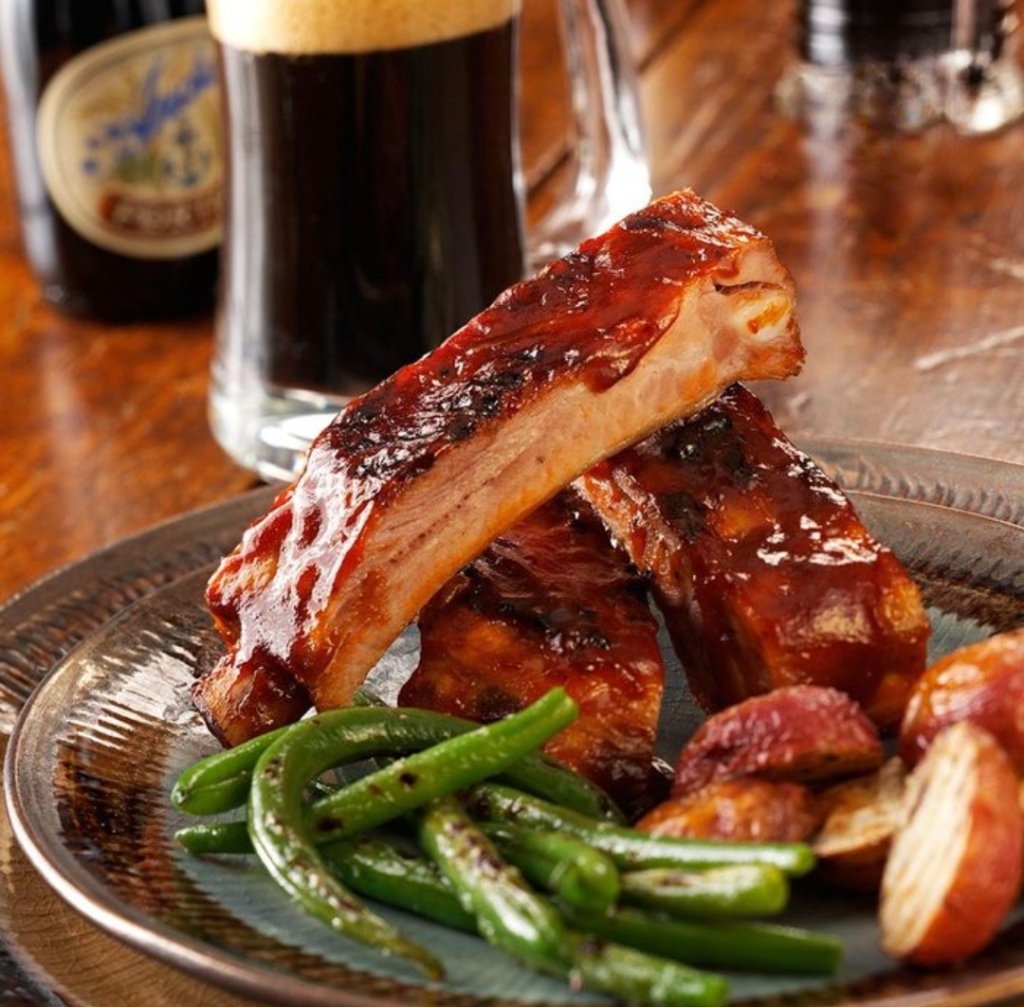

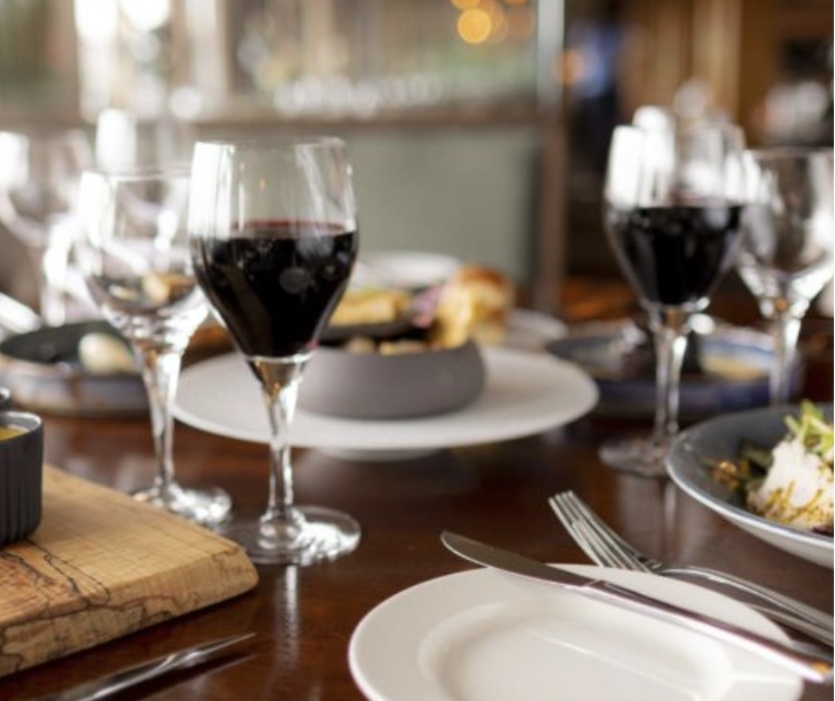

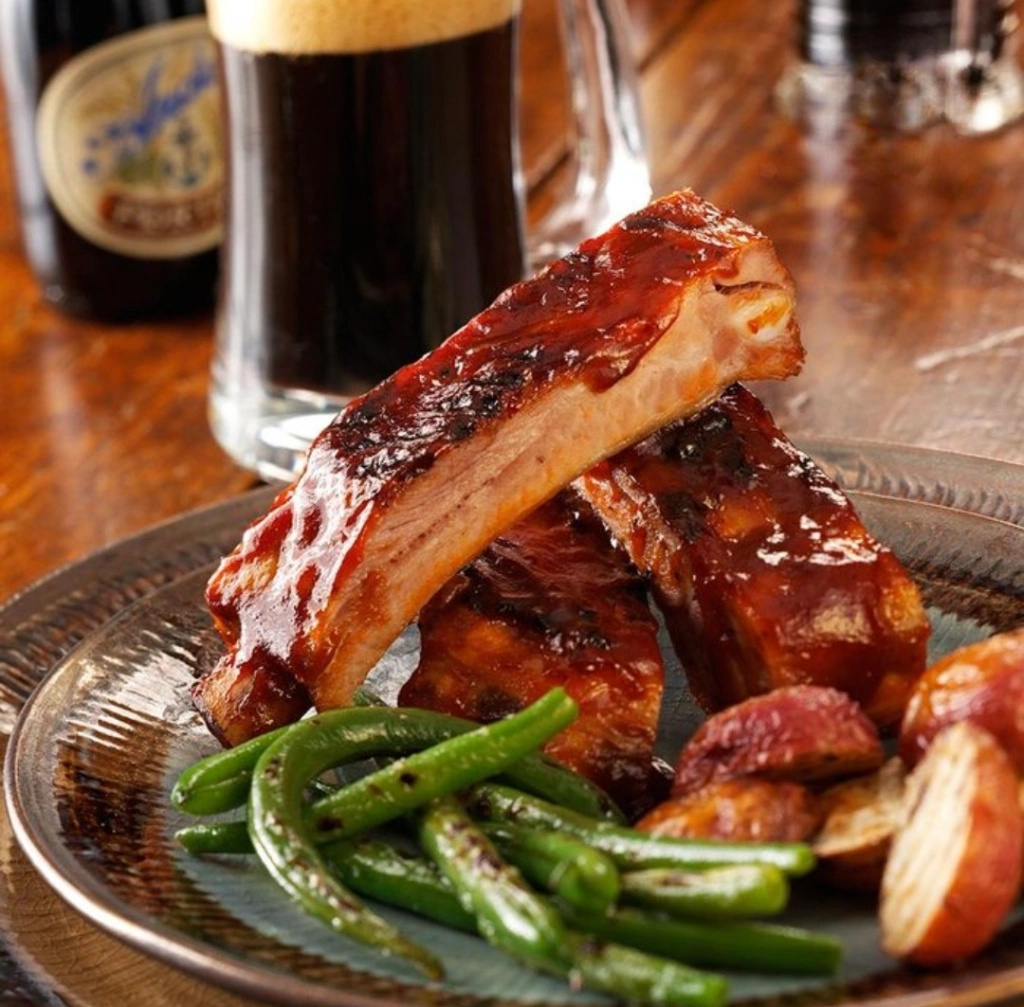

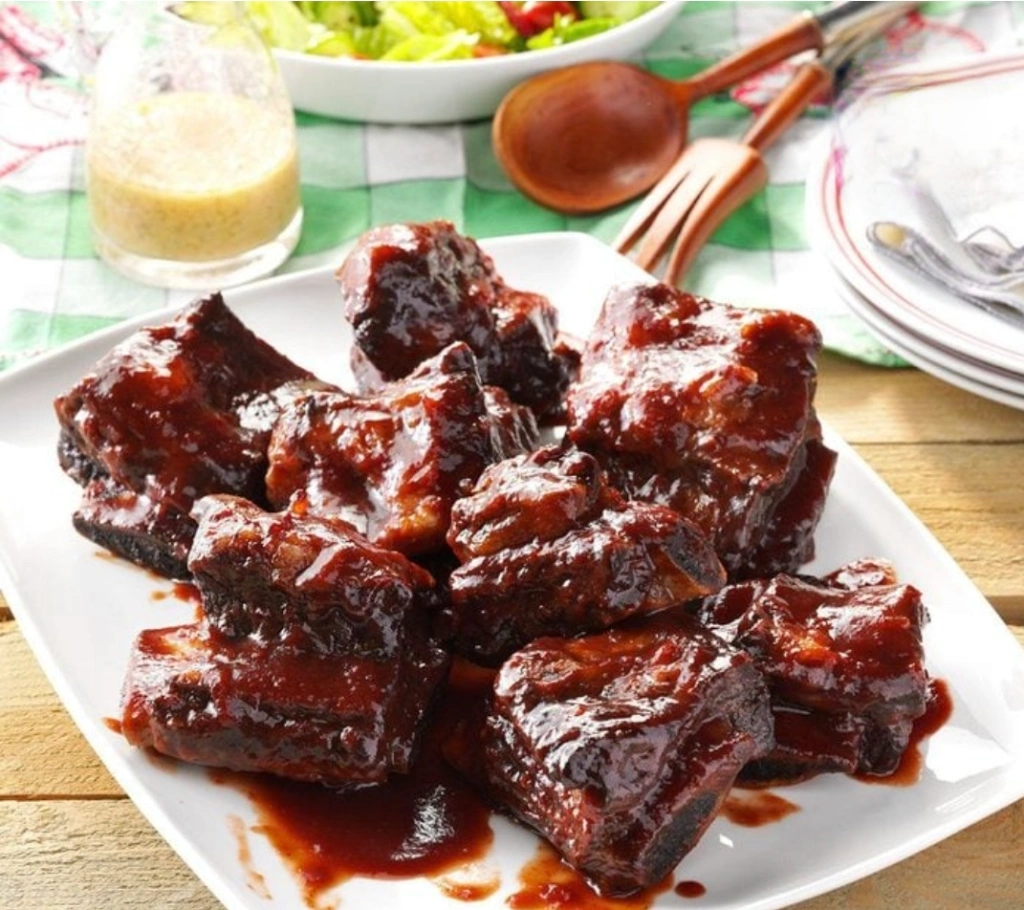

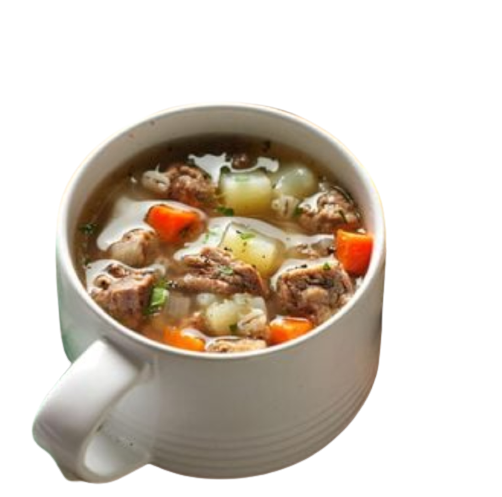










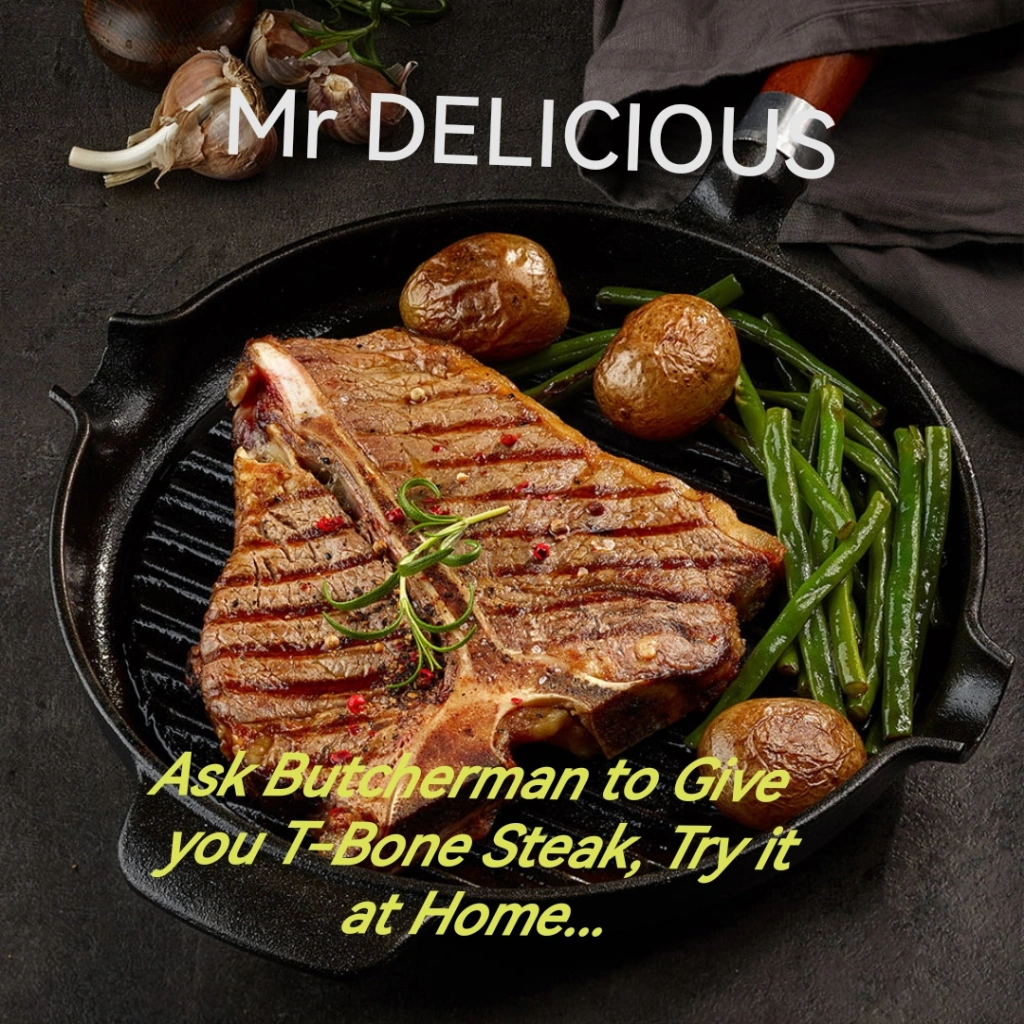


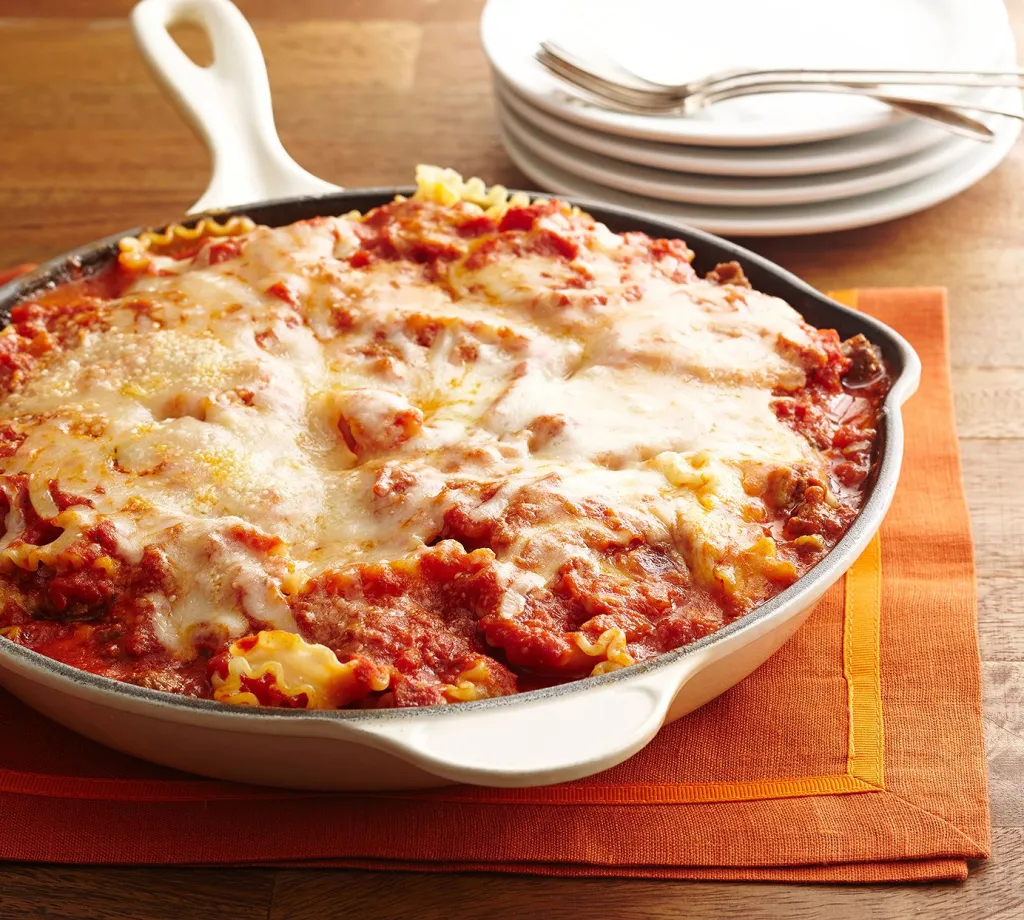

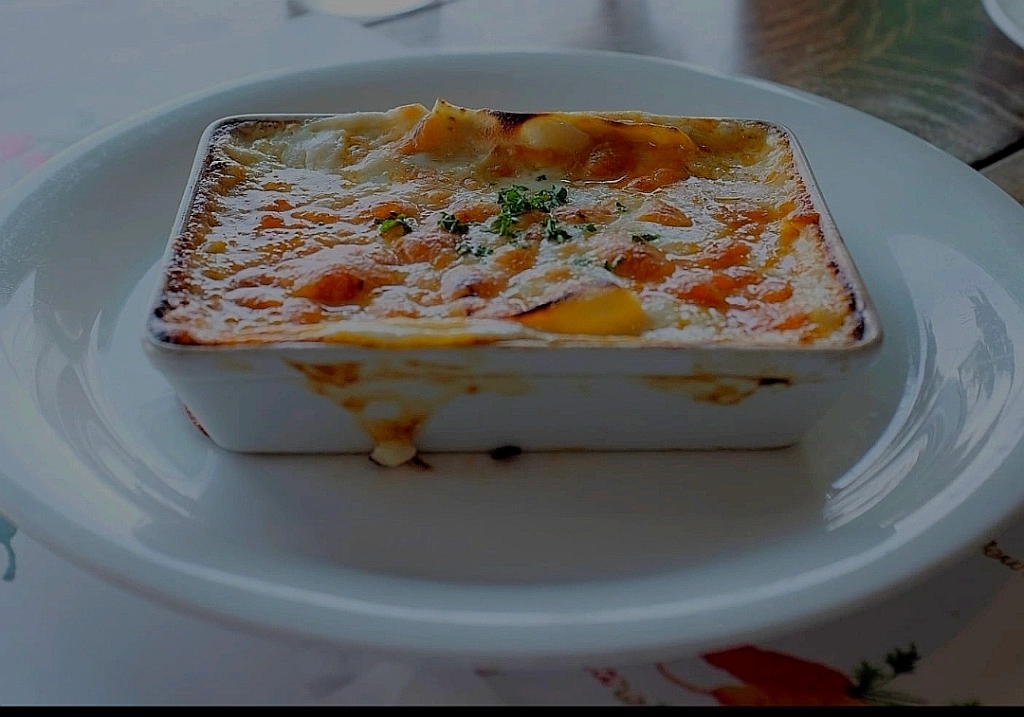
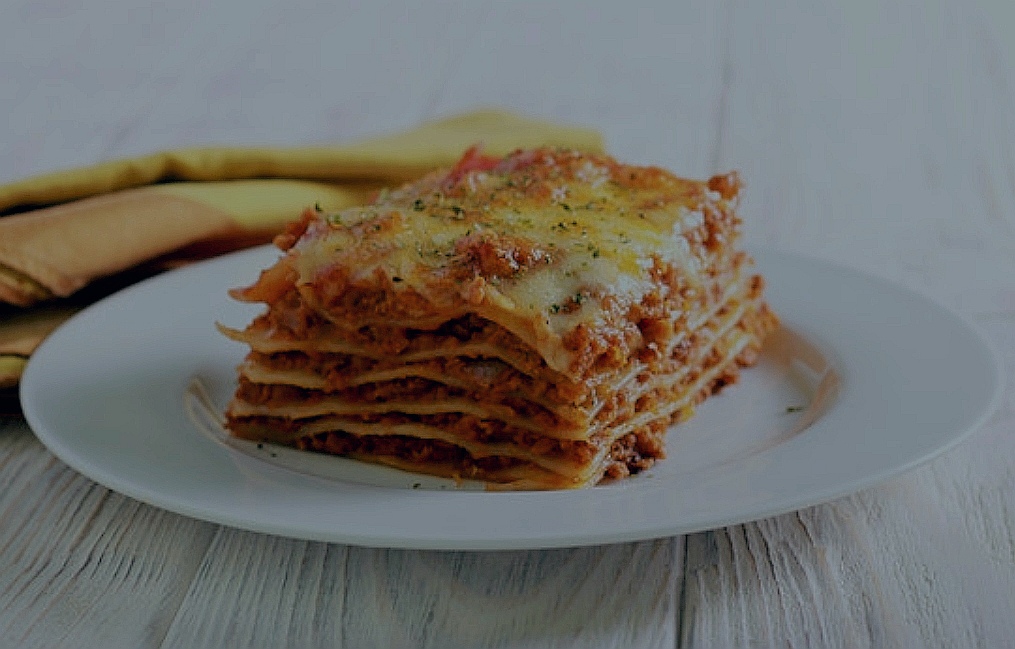






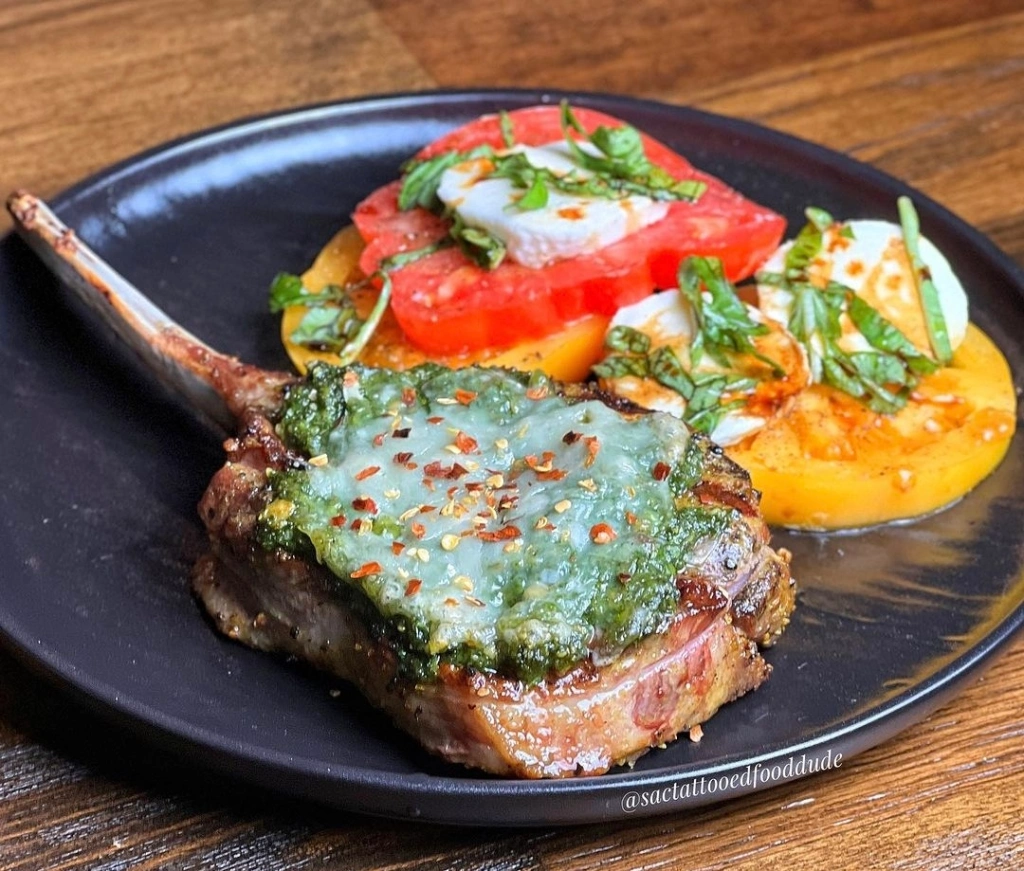
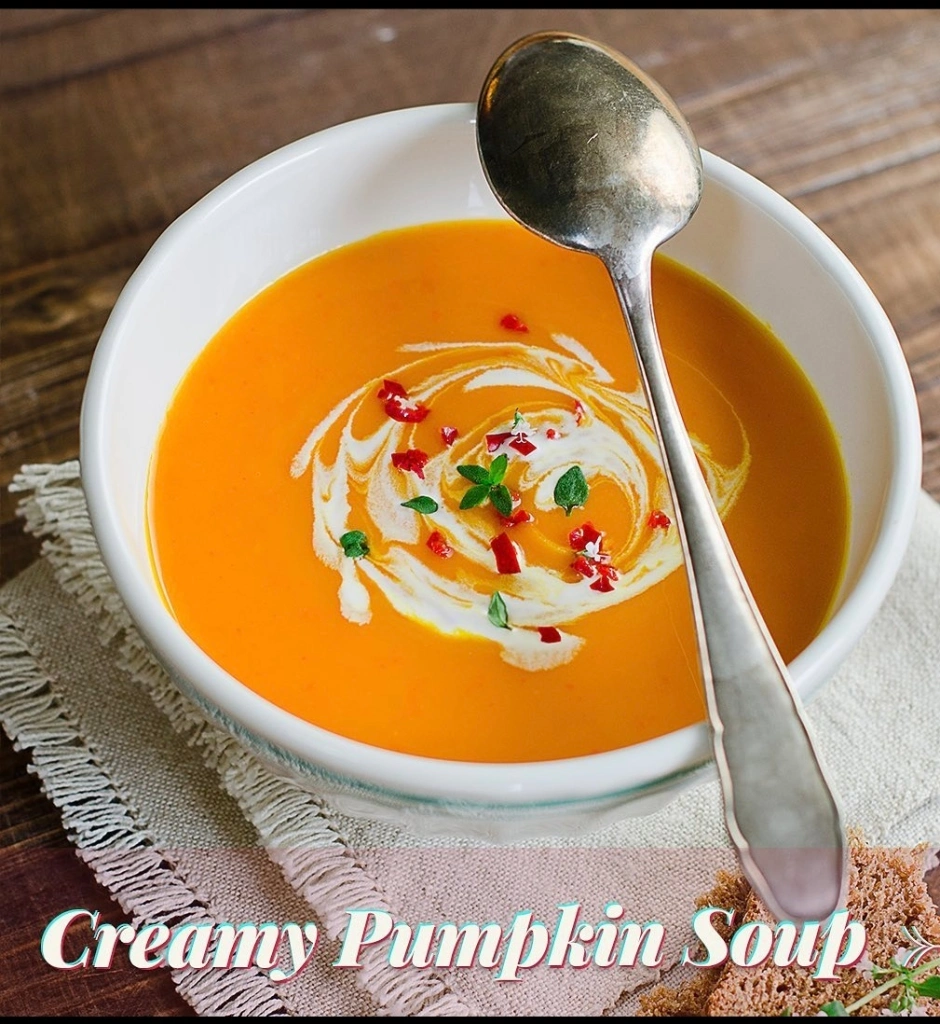


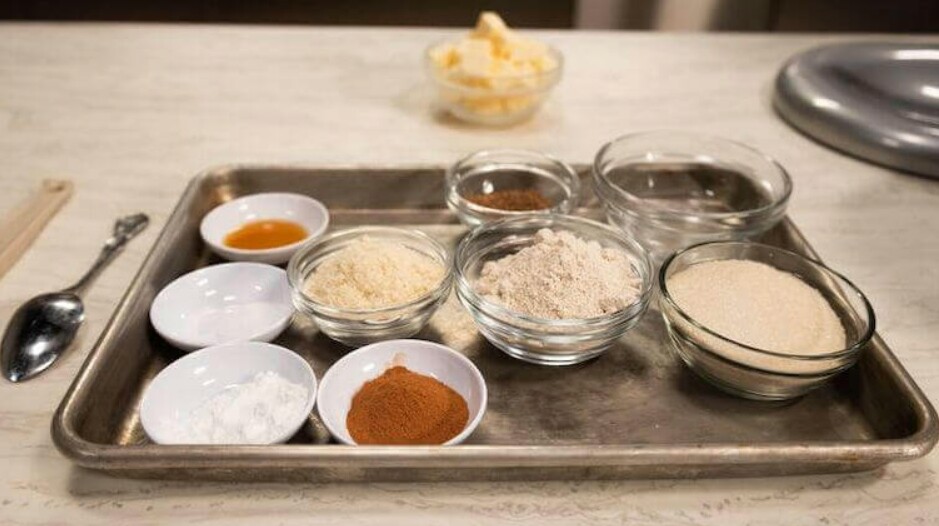

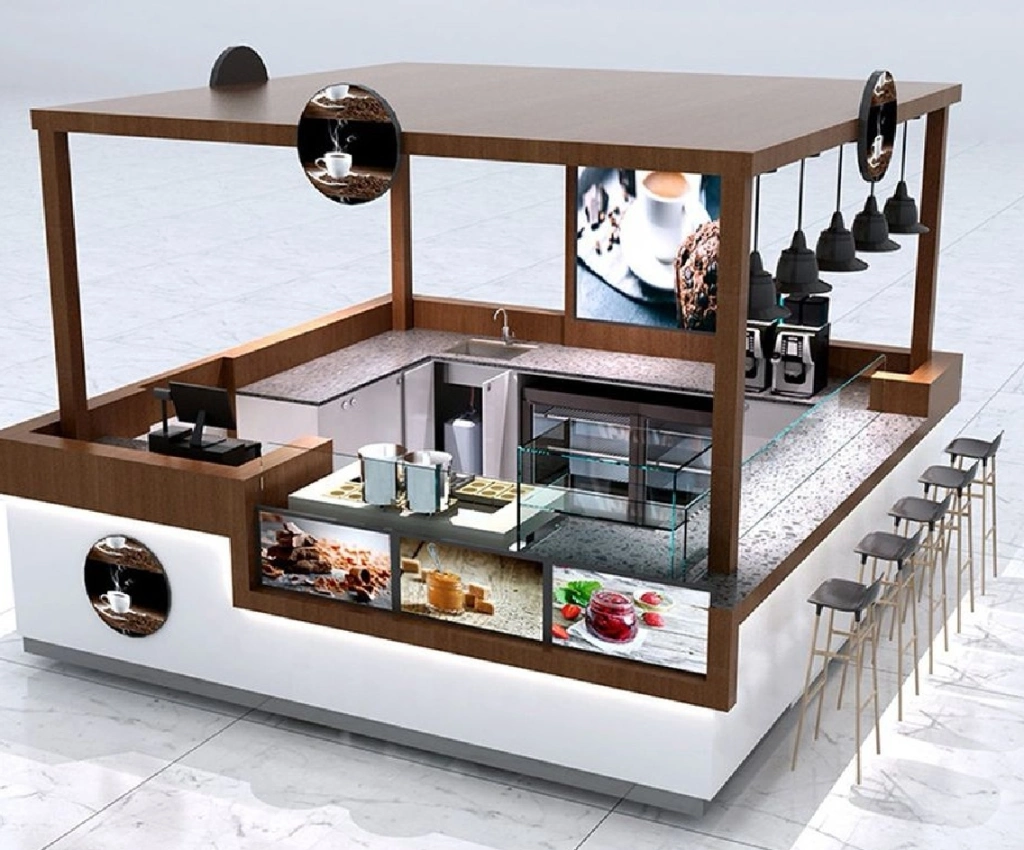
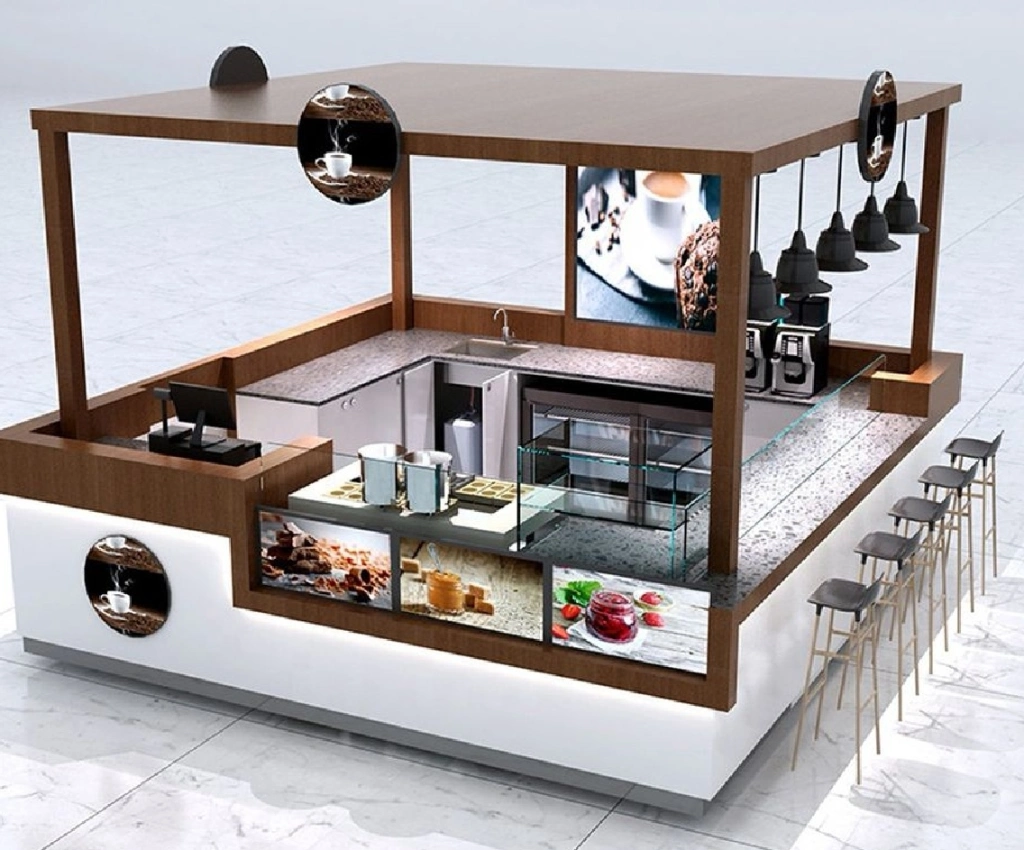
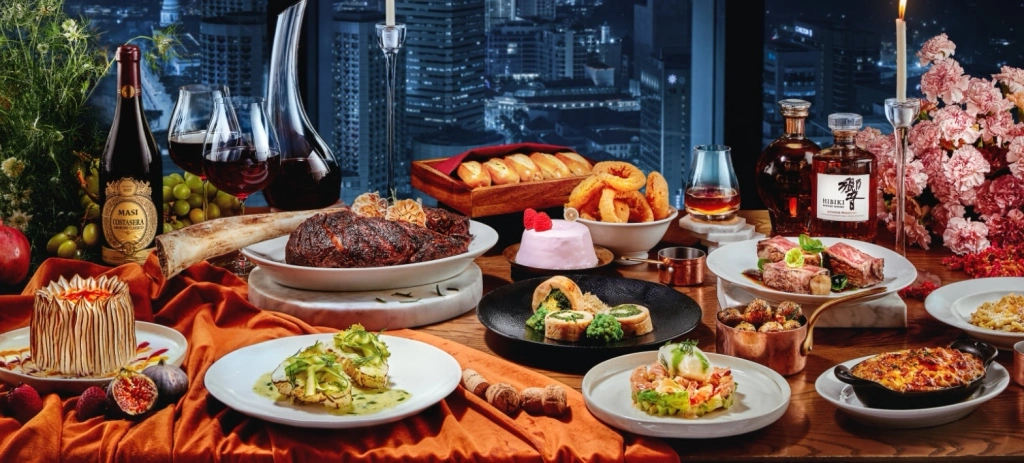






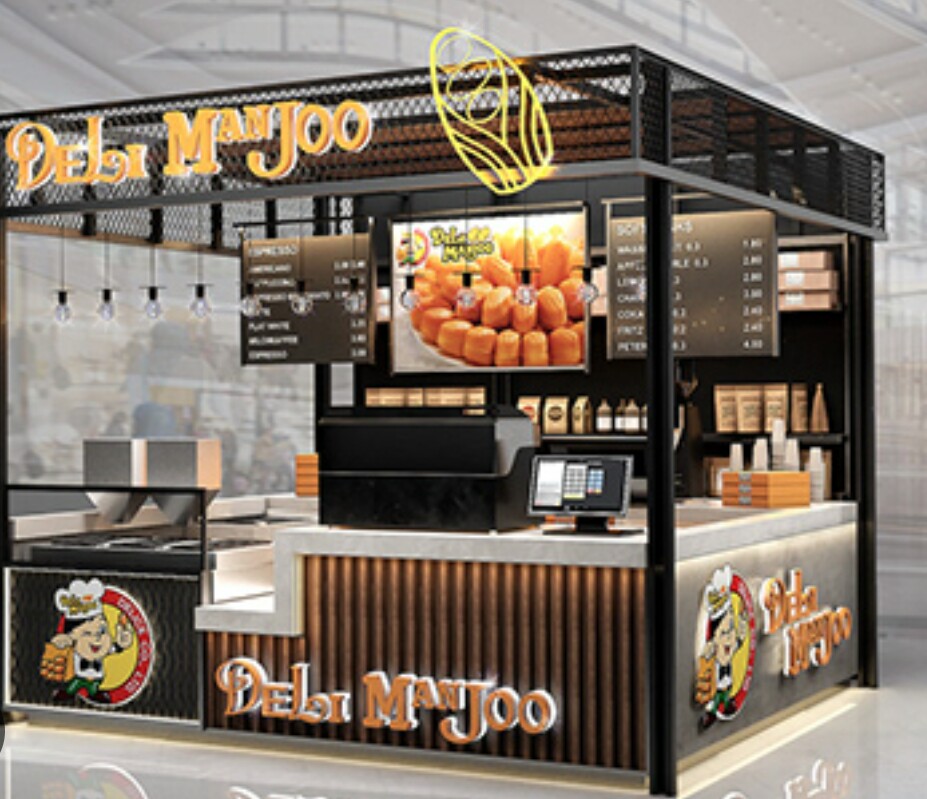


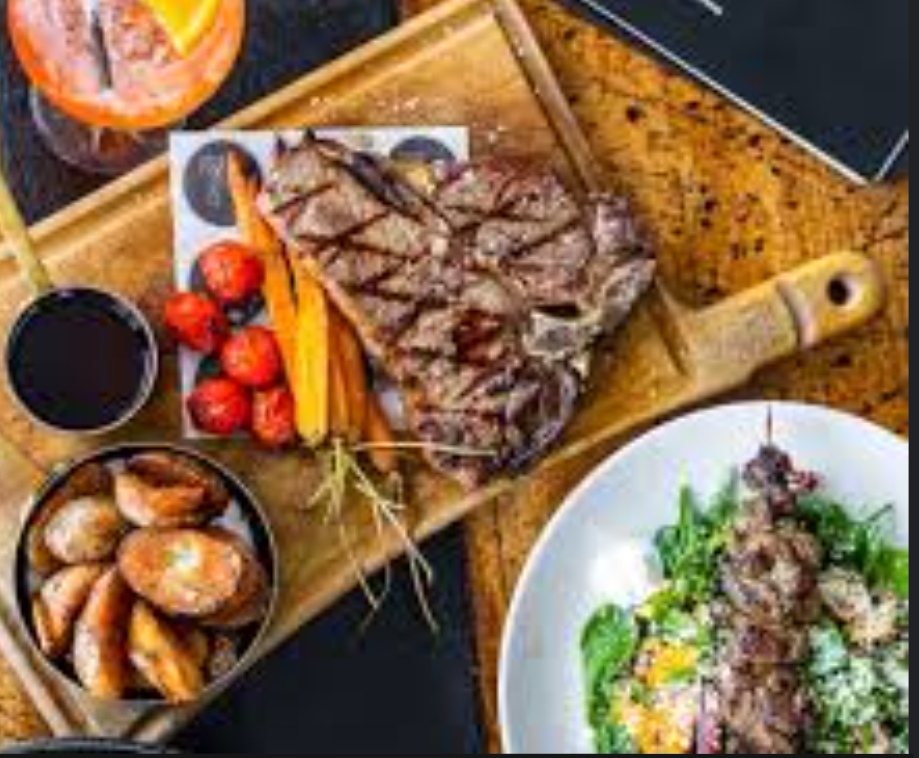

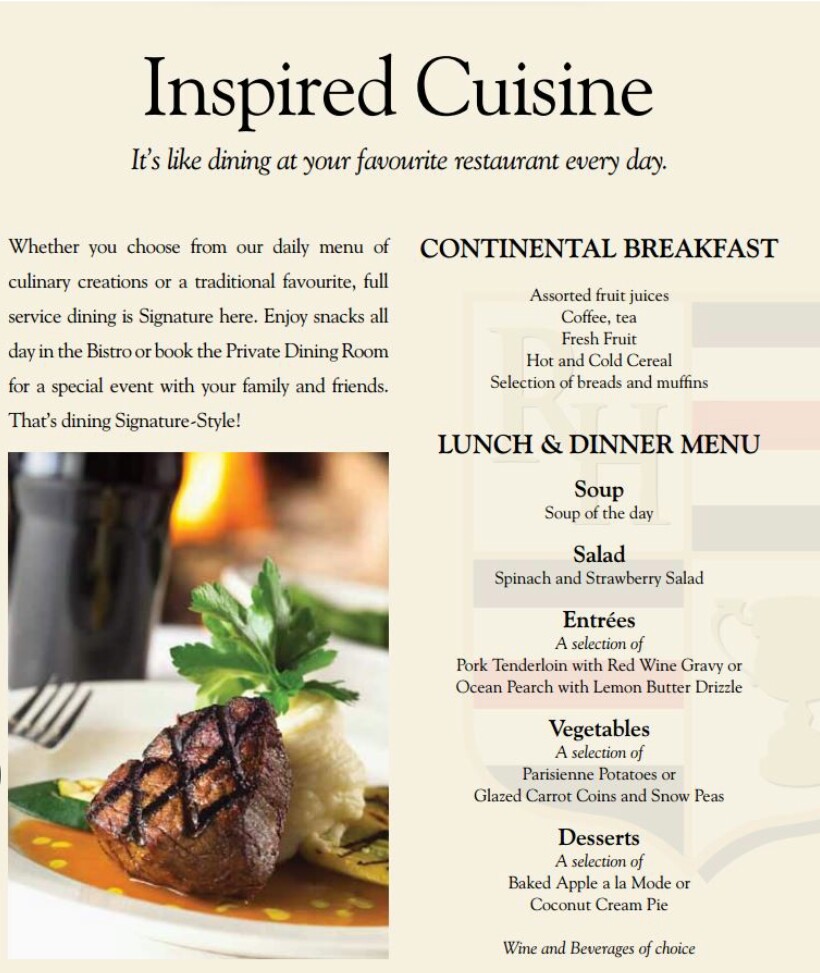



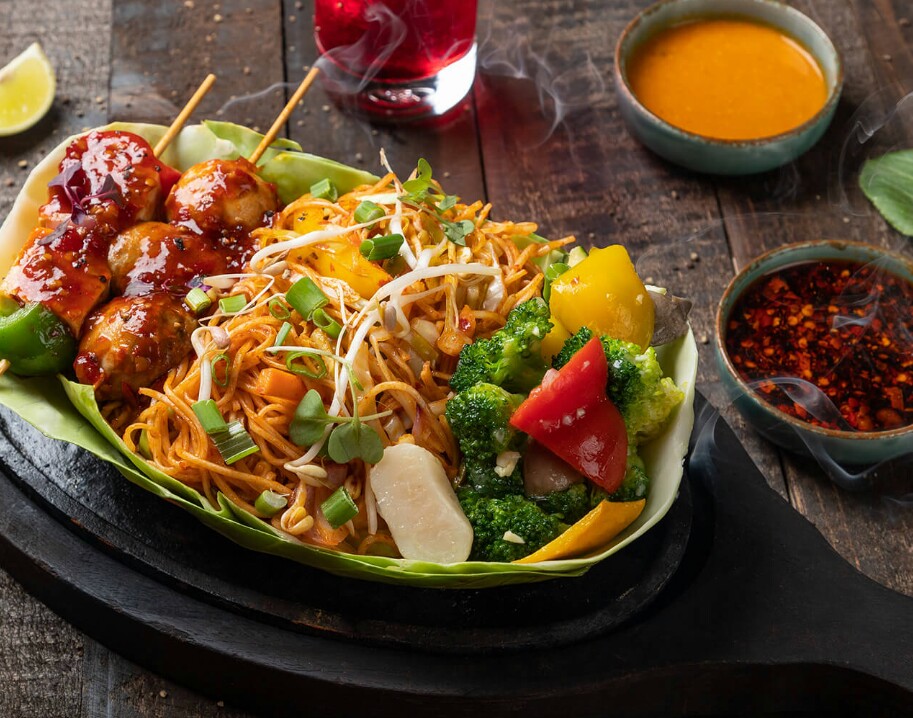
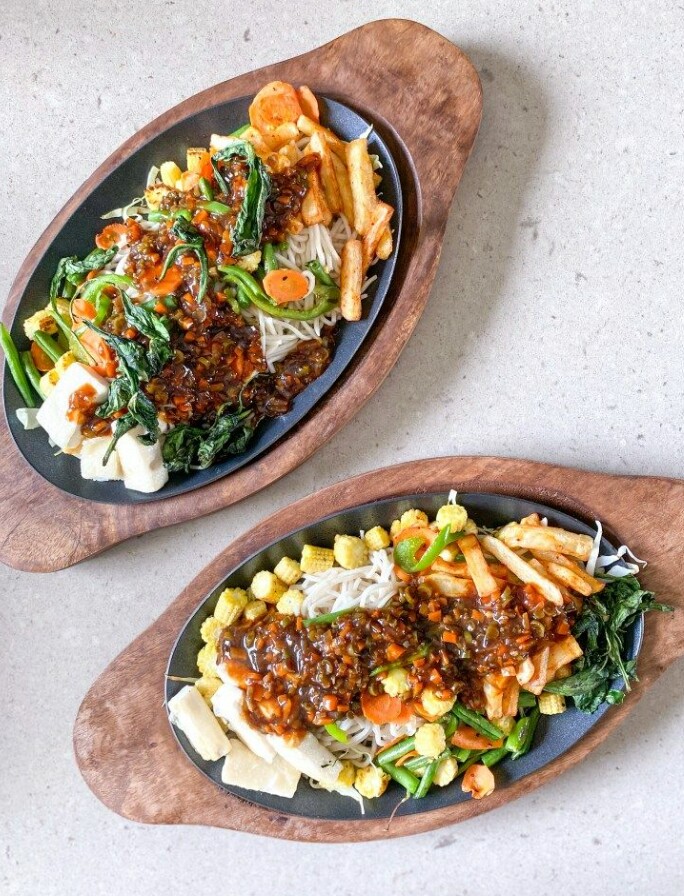
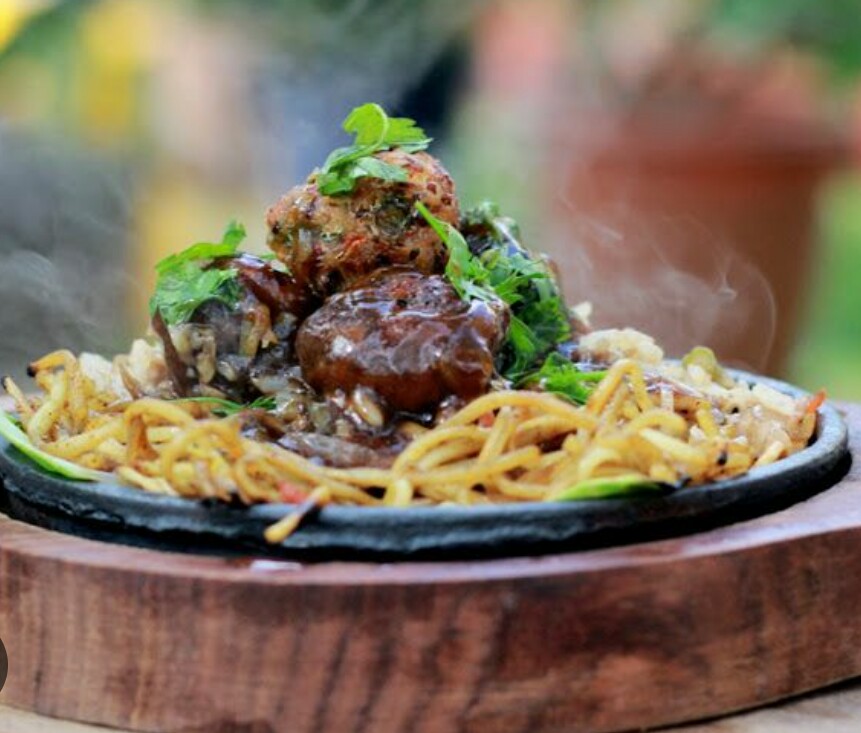

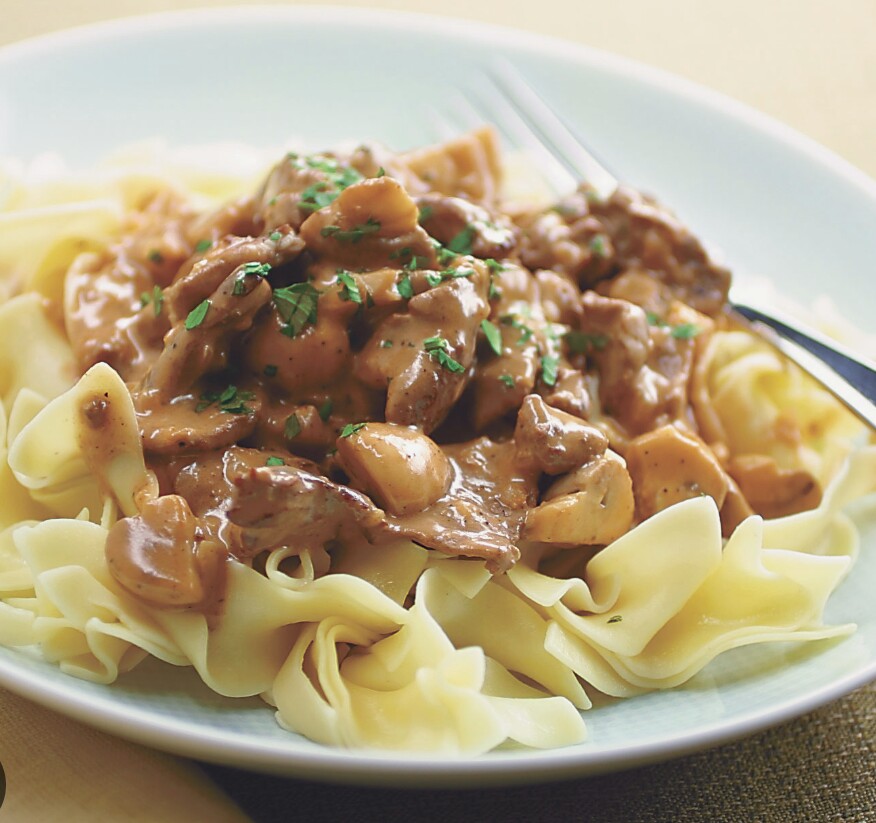










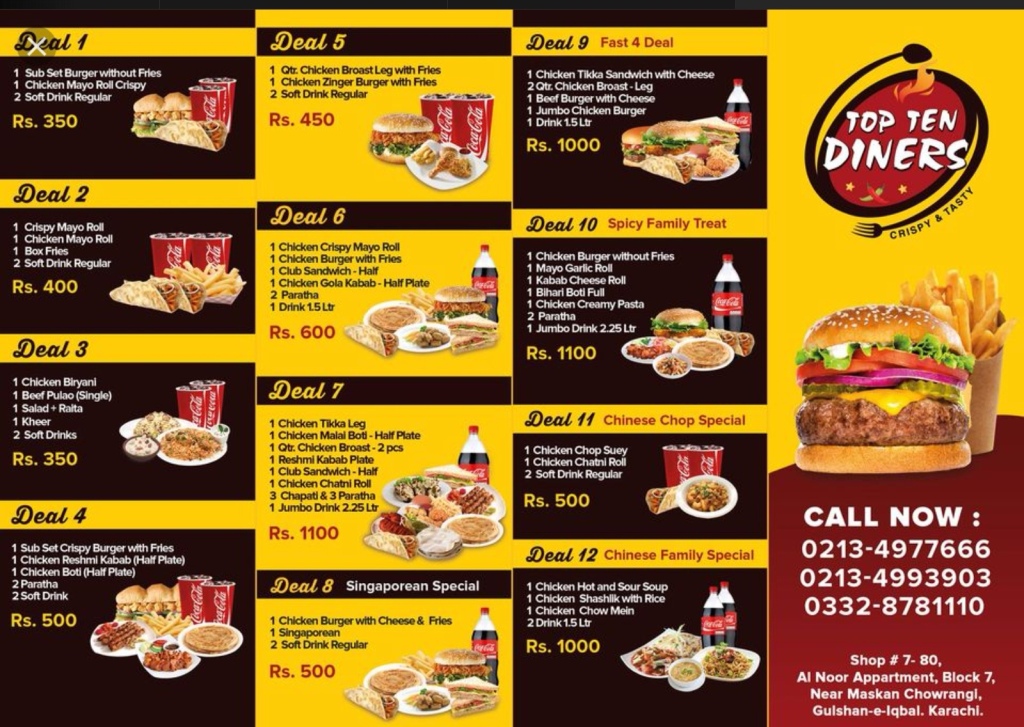
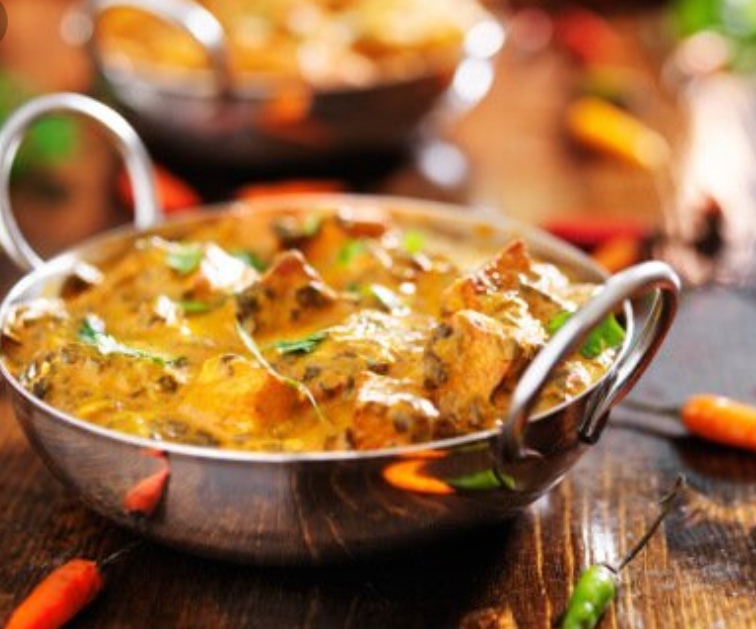
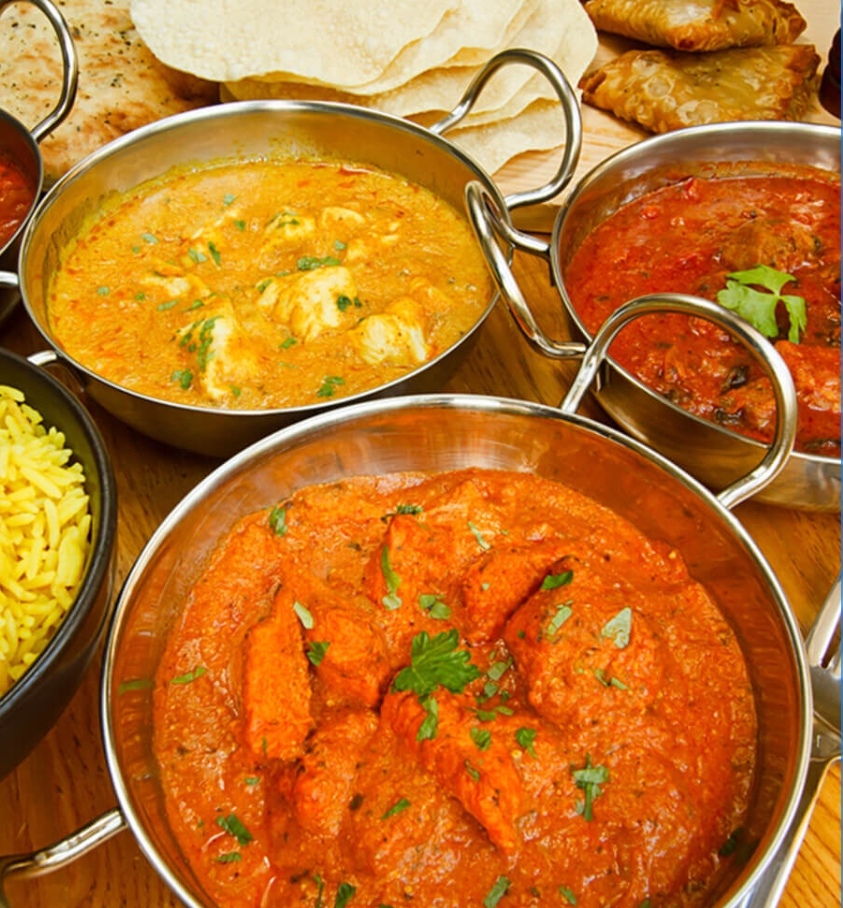
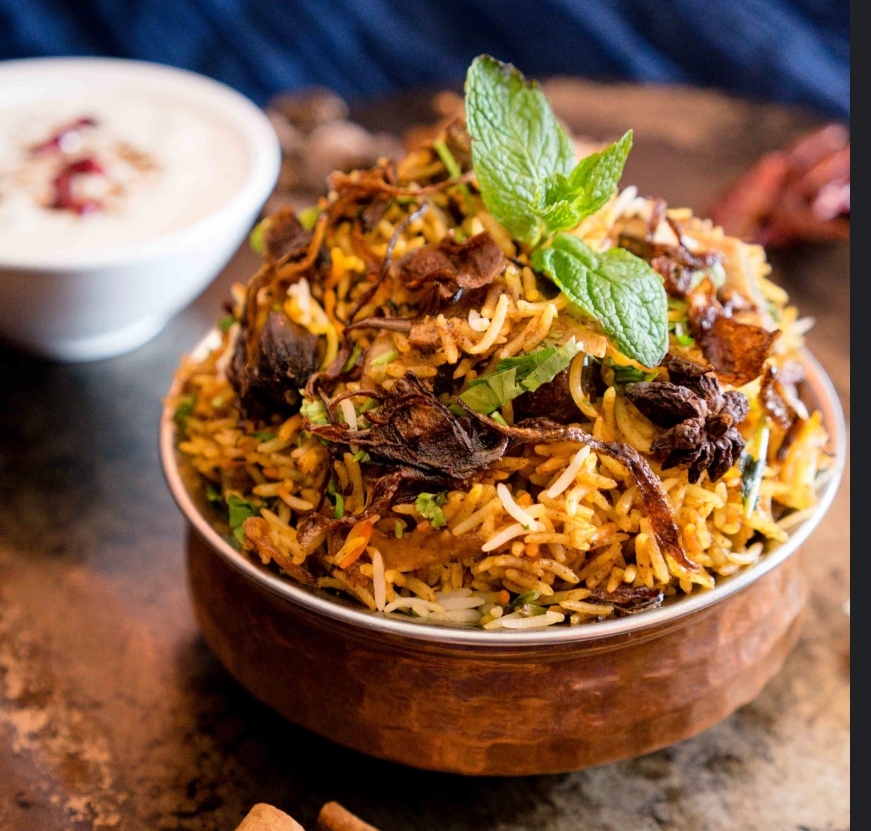




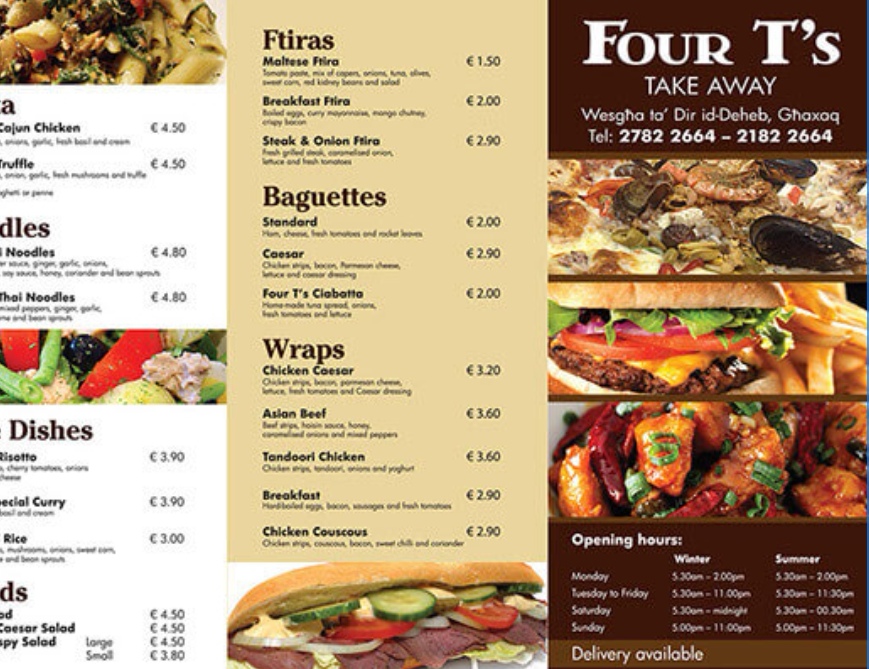
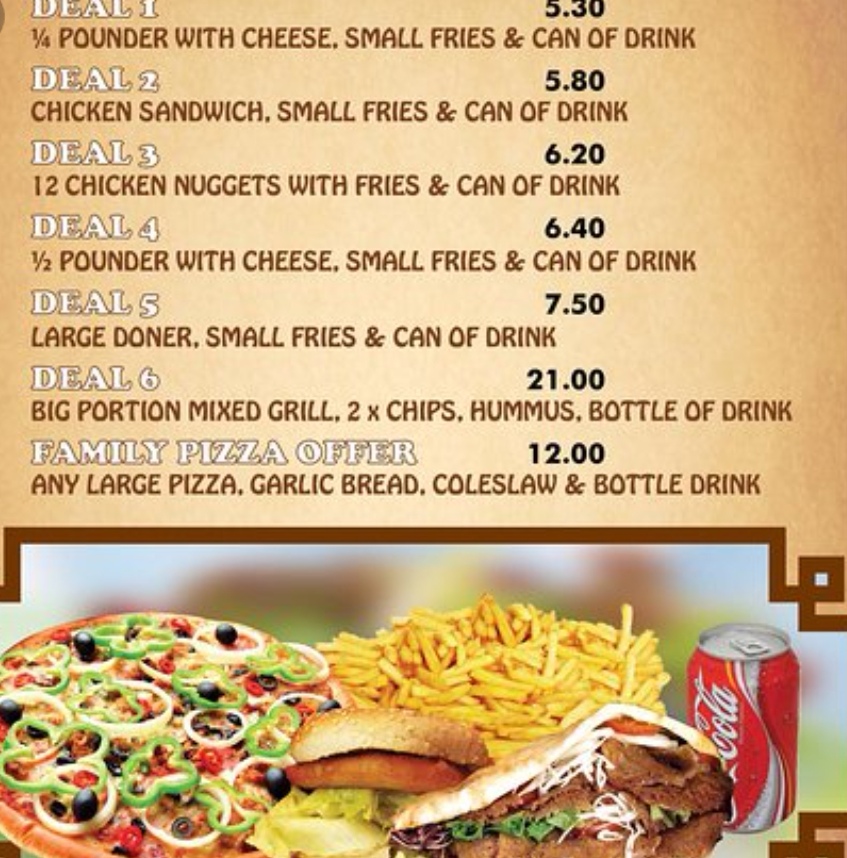

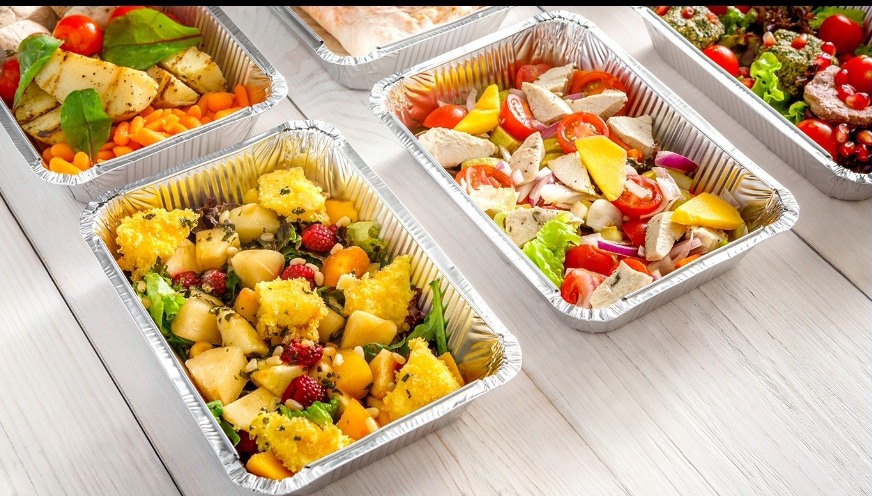
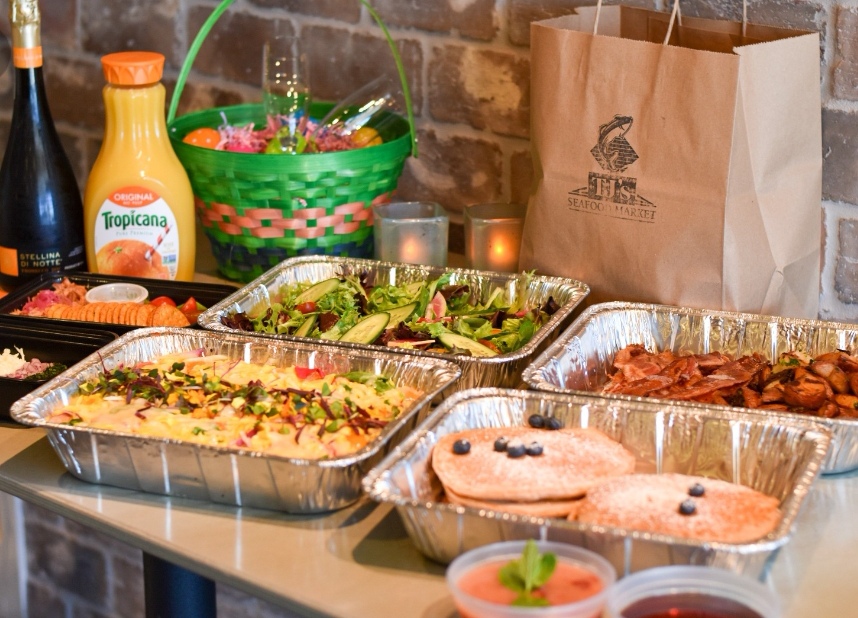
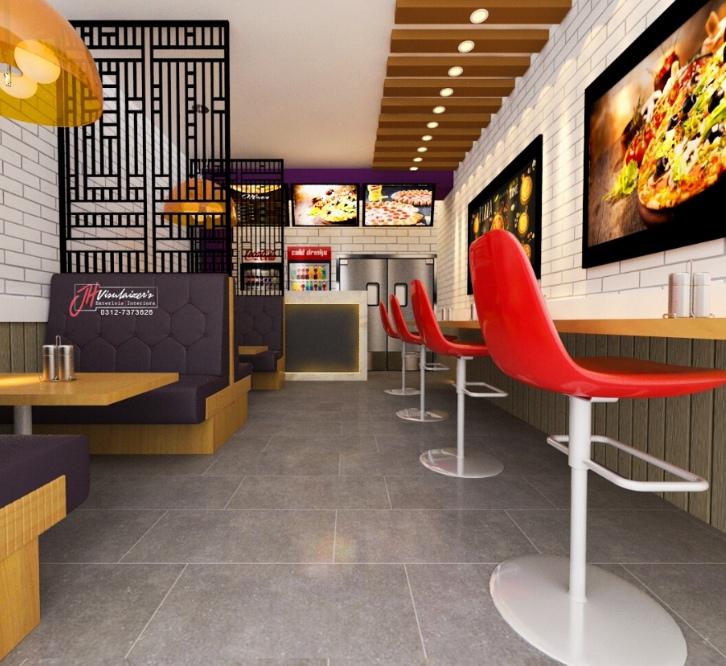
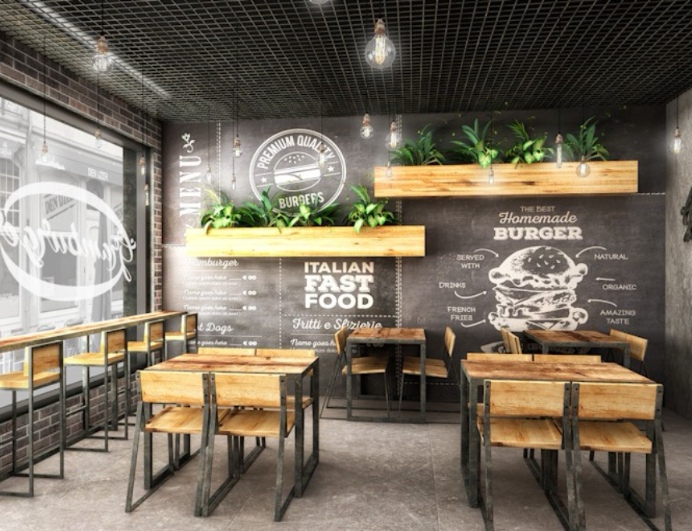



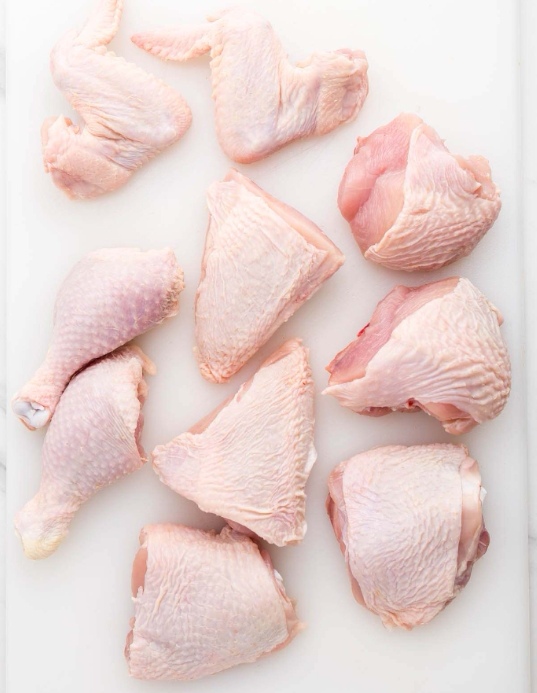
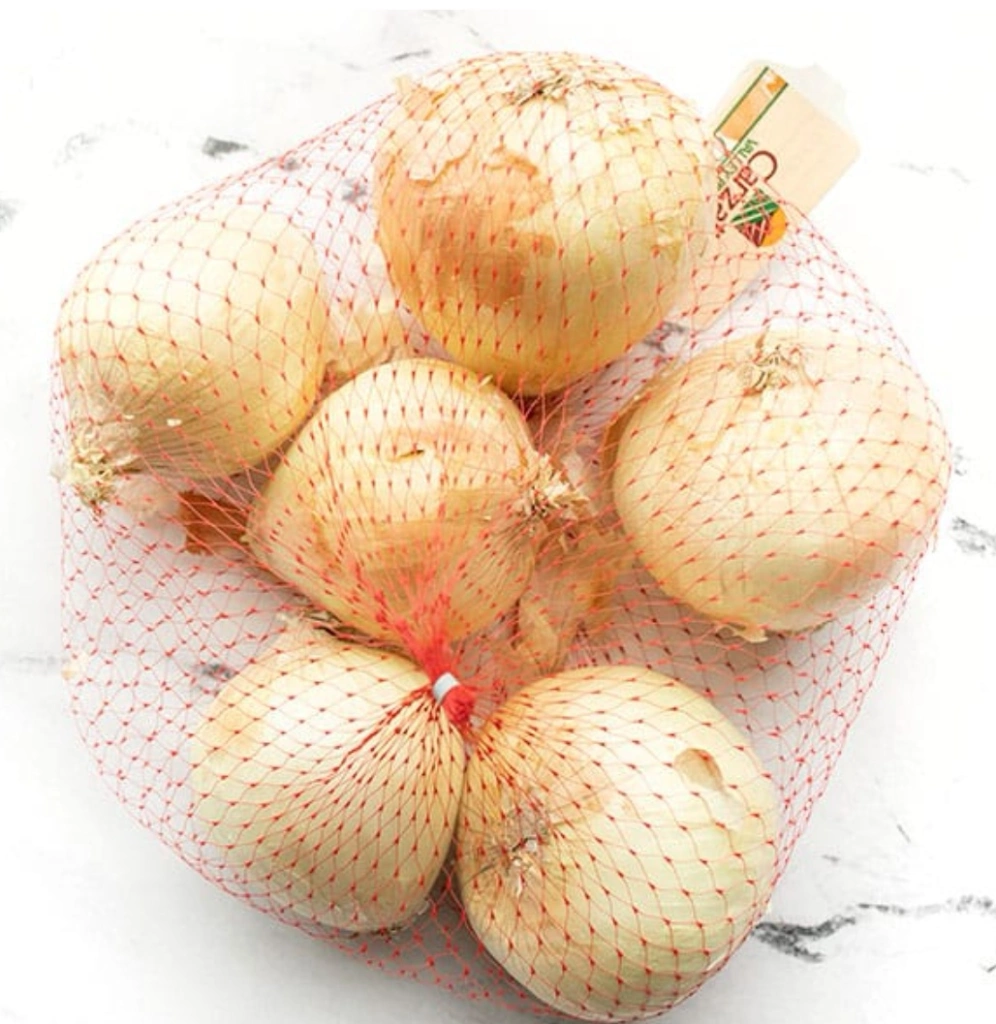

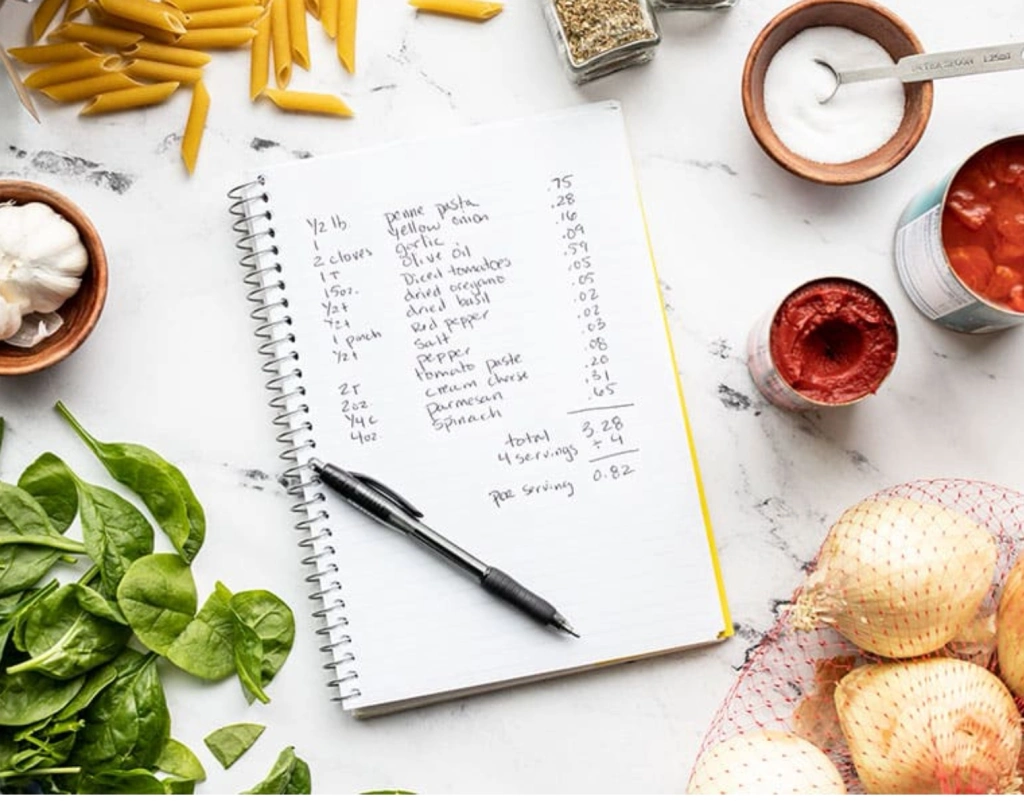


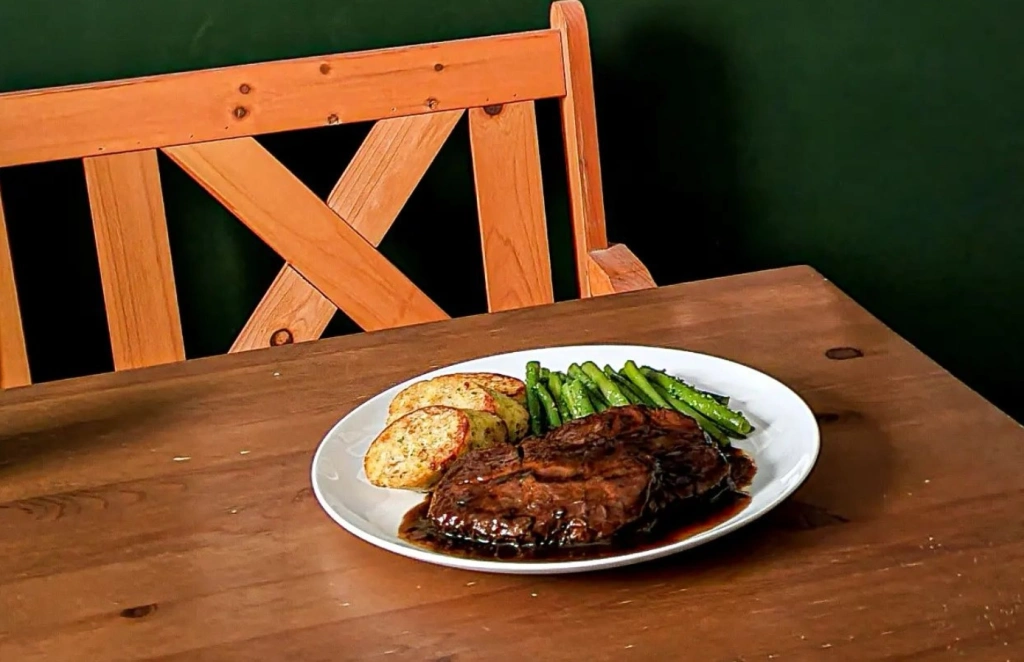
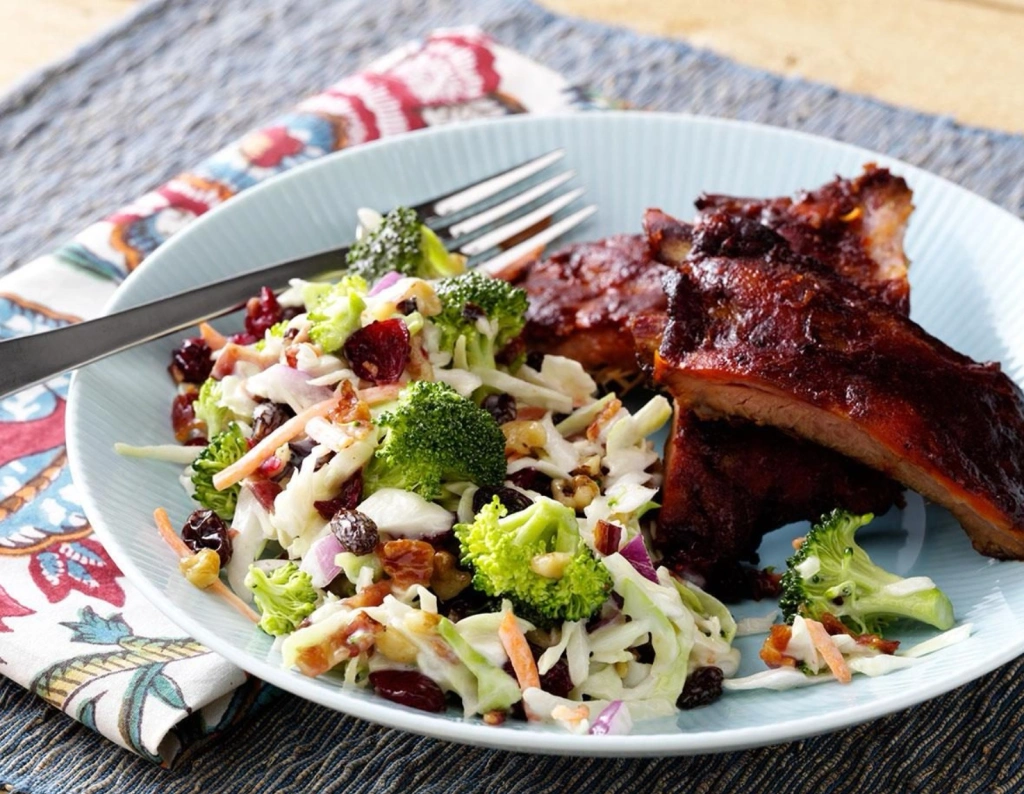
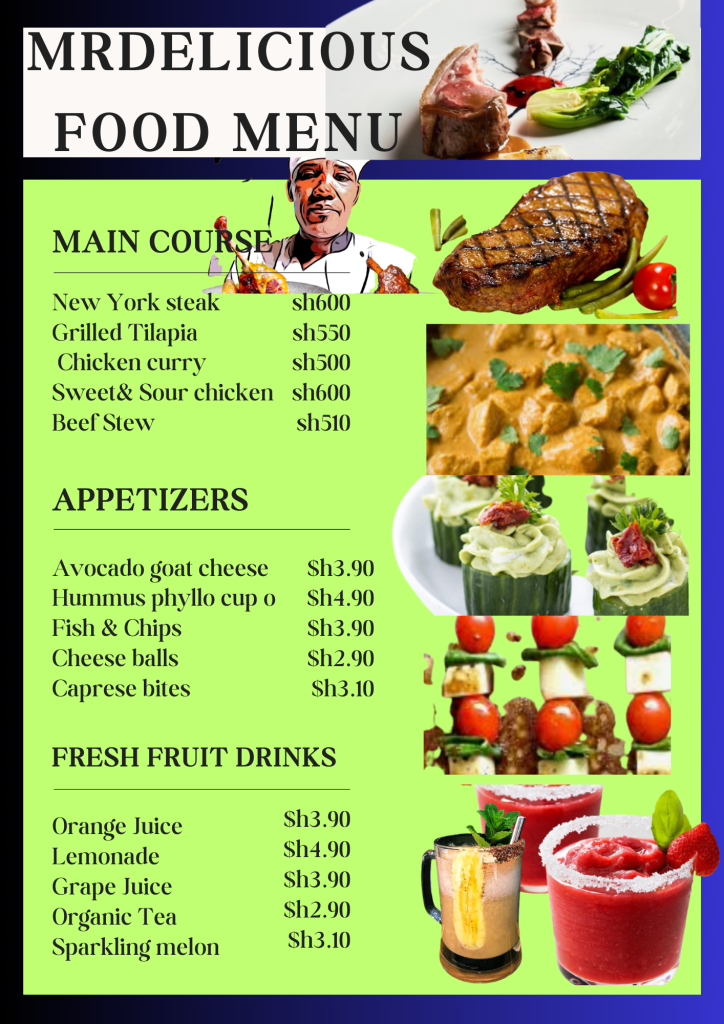
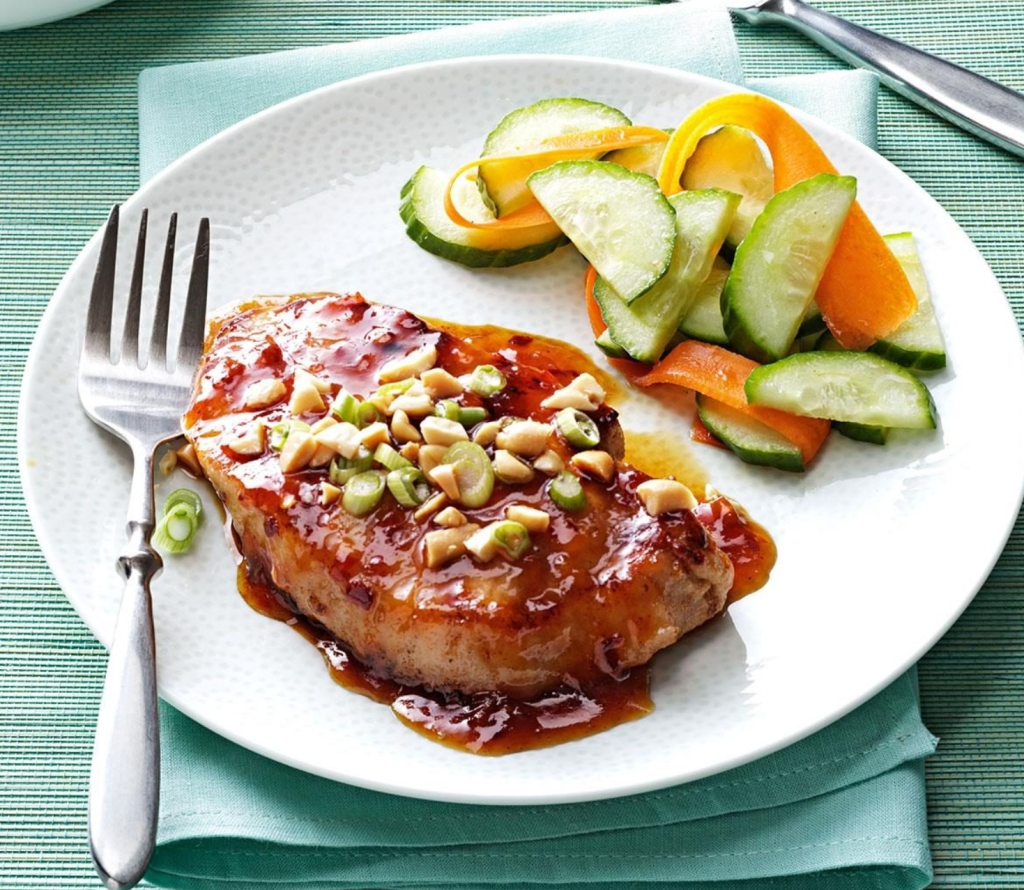
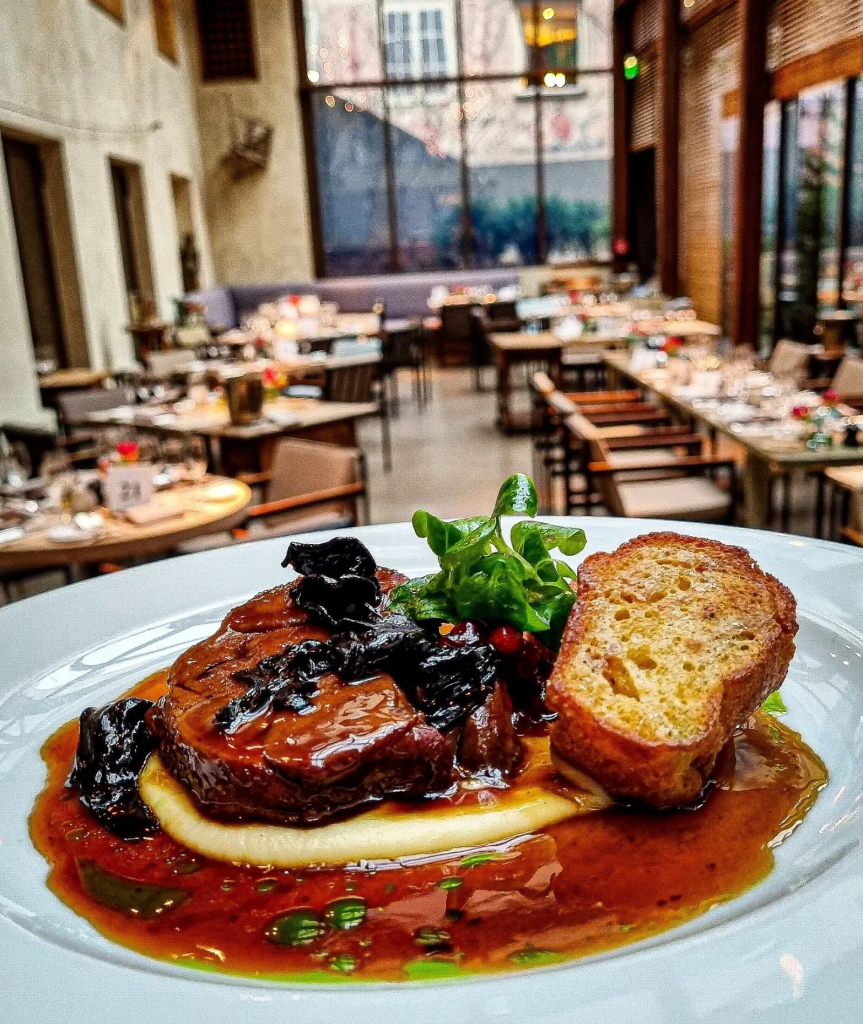

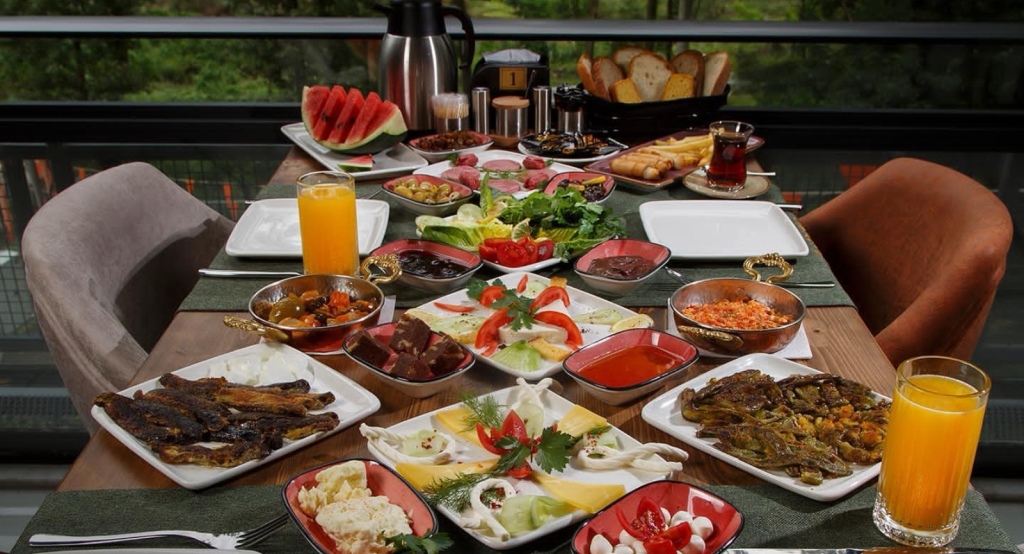
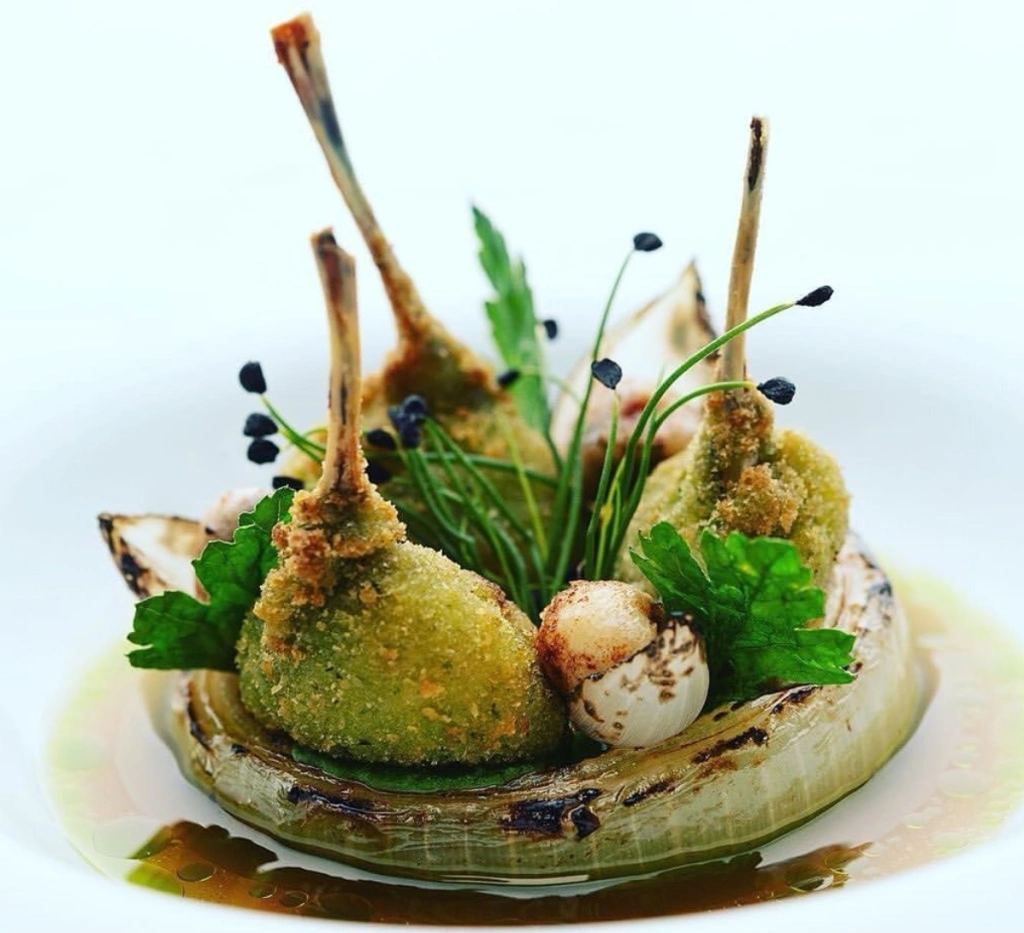
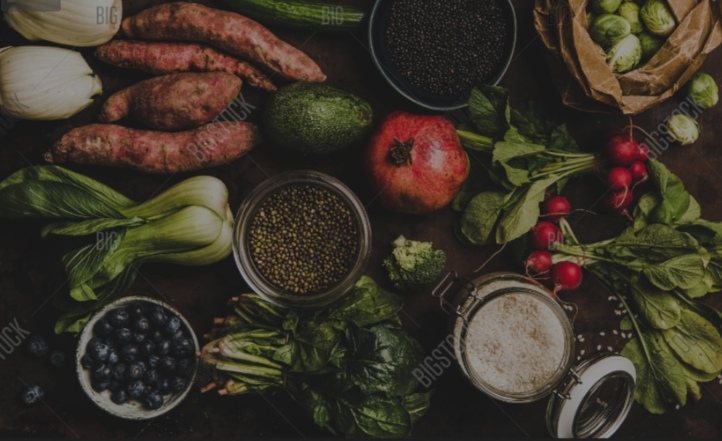


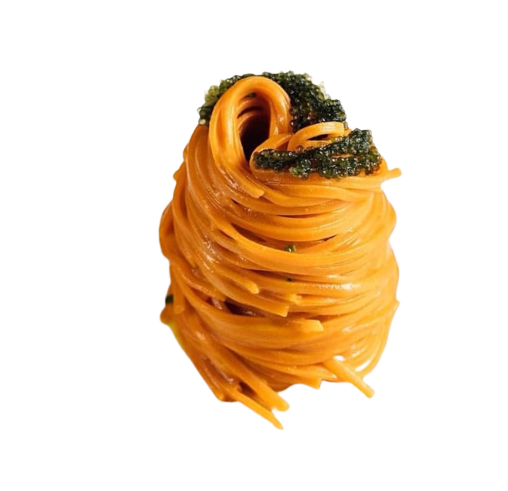








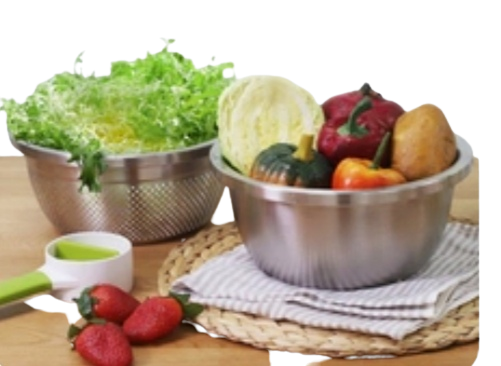



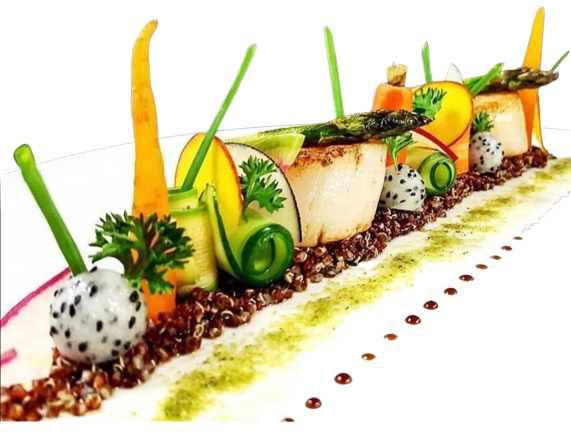

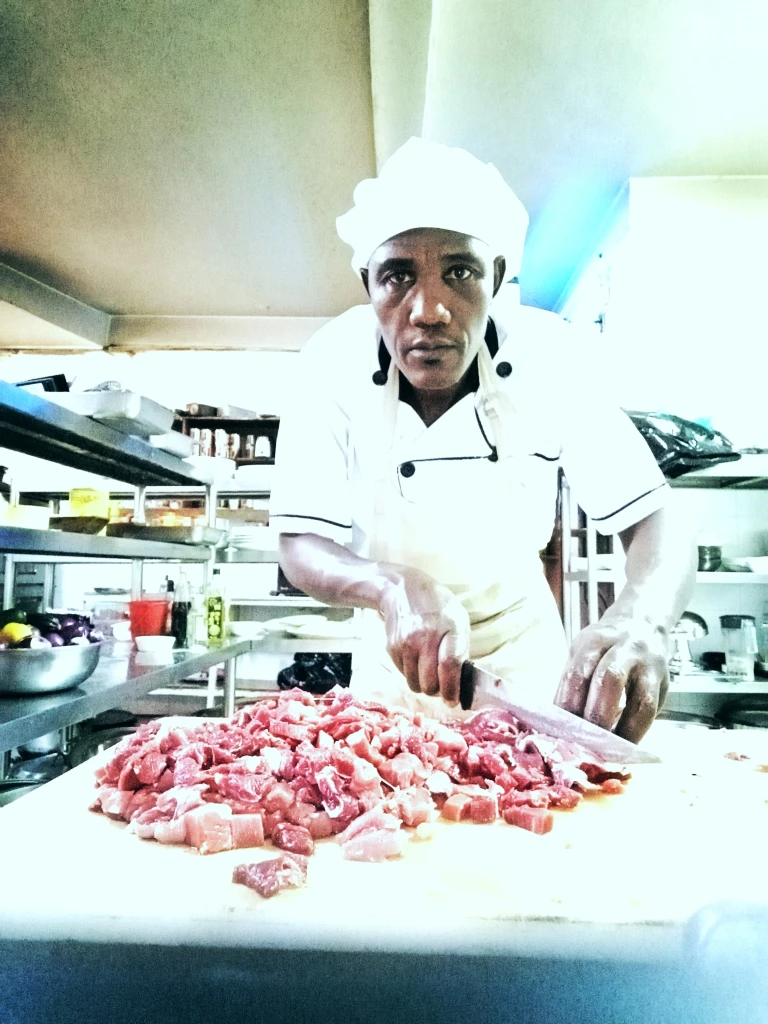
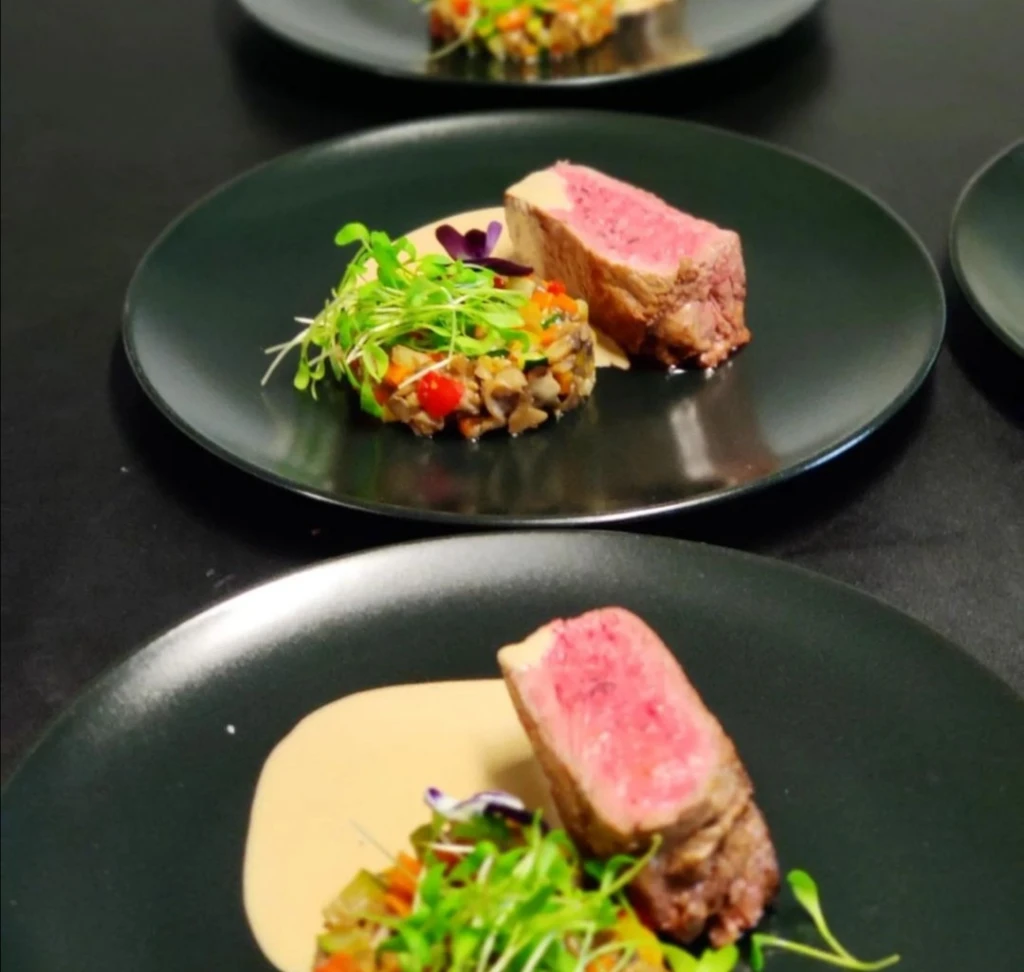
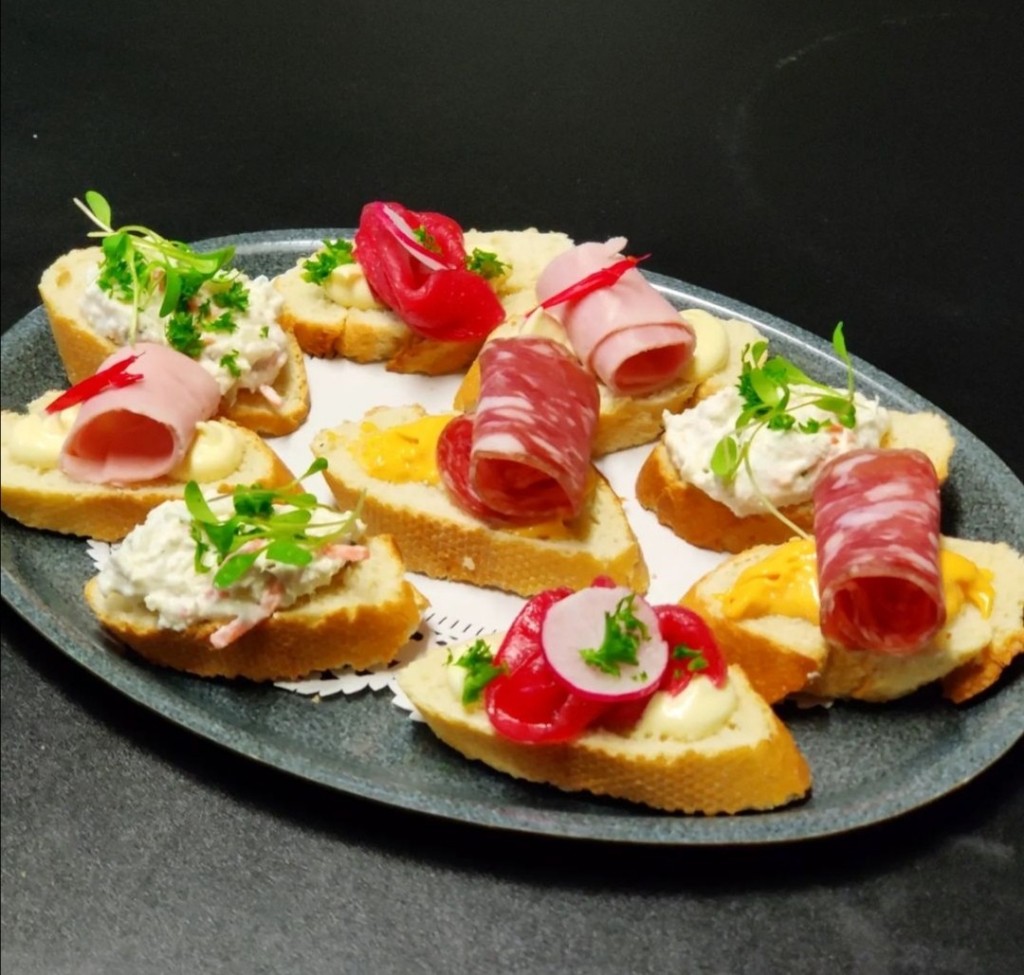
















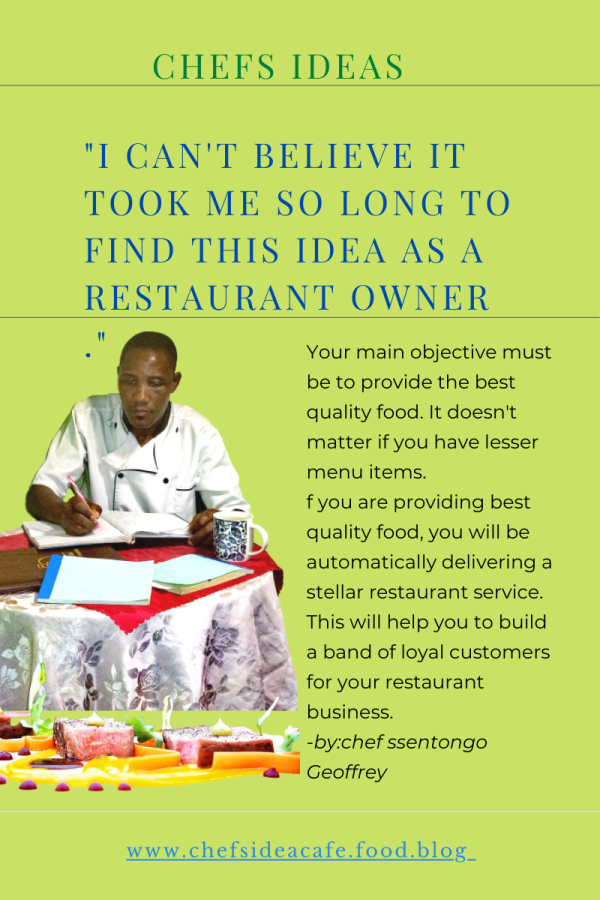
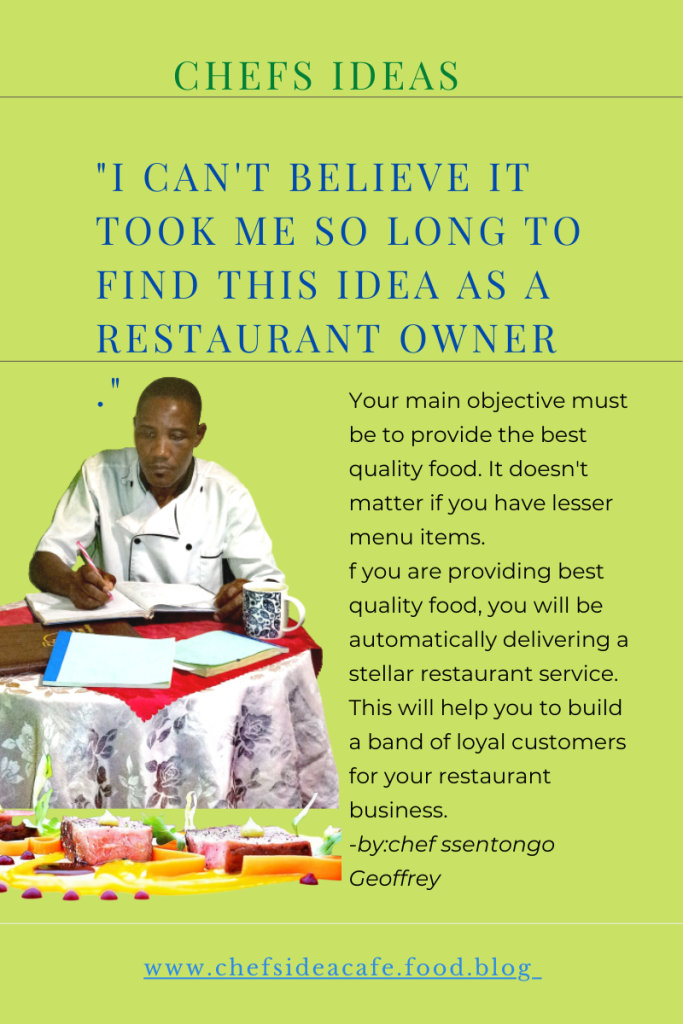



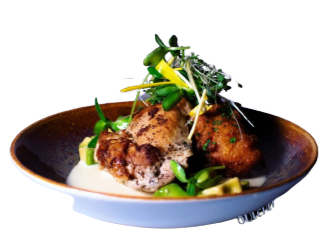




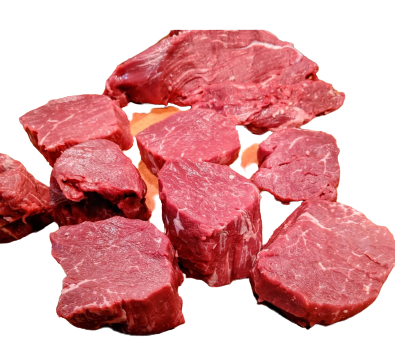




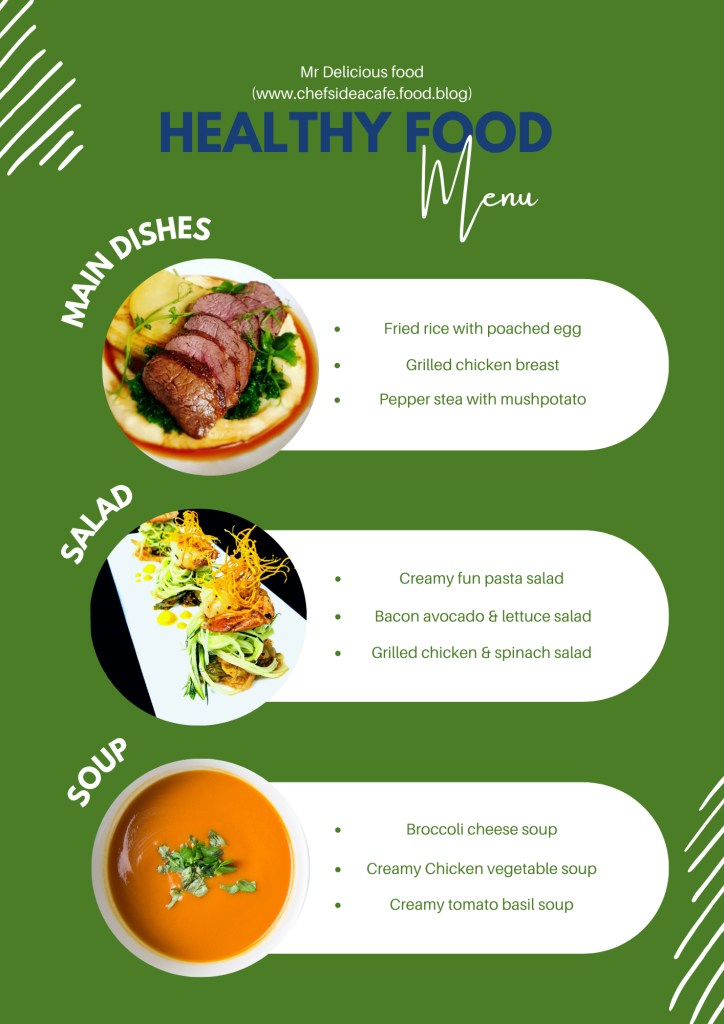






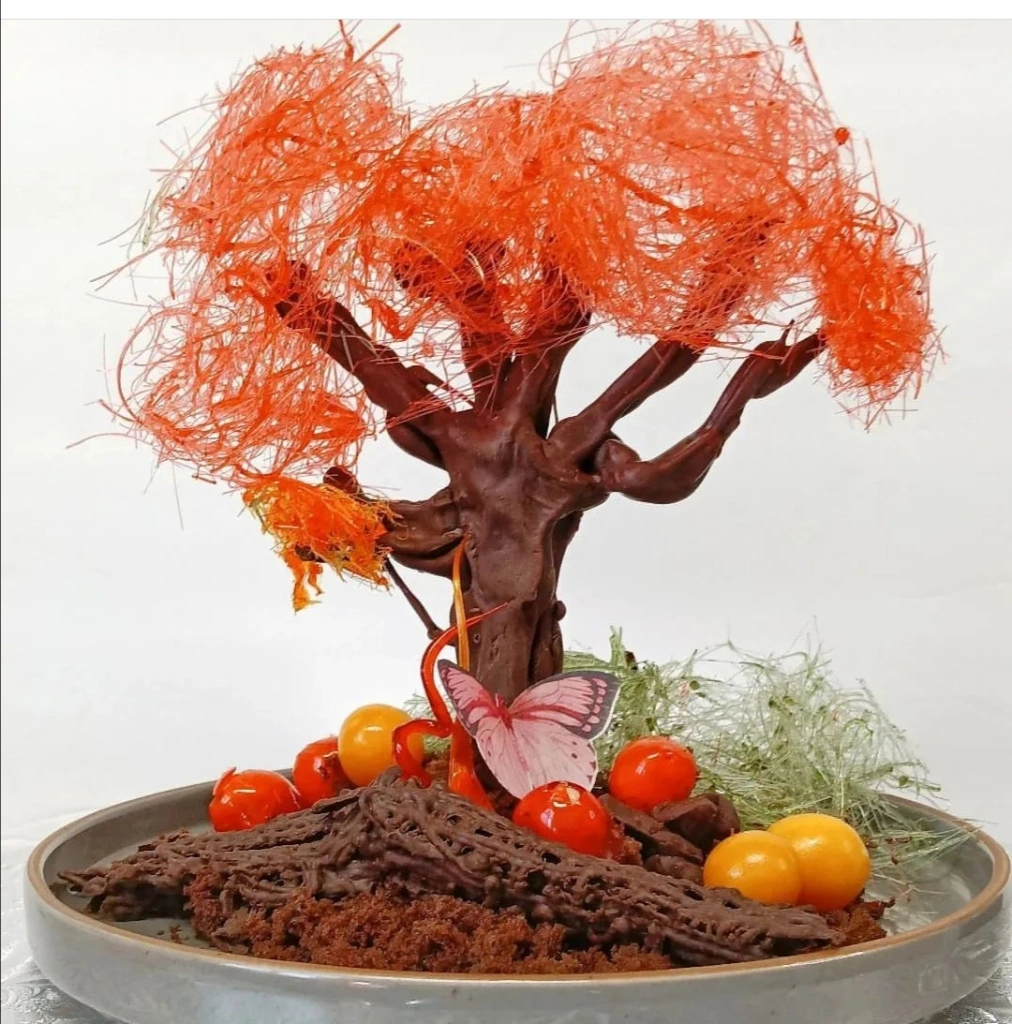
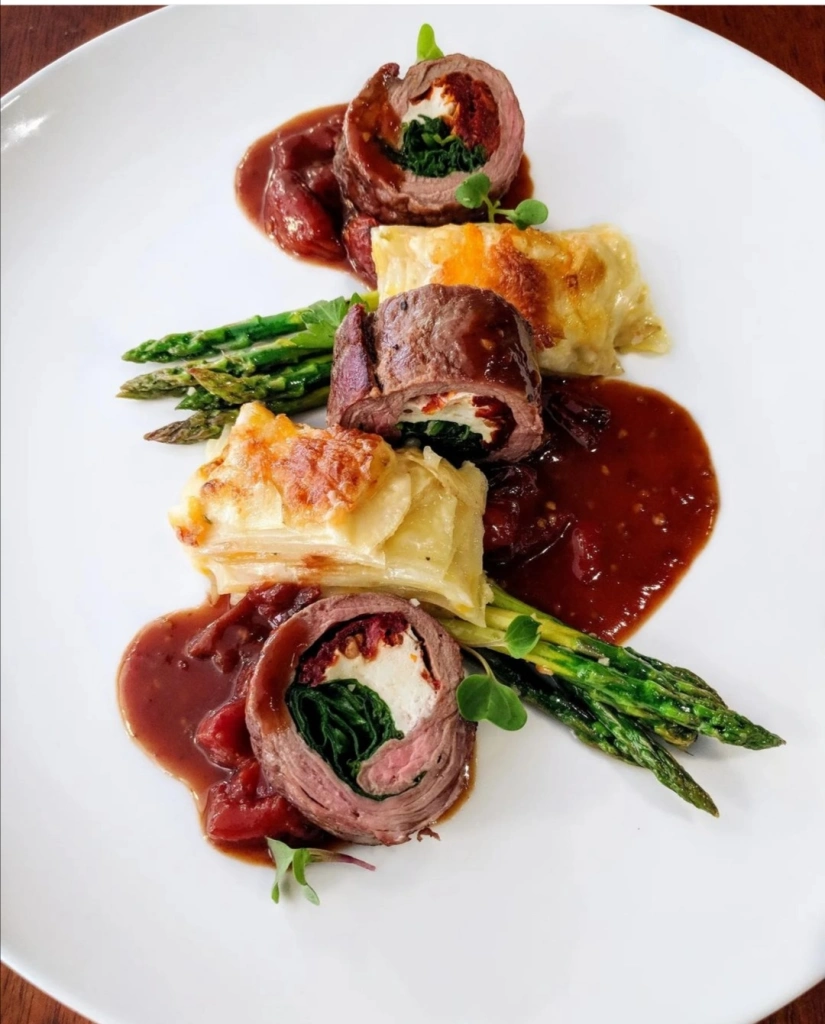
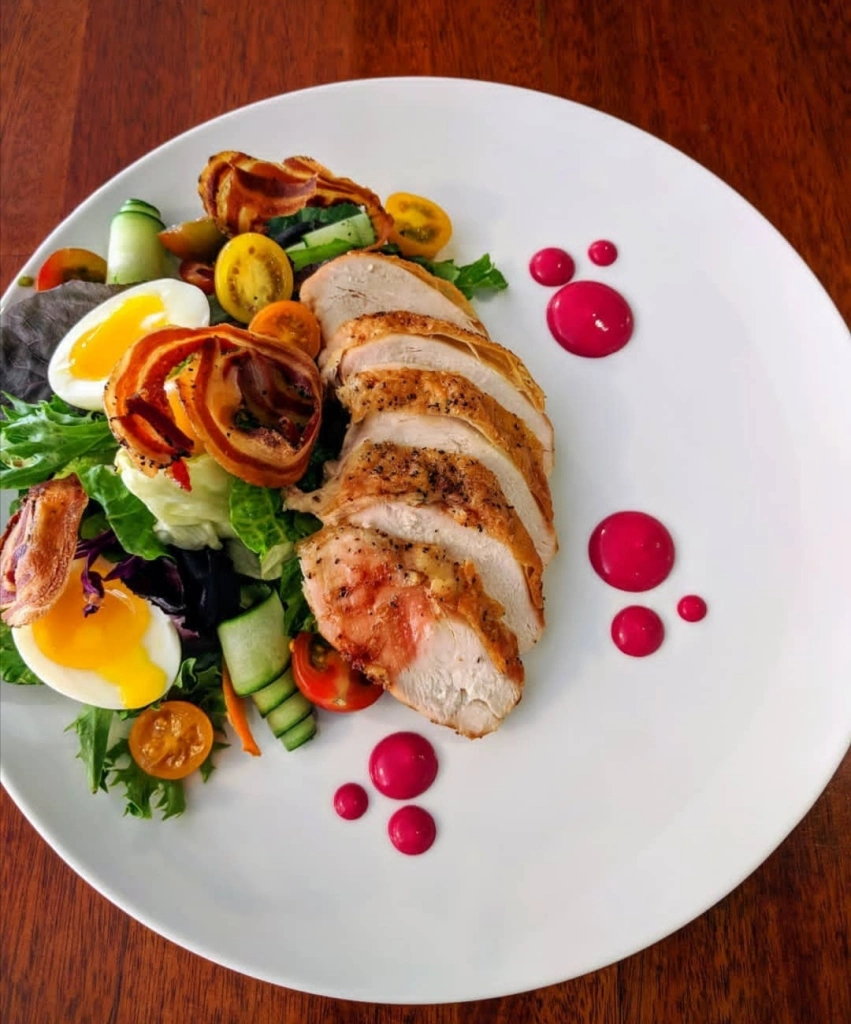


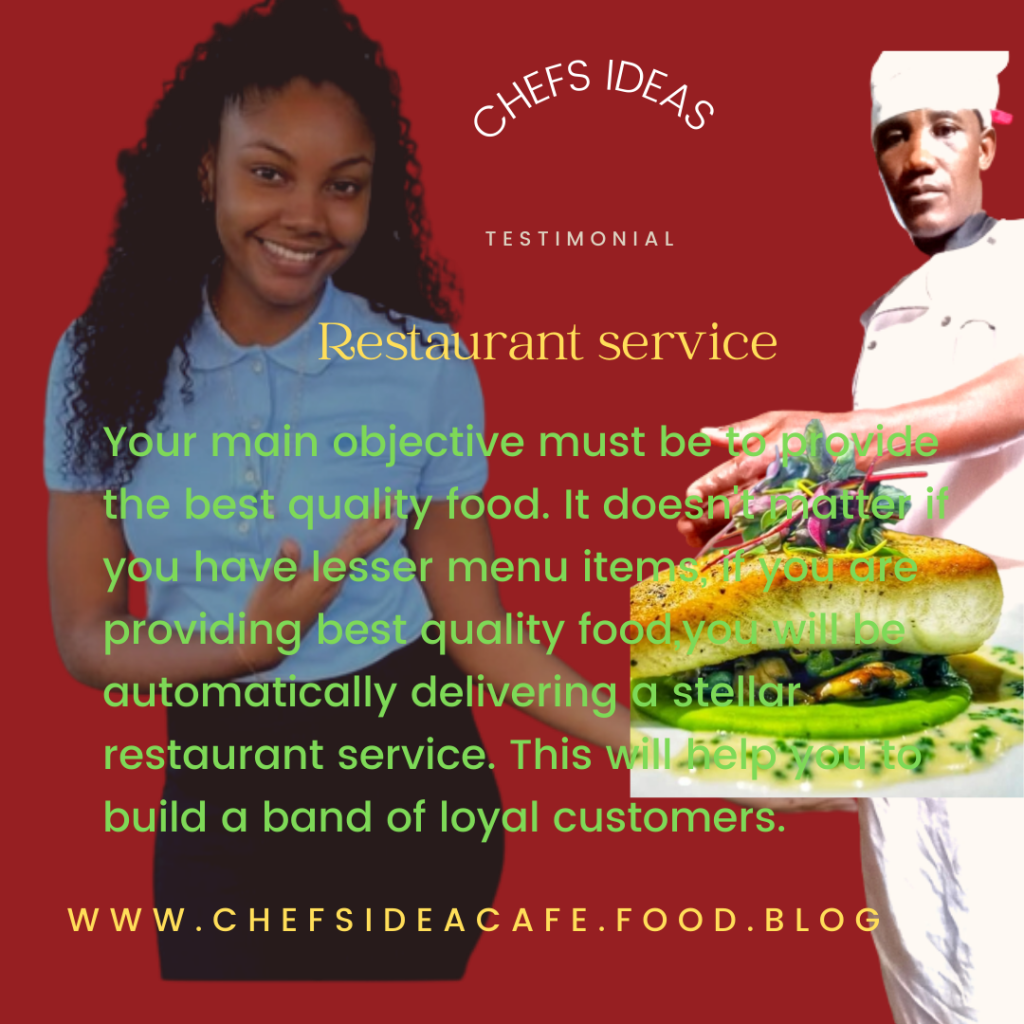


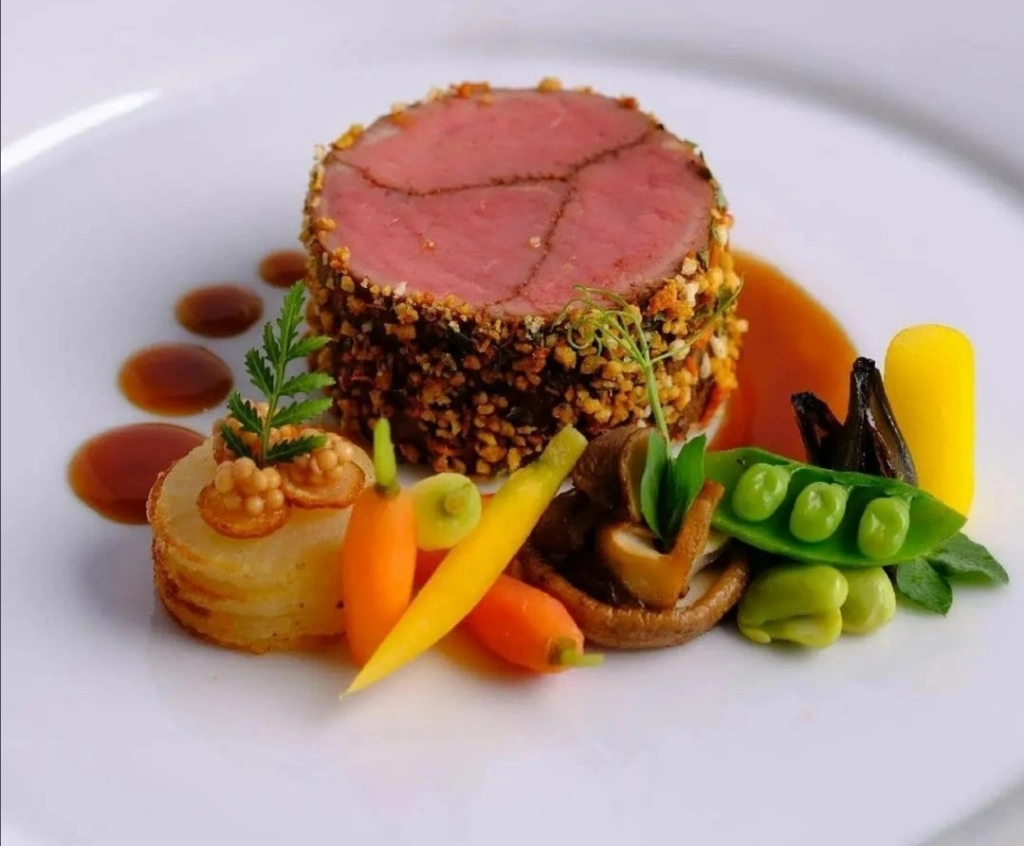




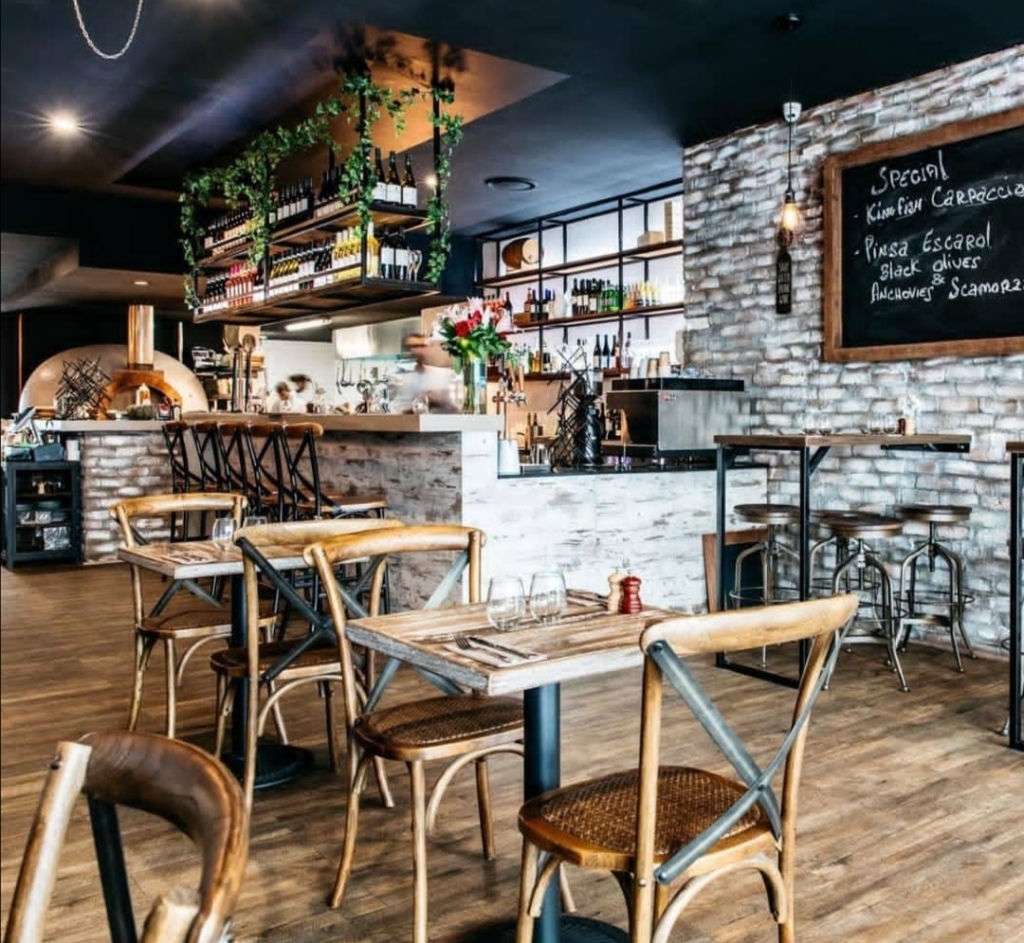



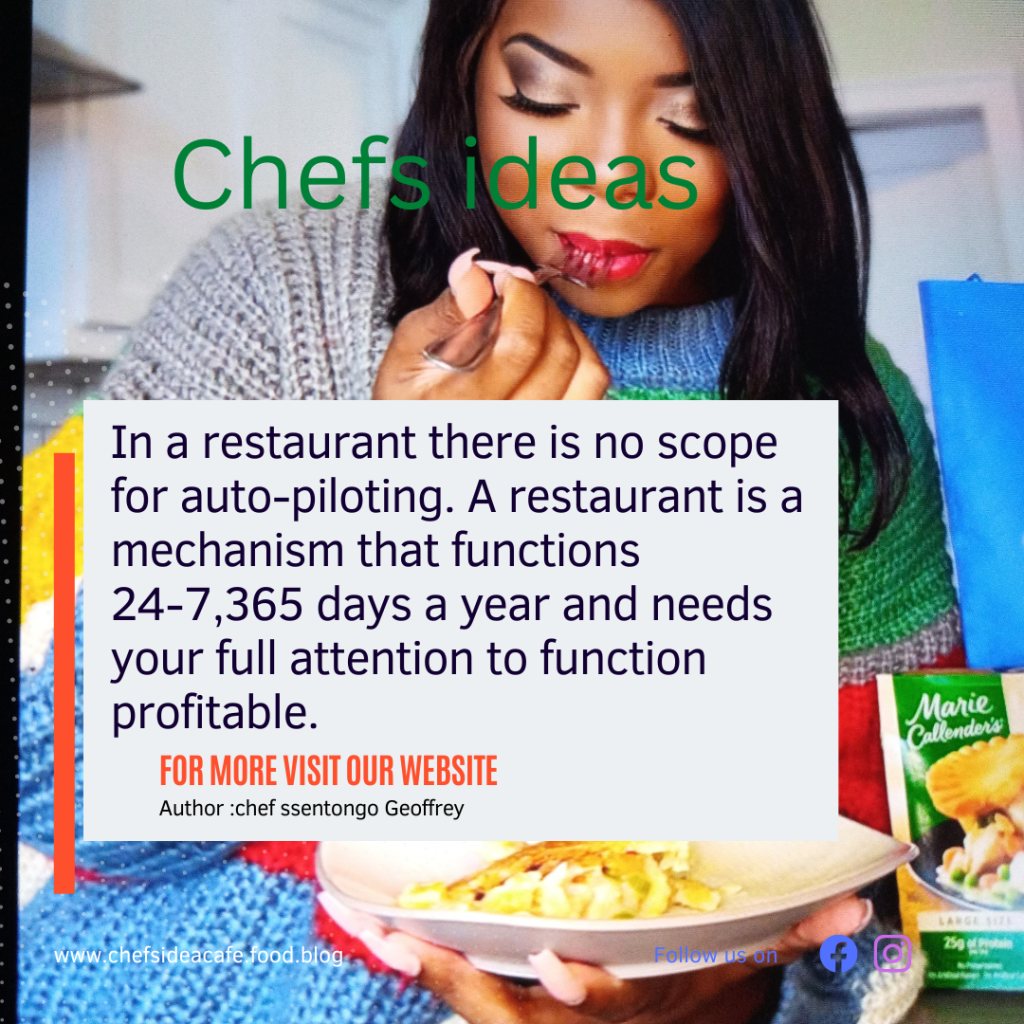




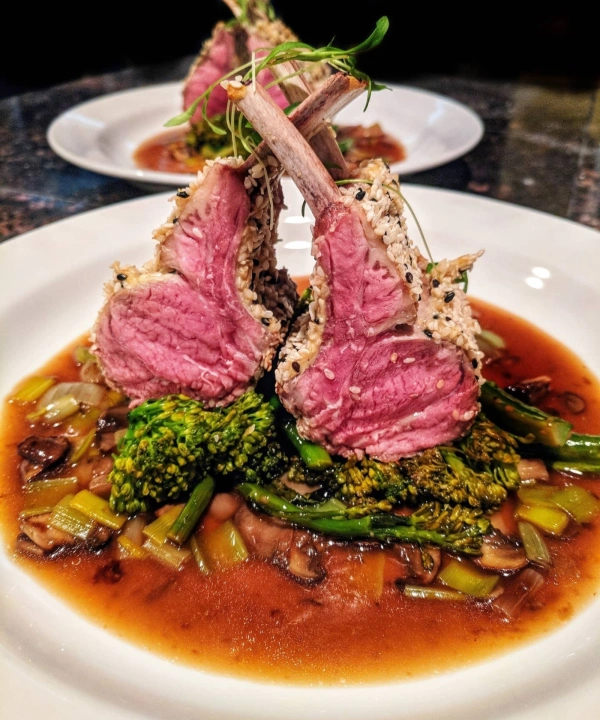

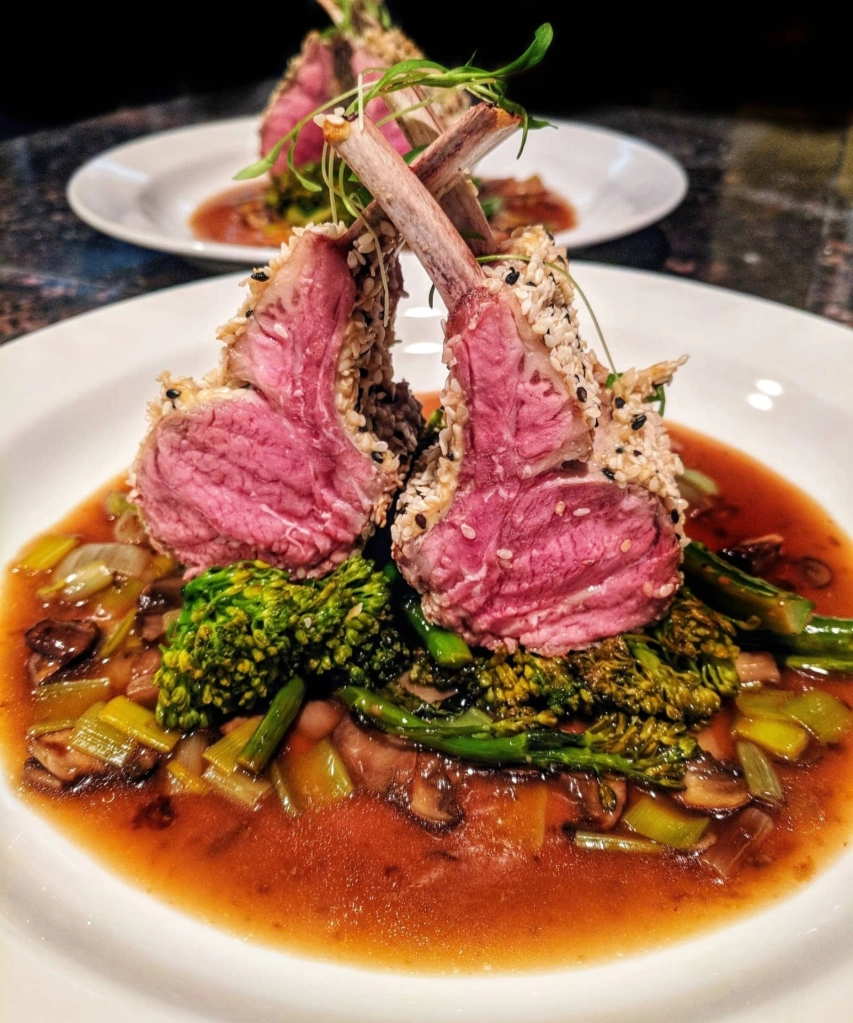
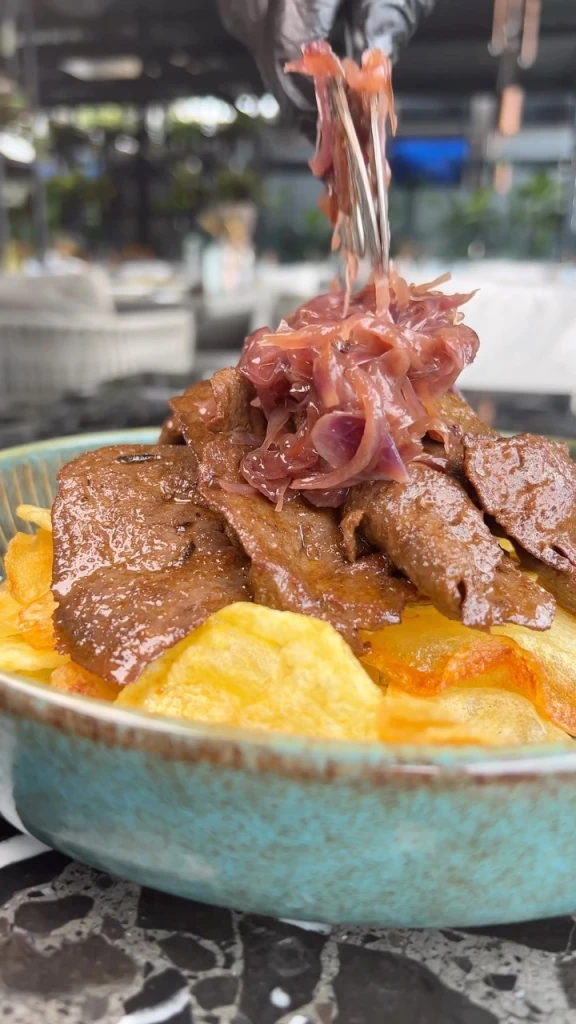
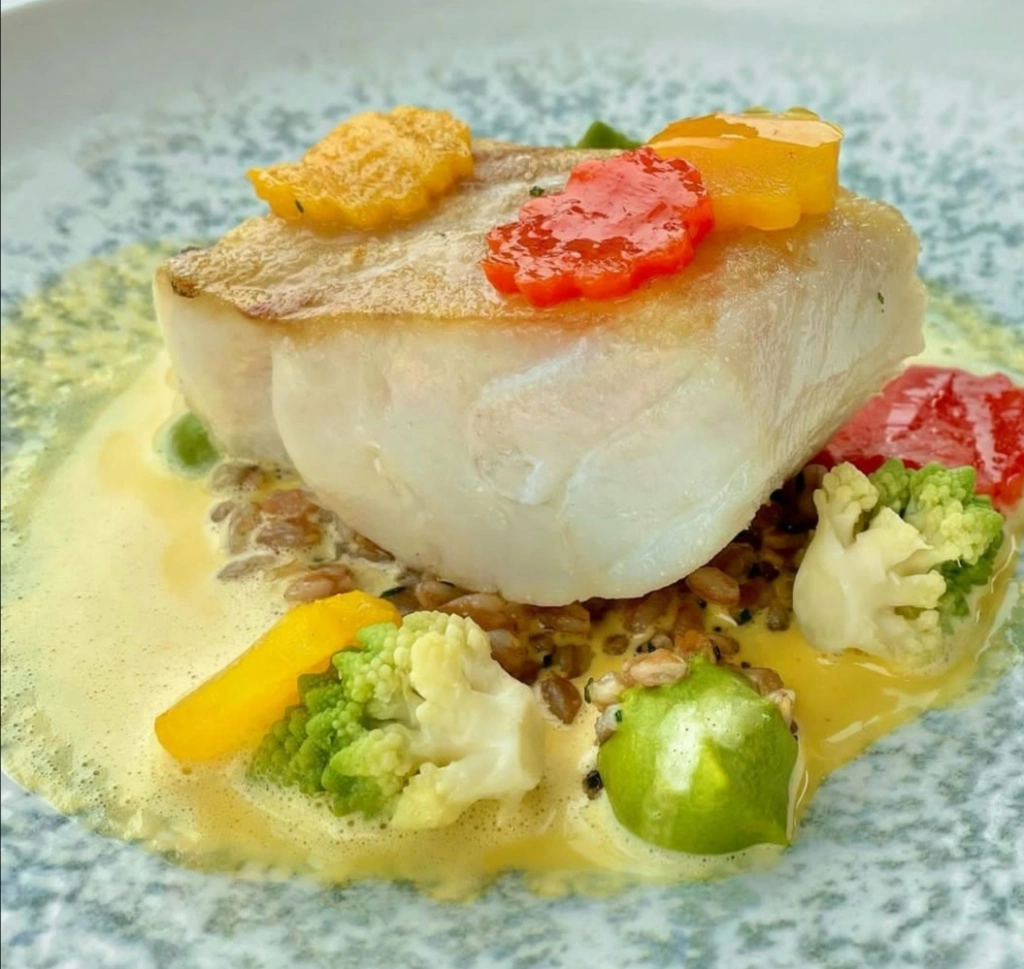


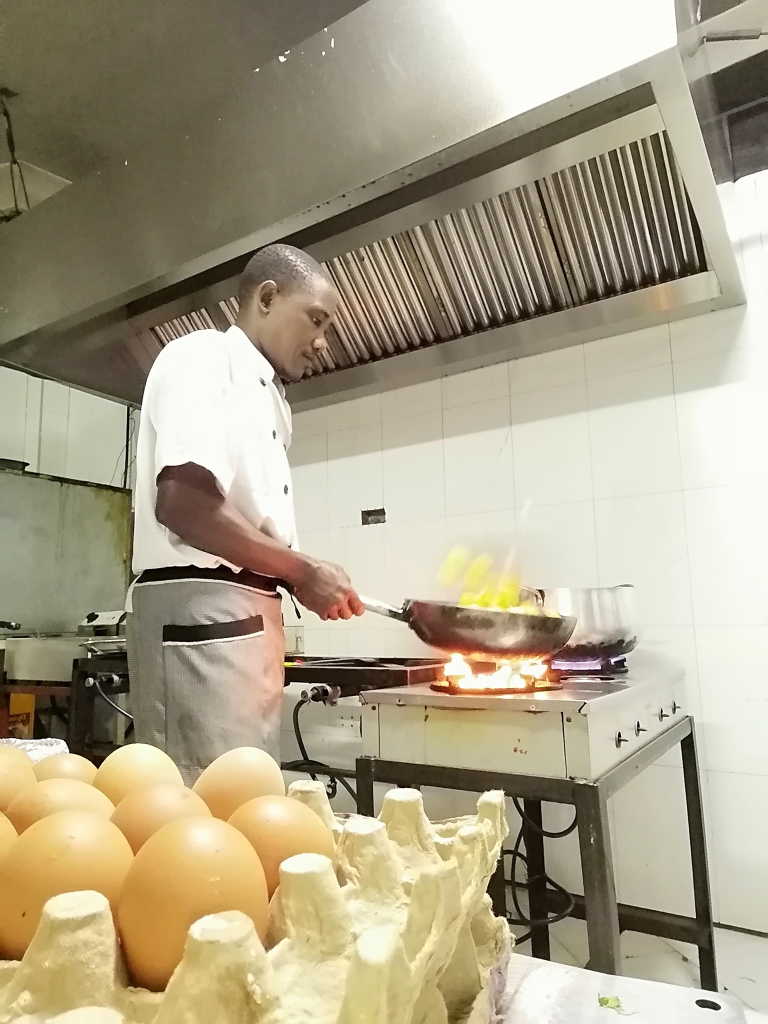




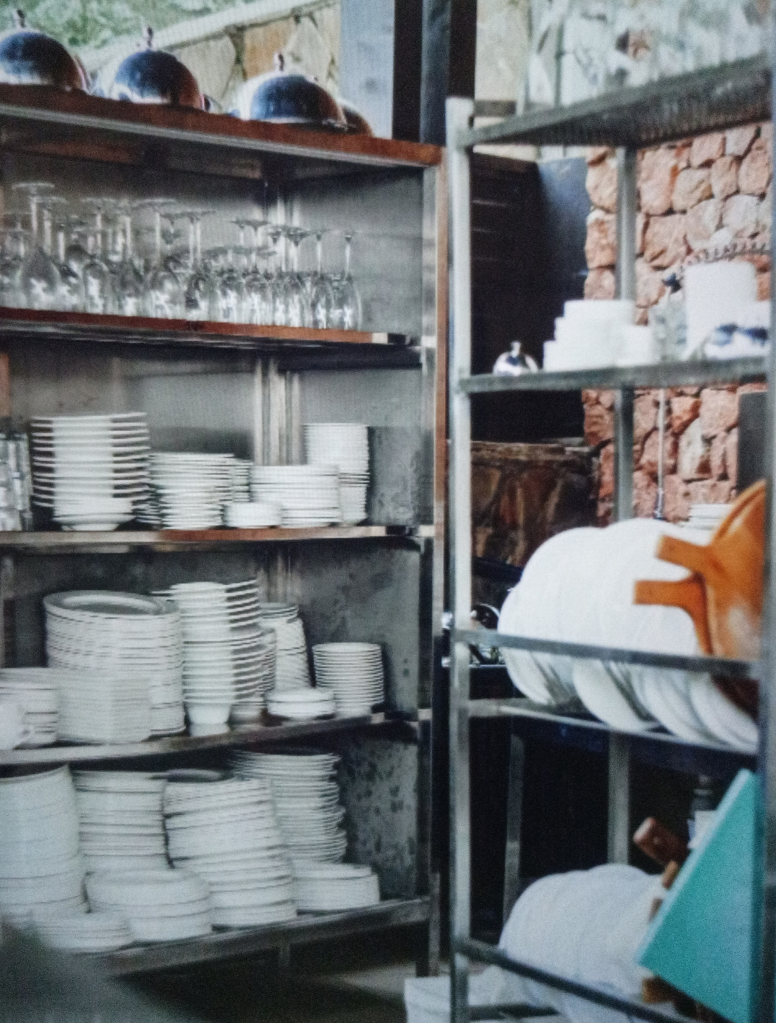


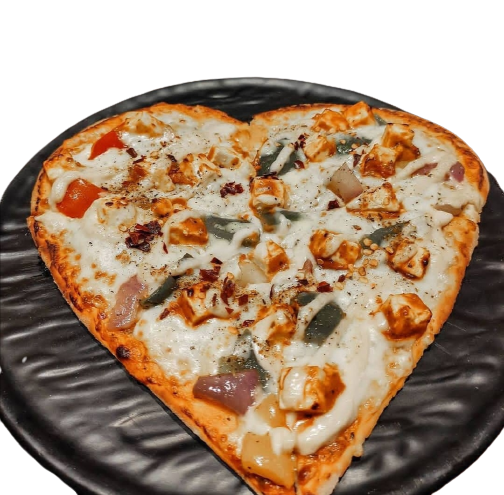
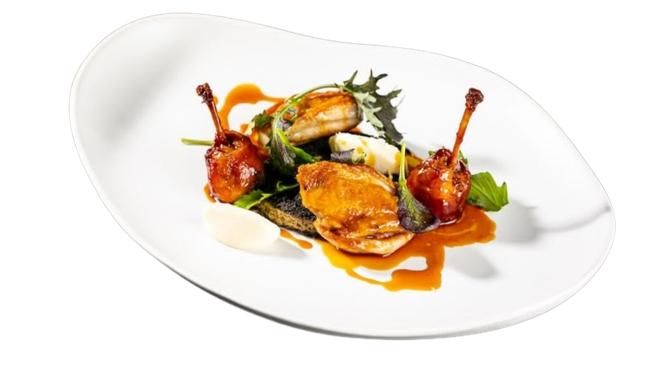
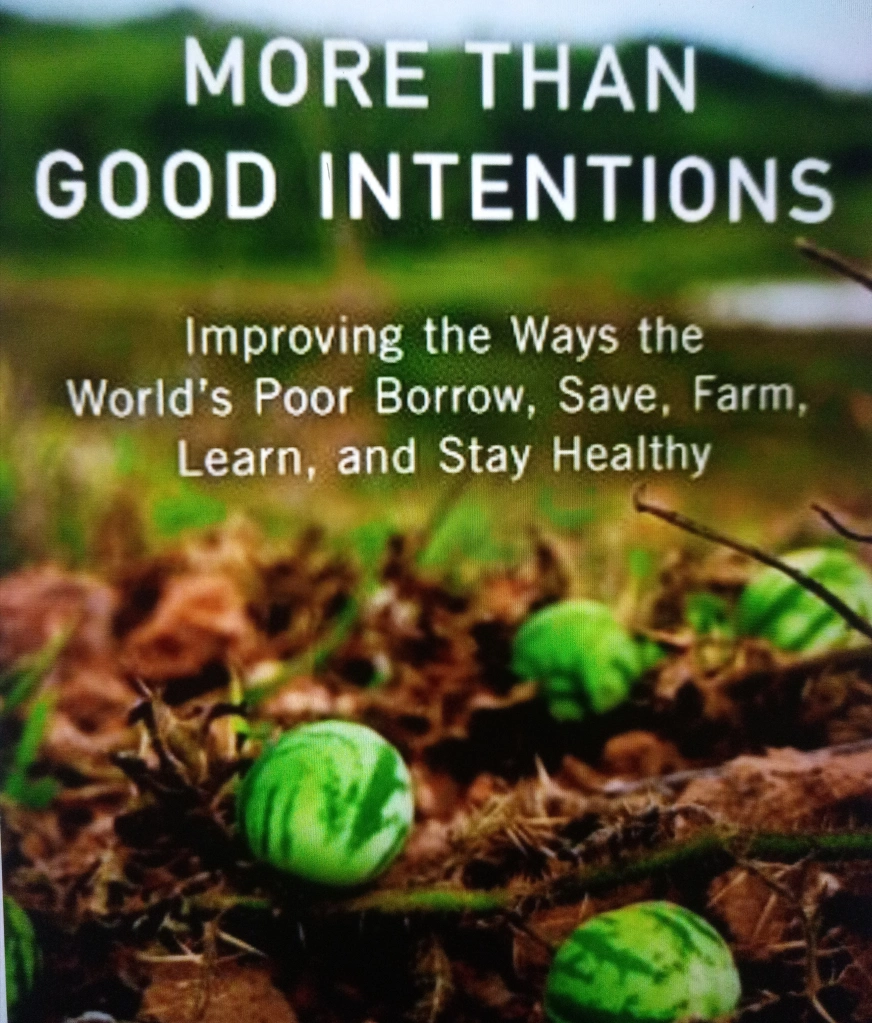















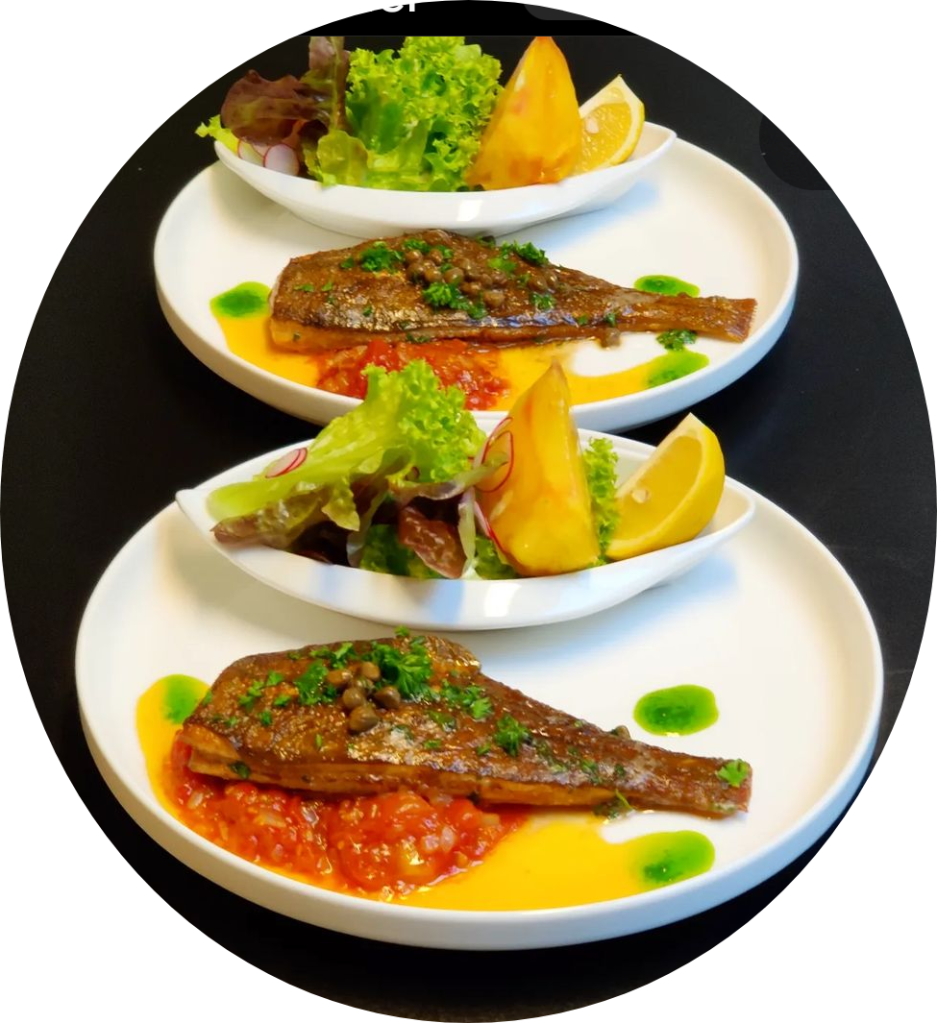

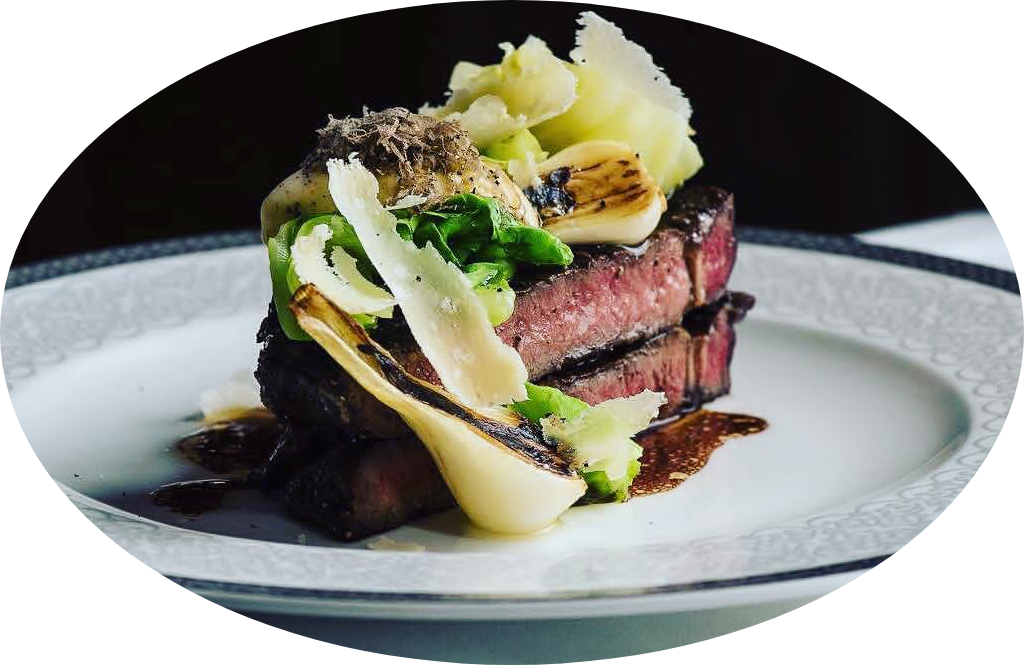



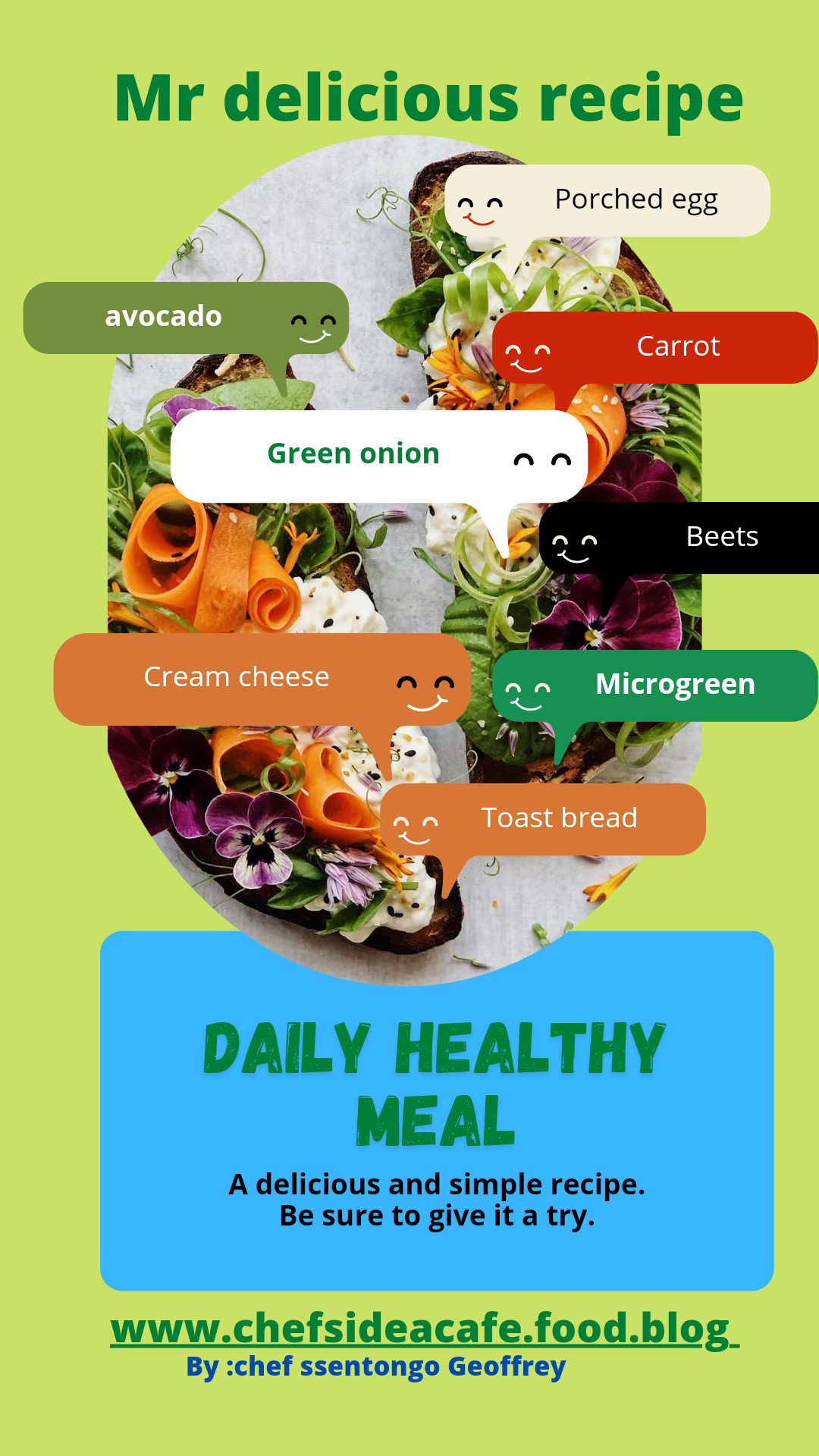
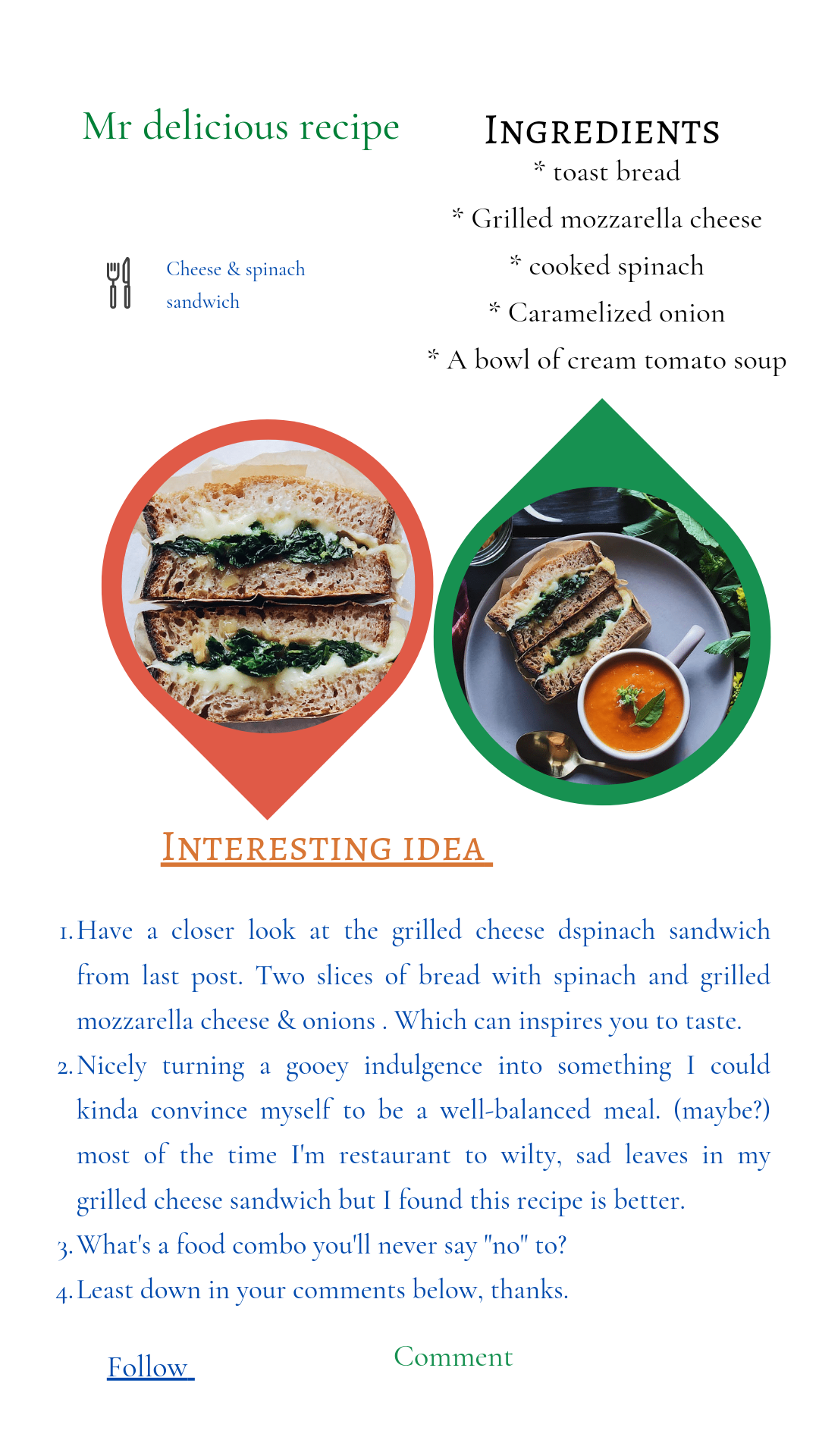
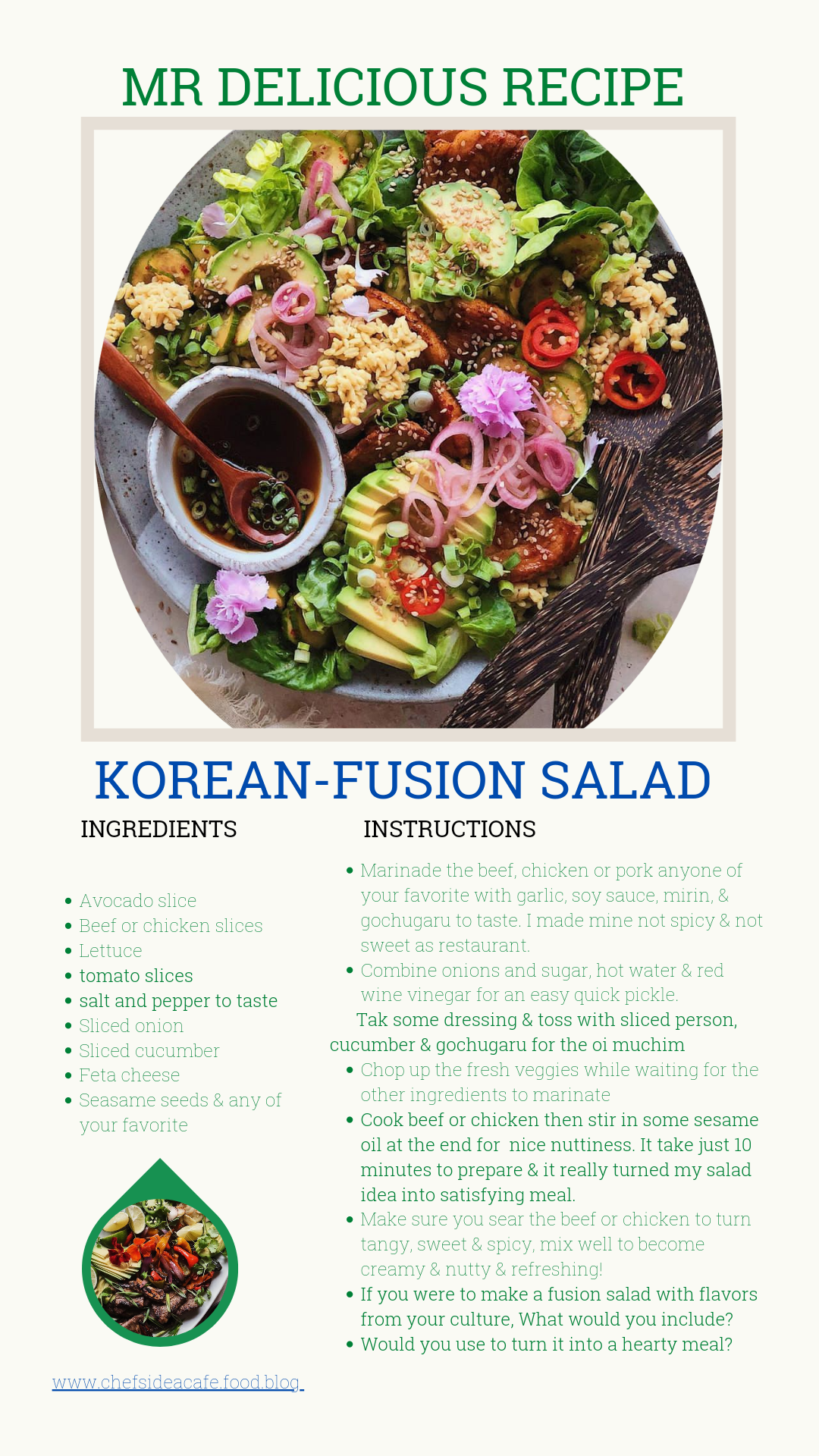
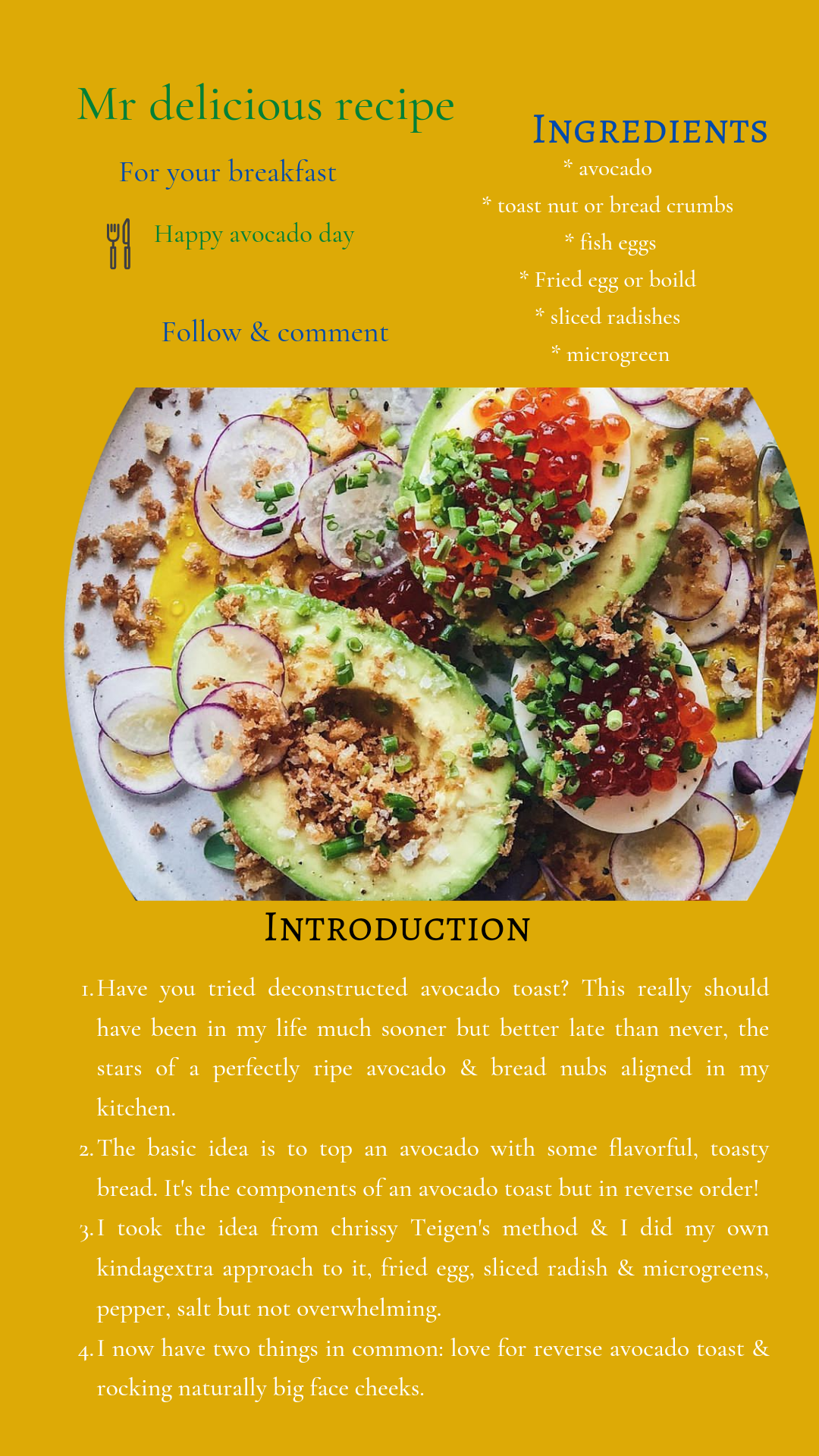


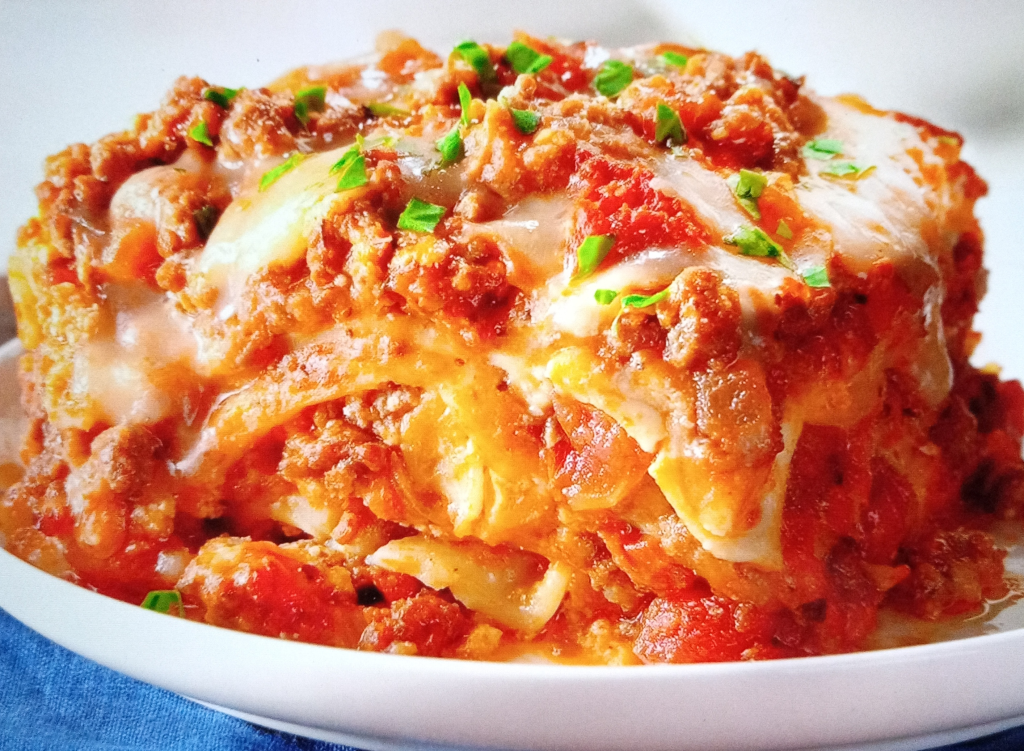
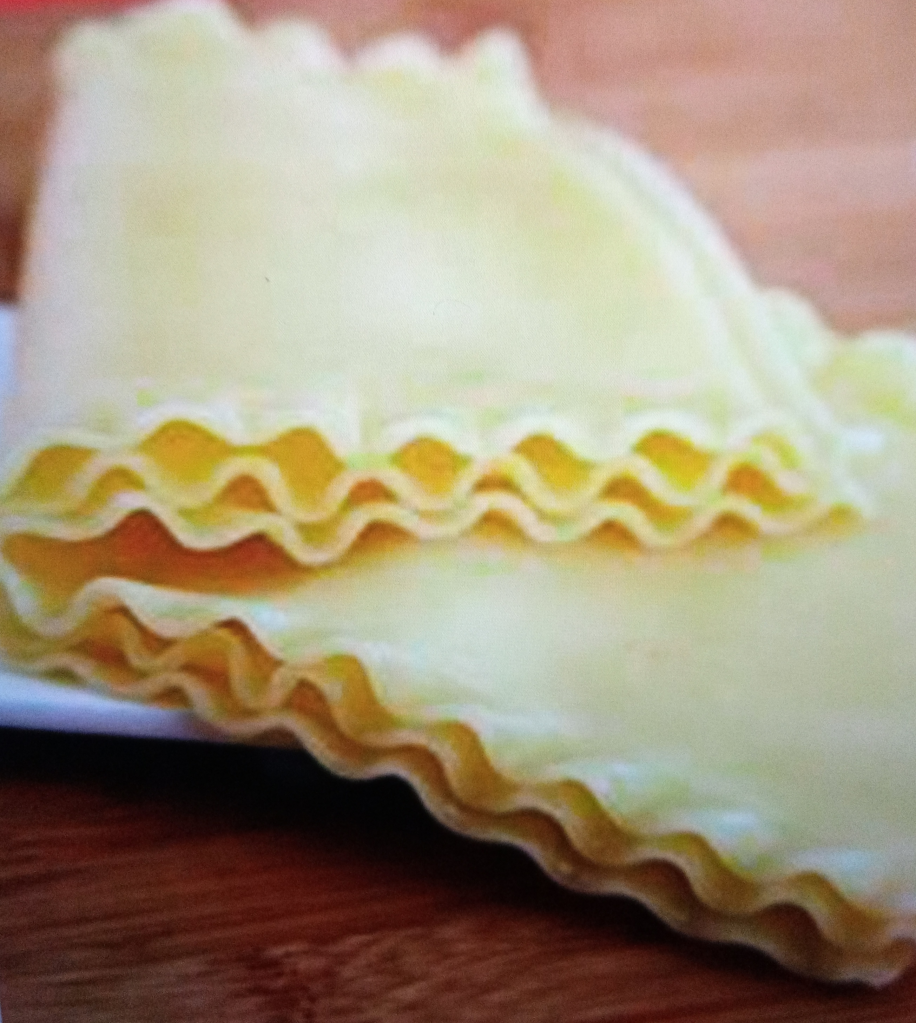

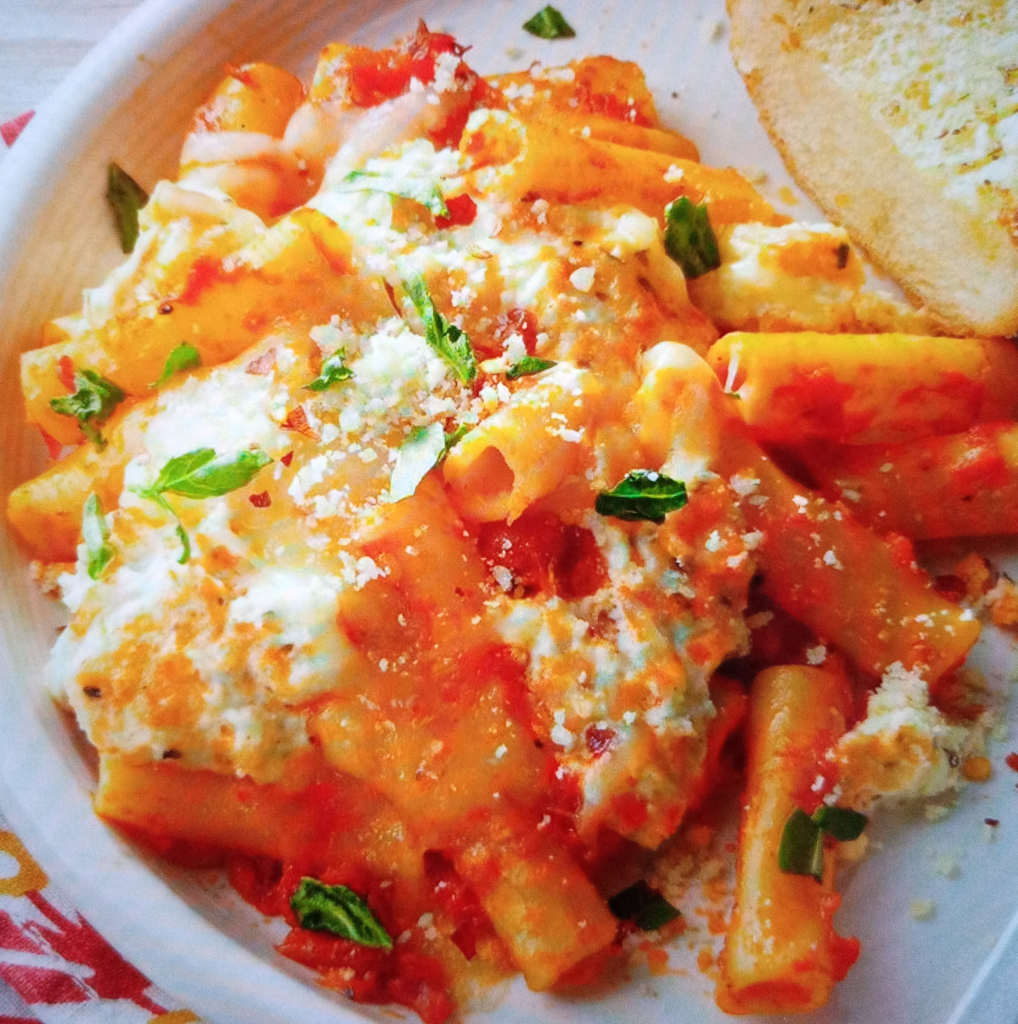

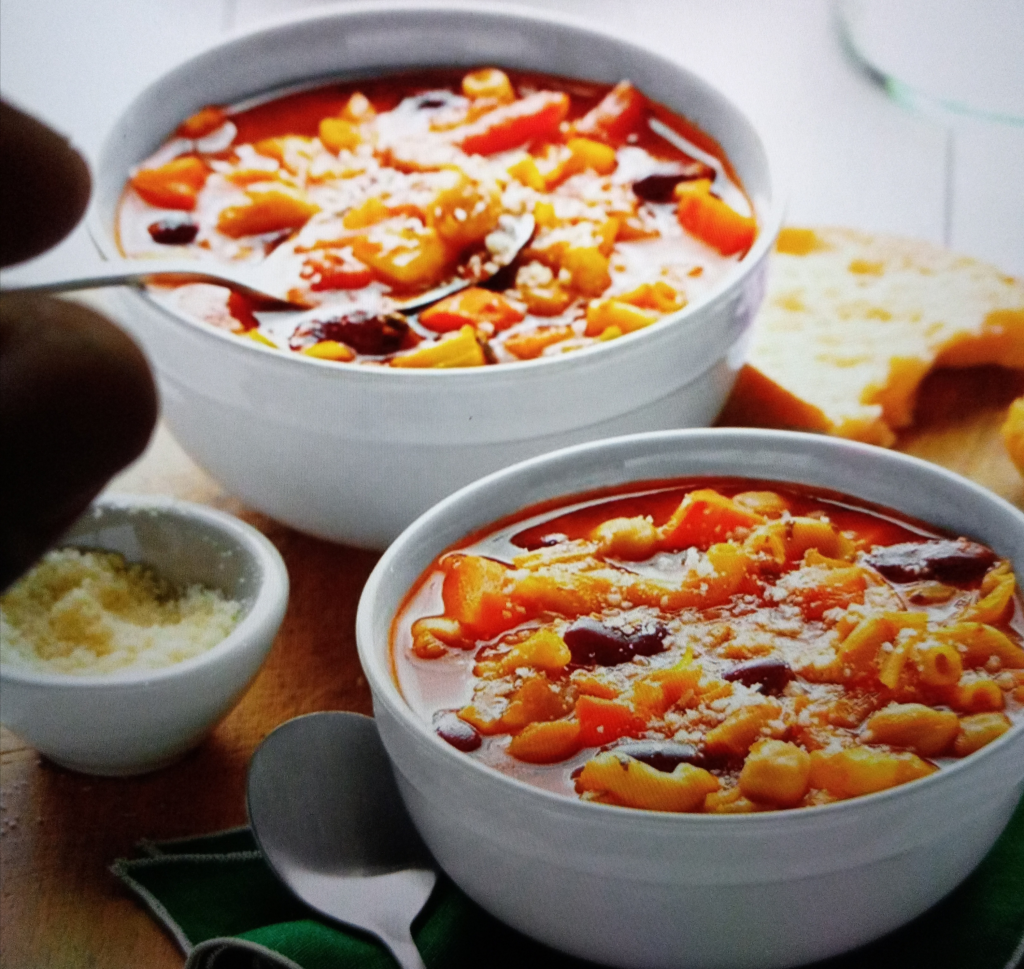

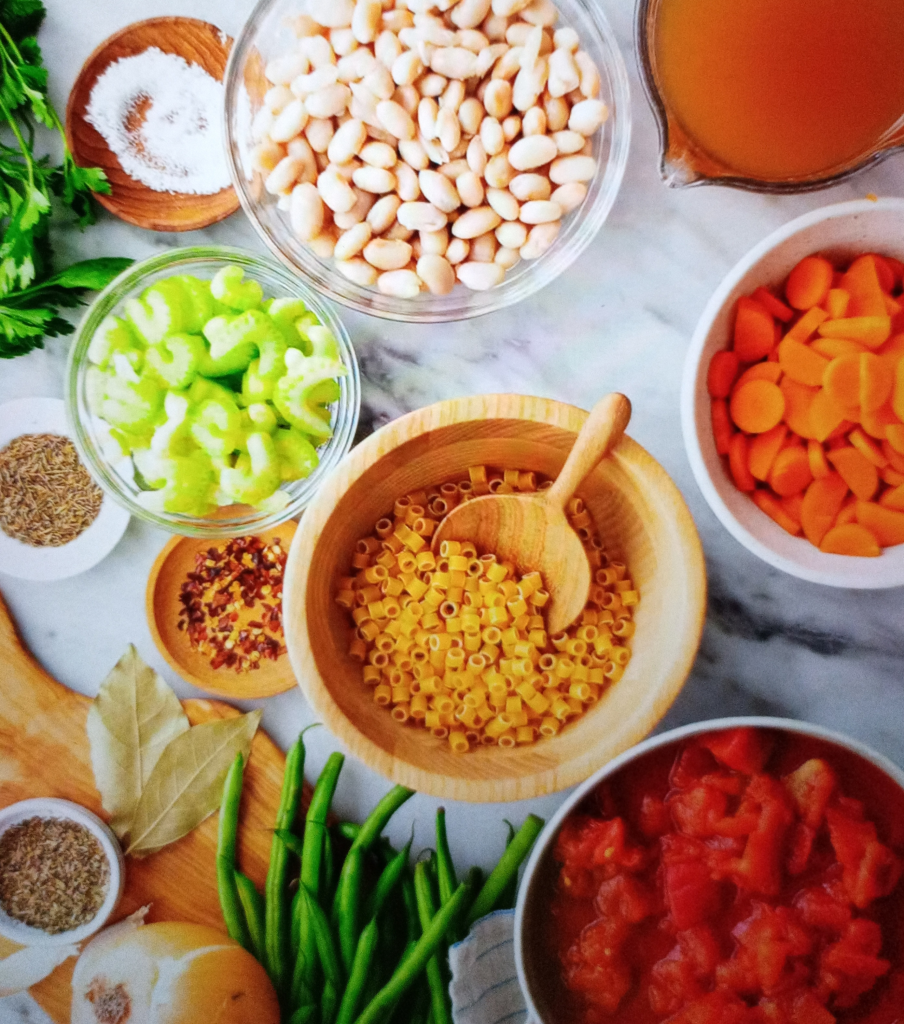

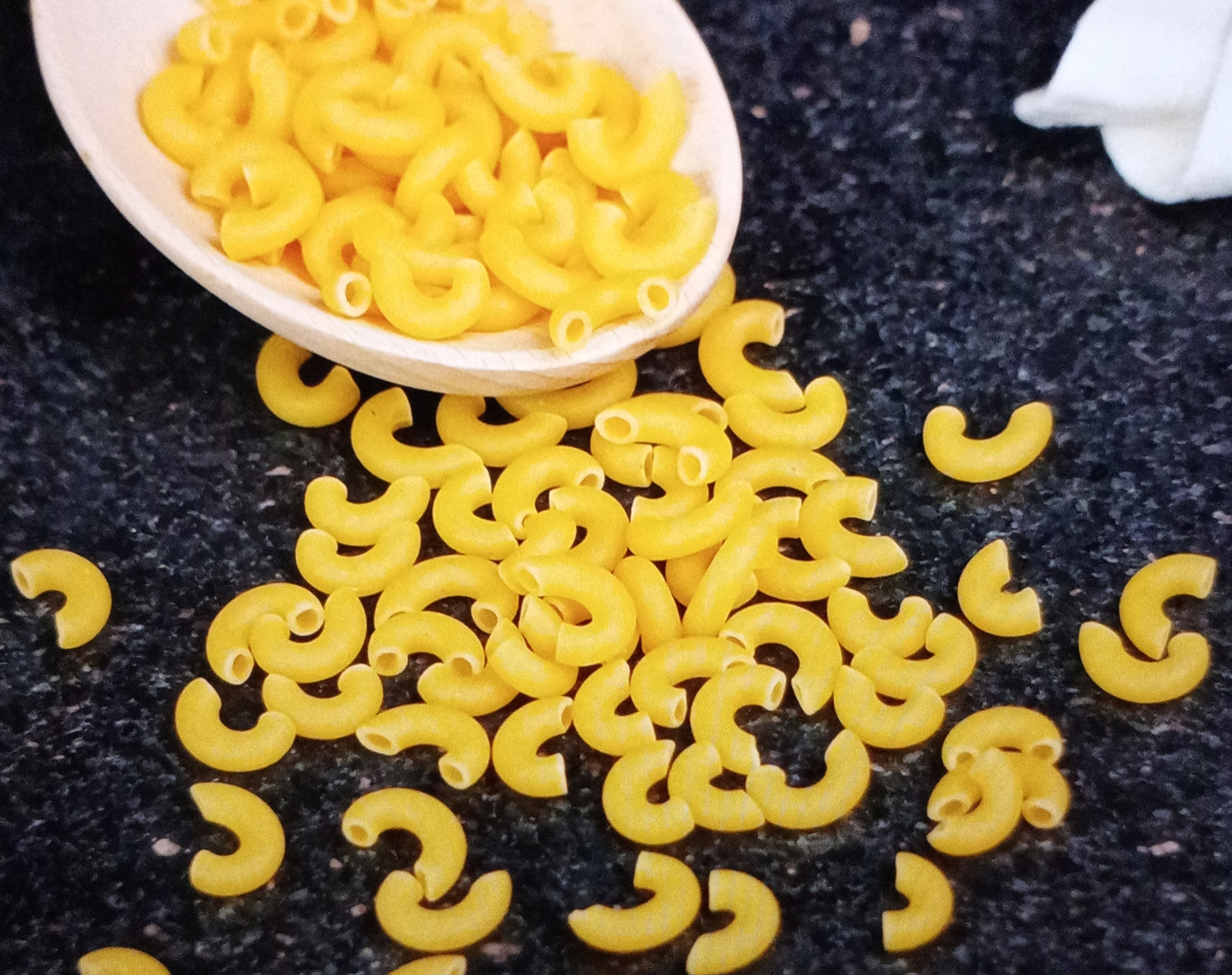















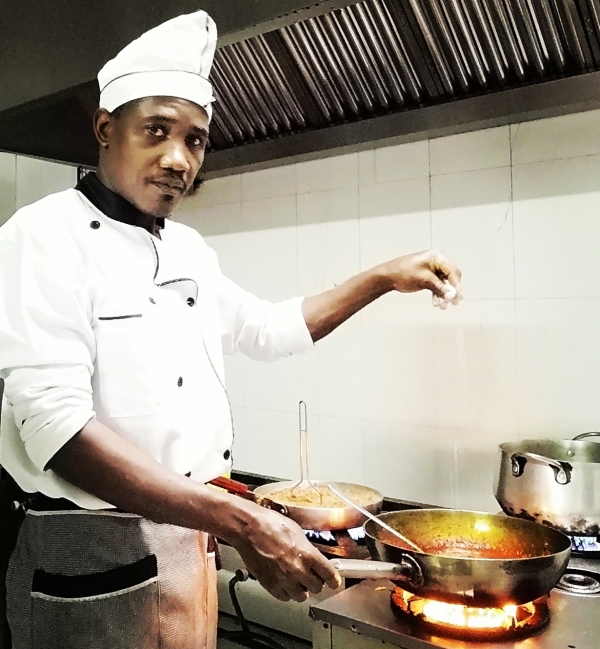
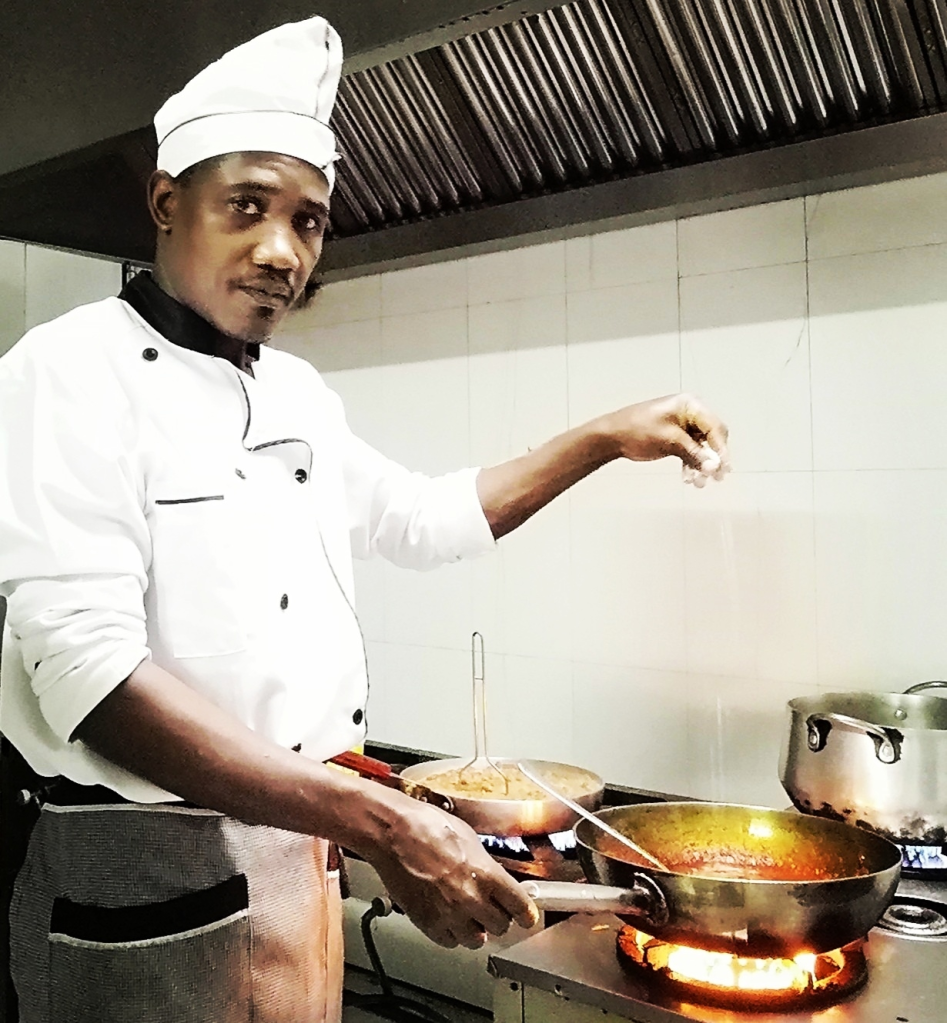

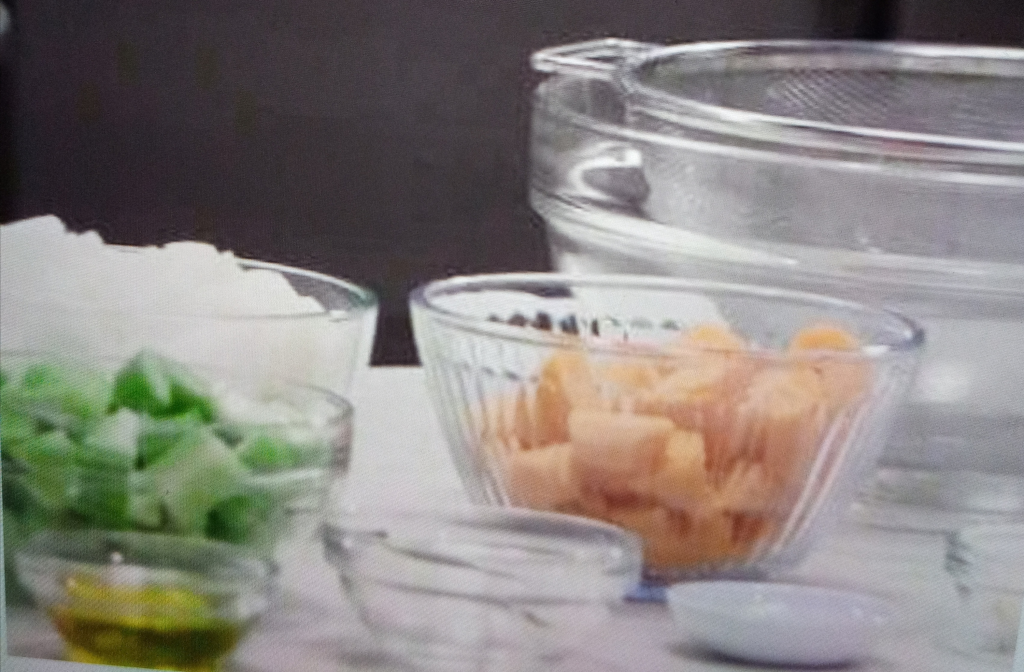
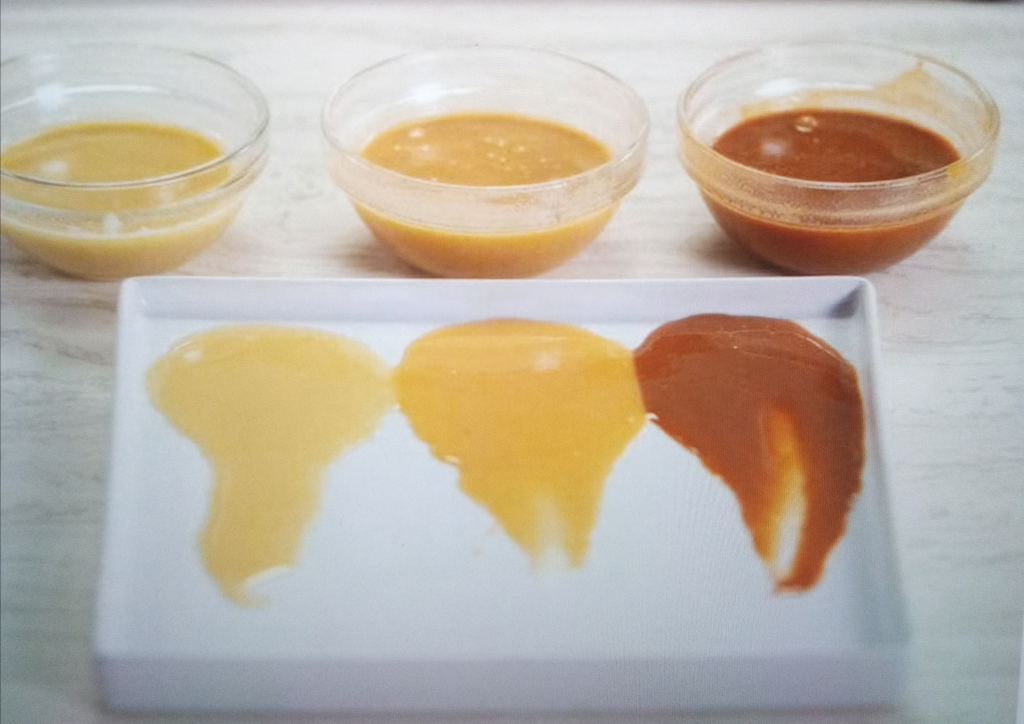



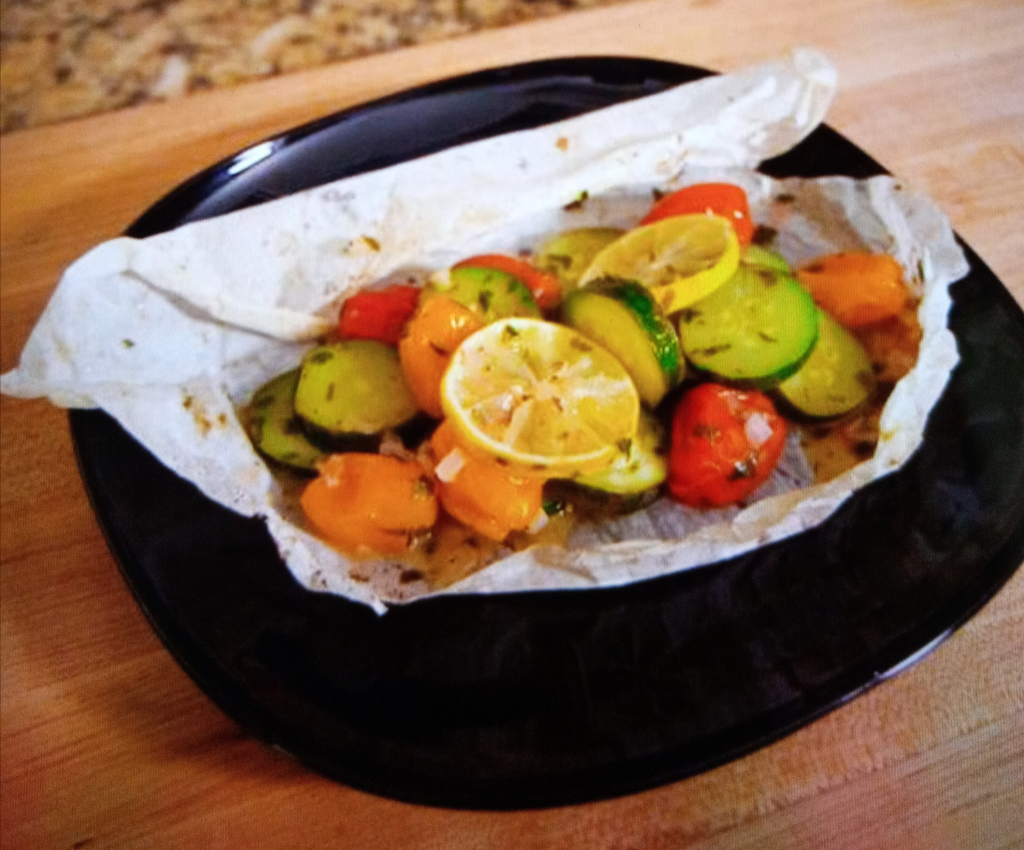

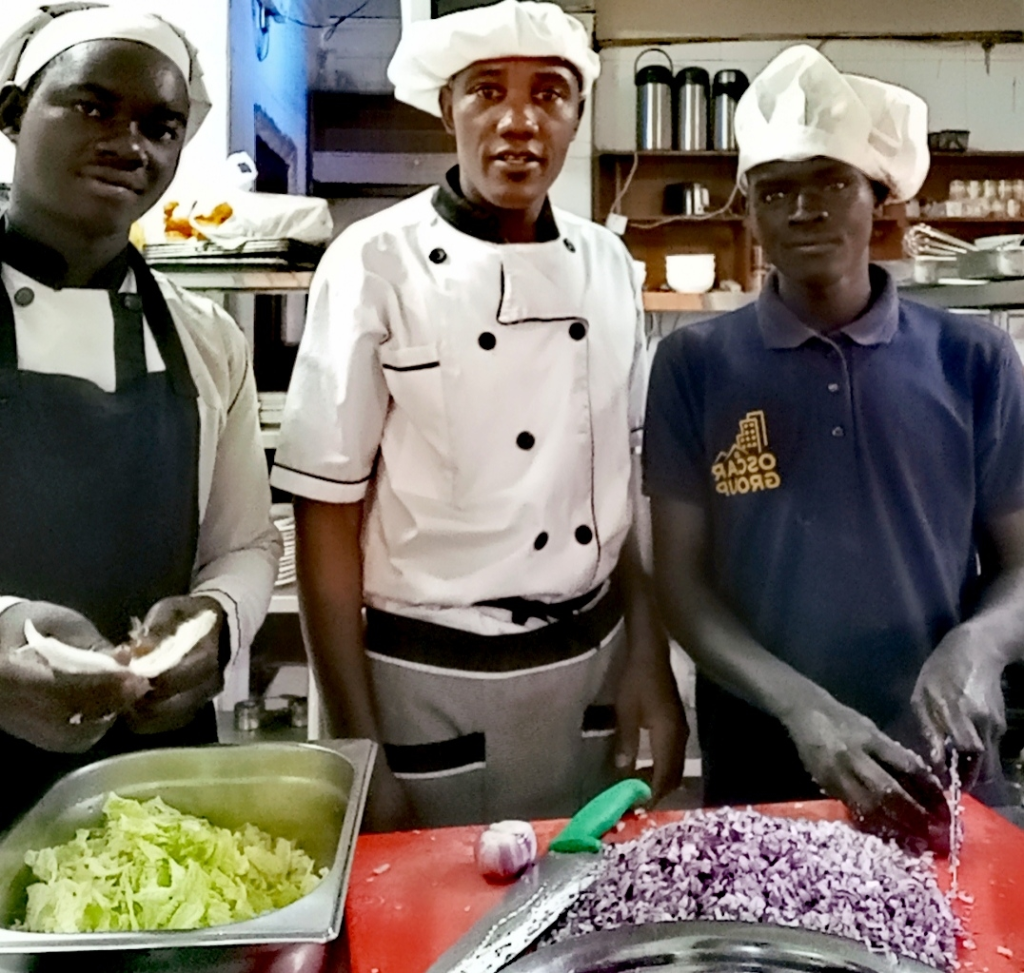

































































































































You must be logged in to post a comment.